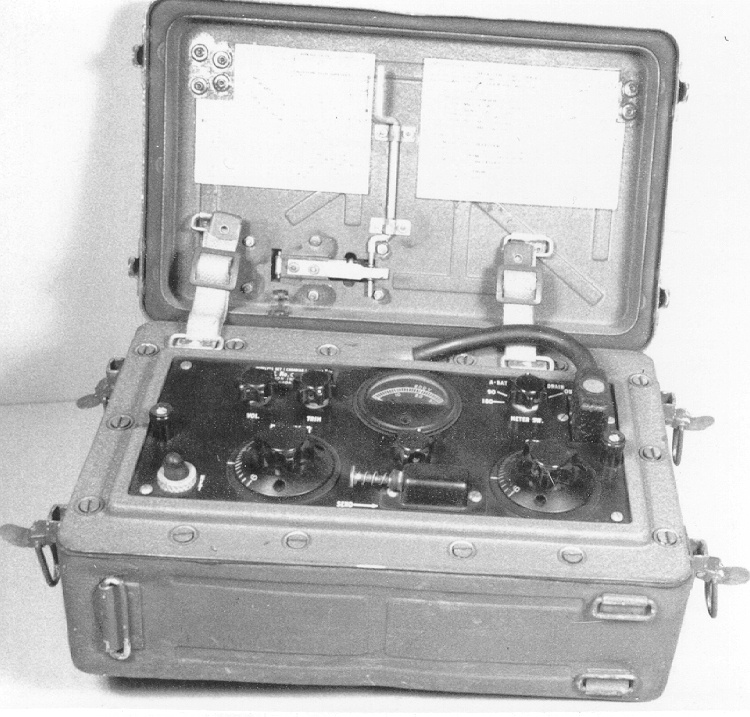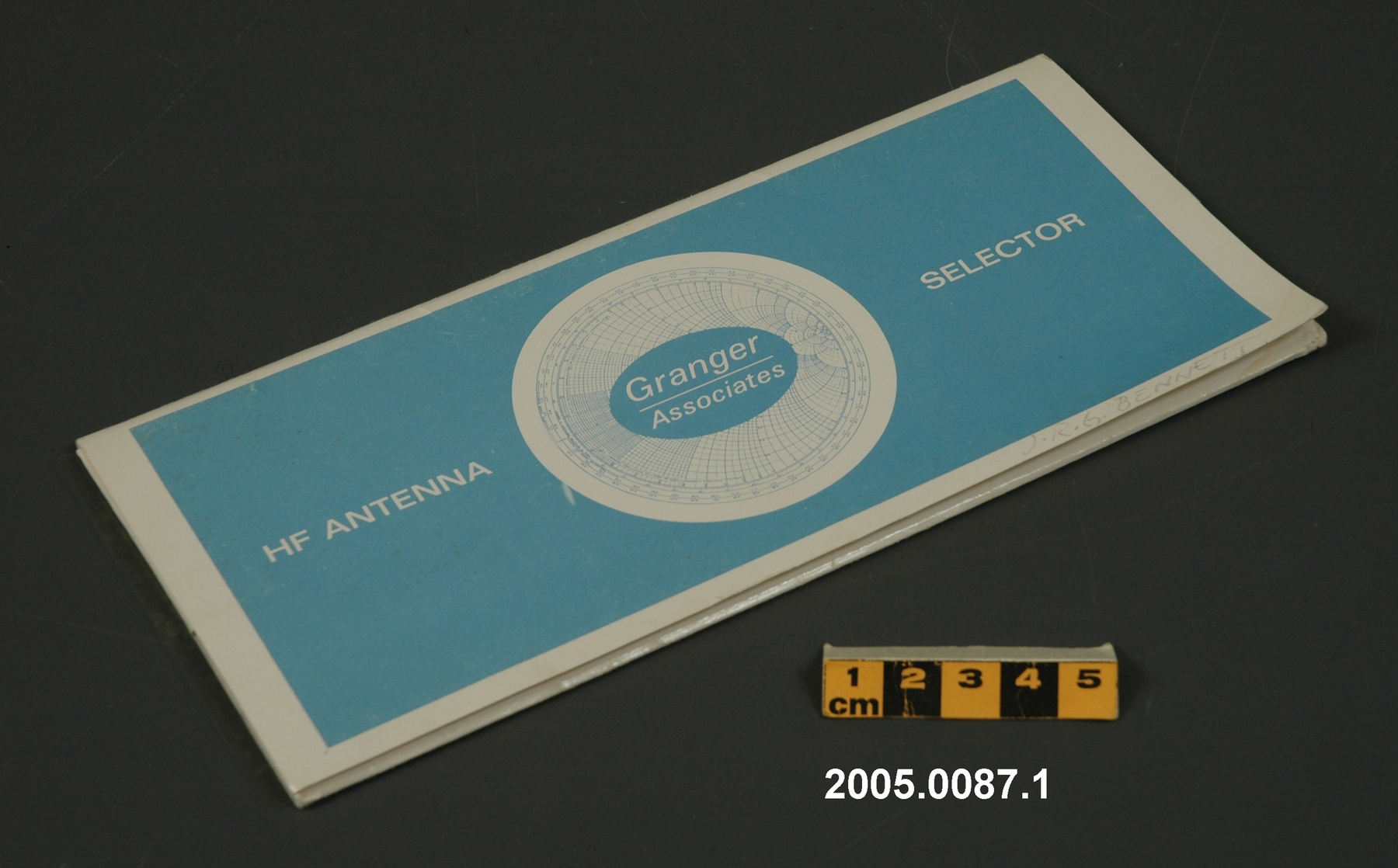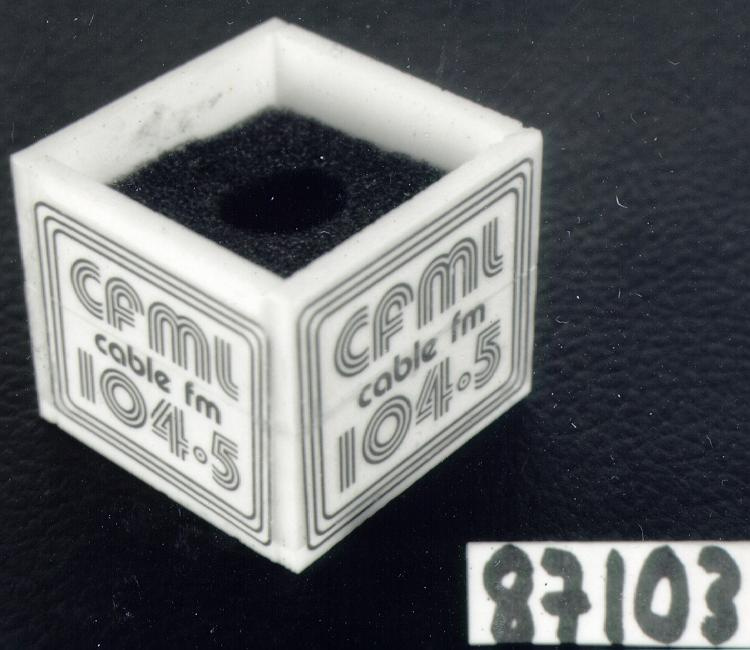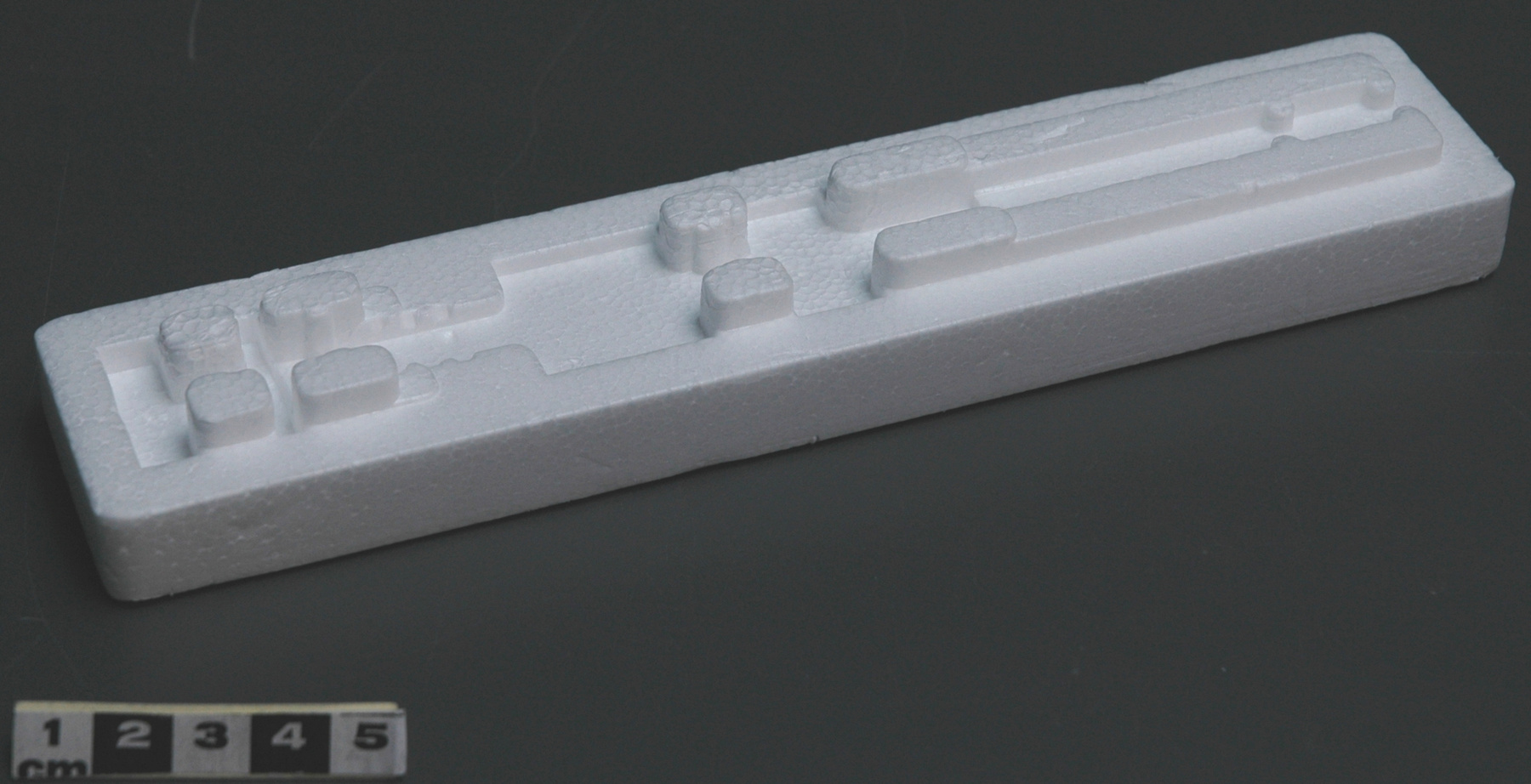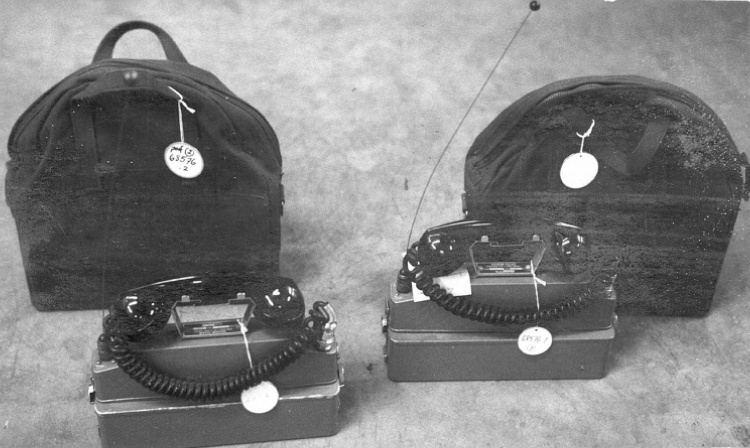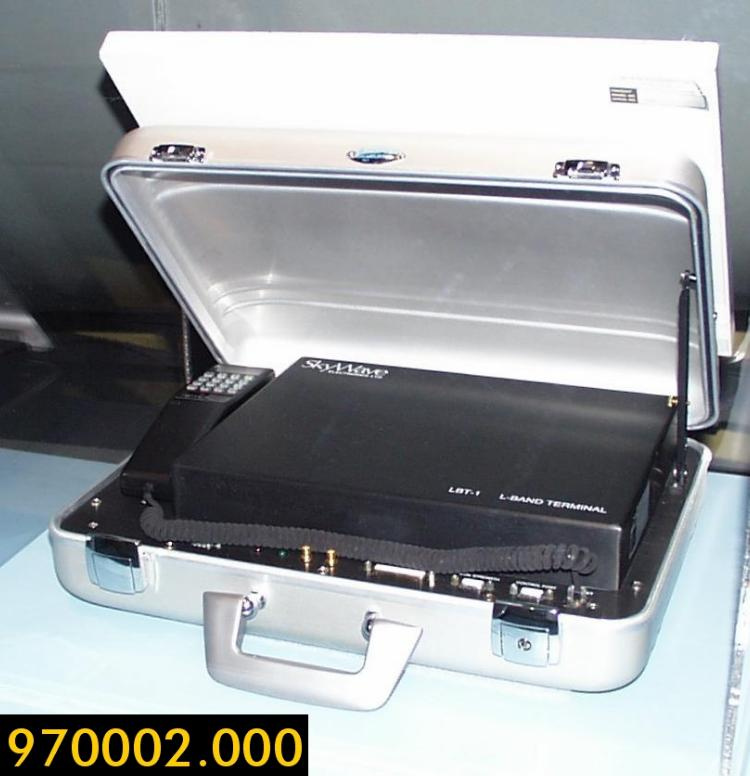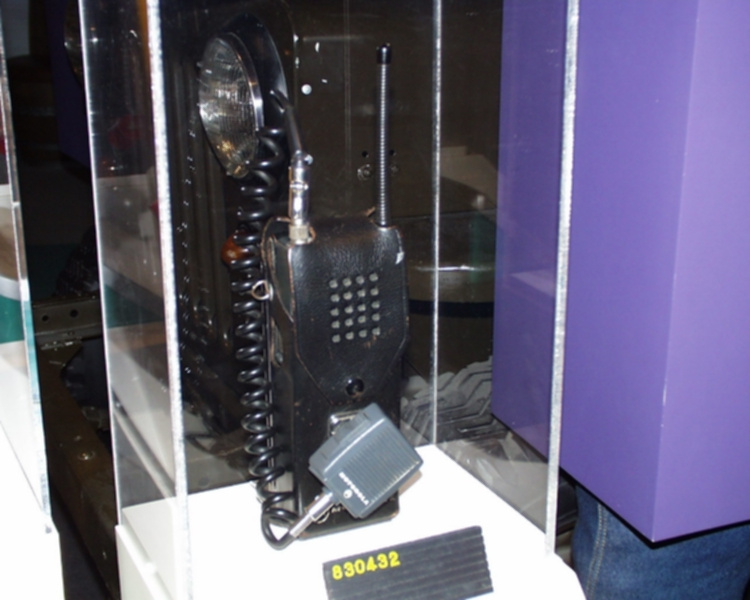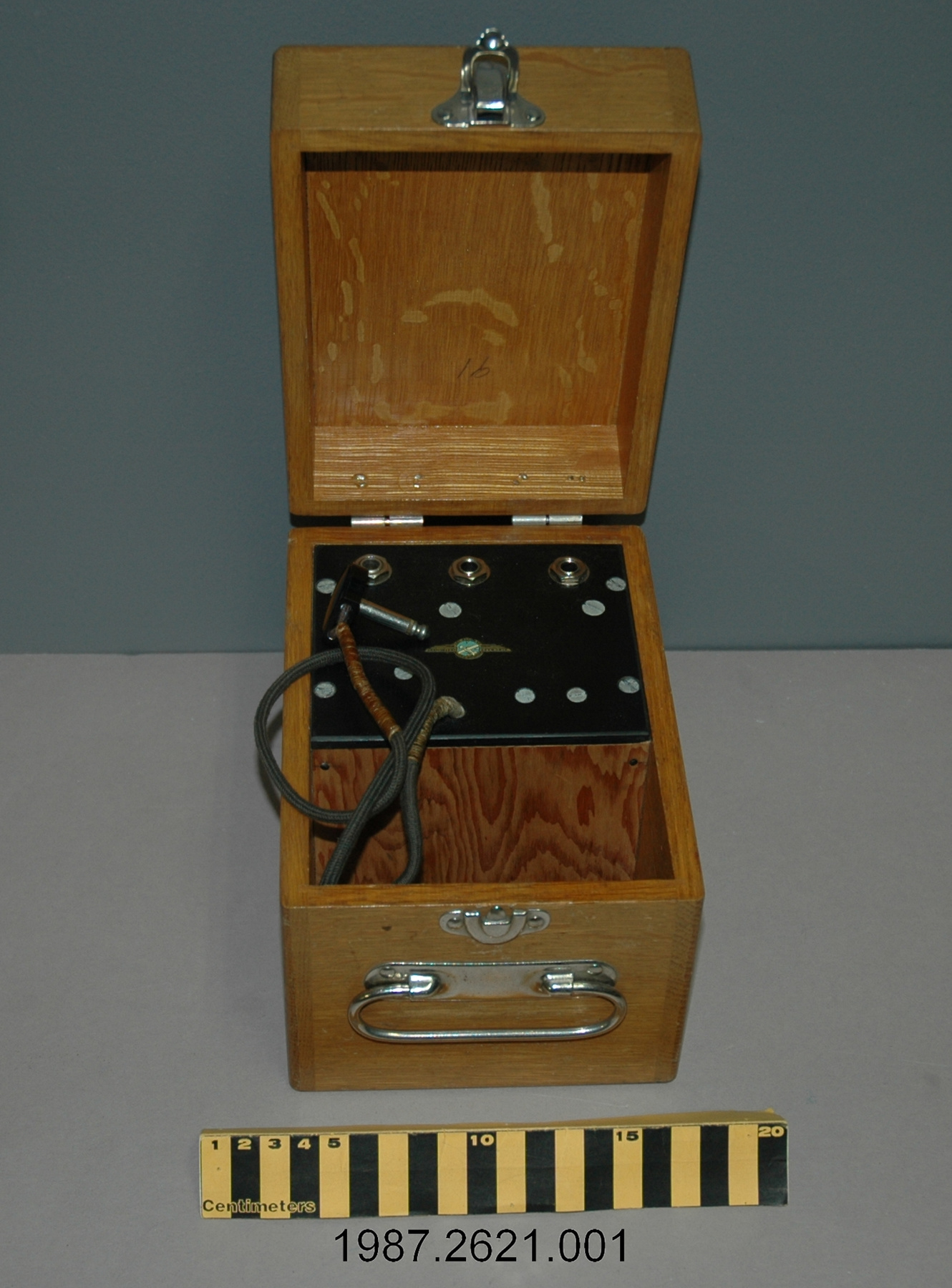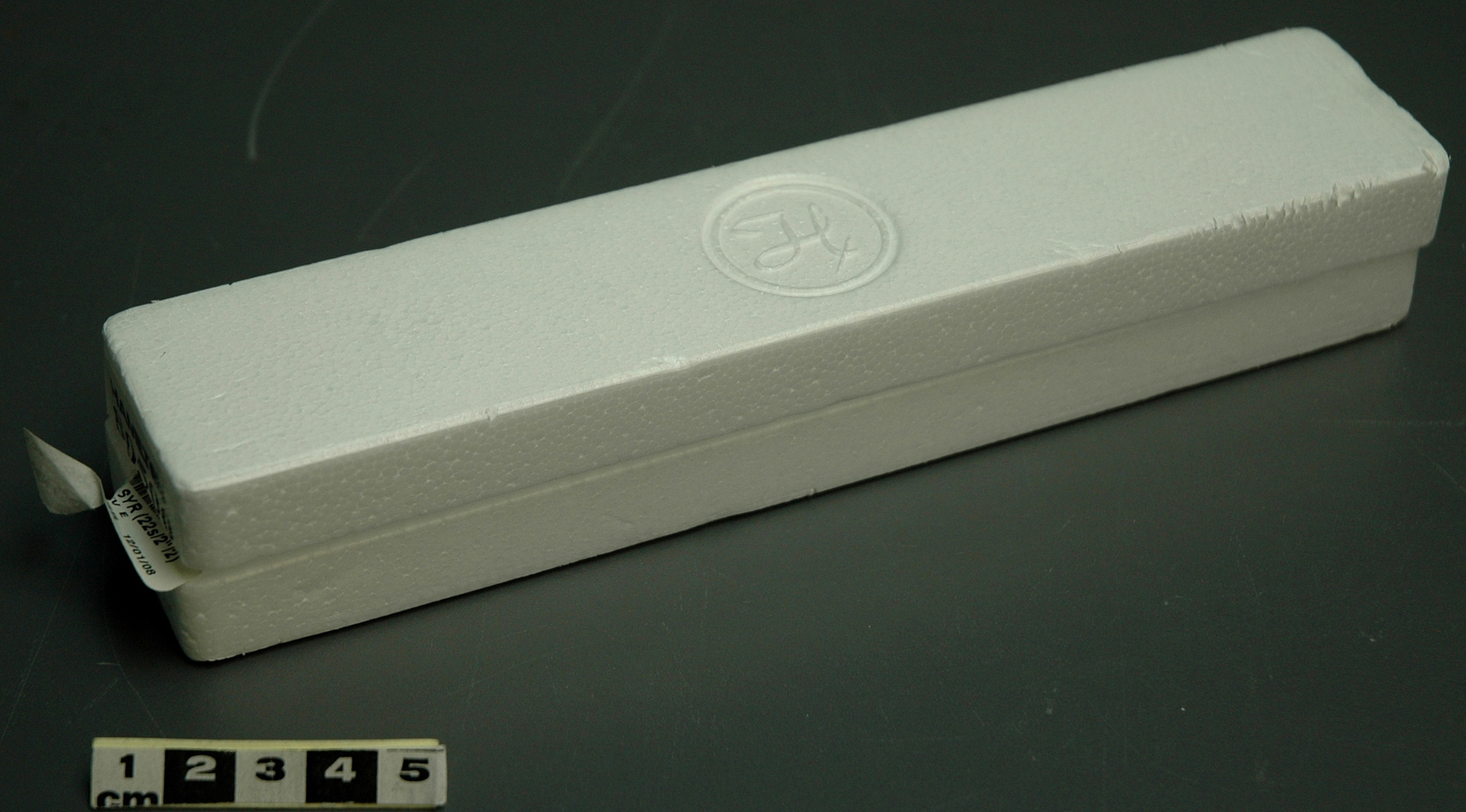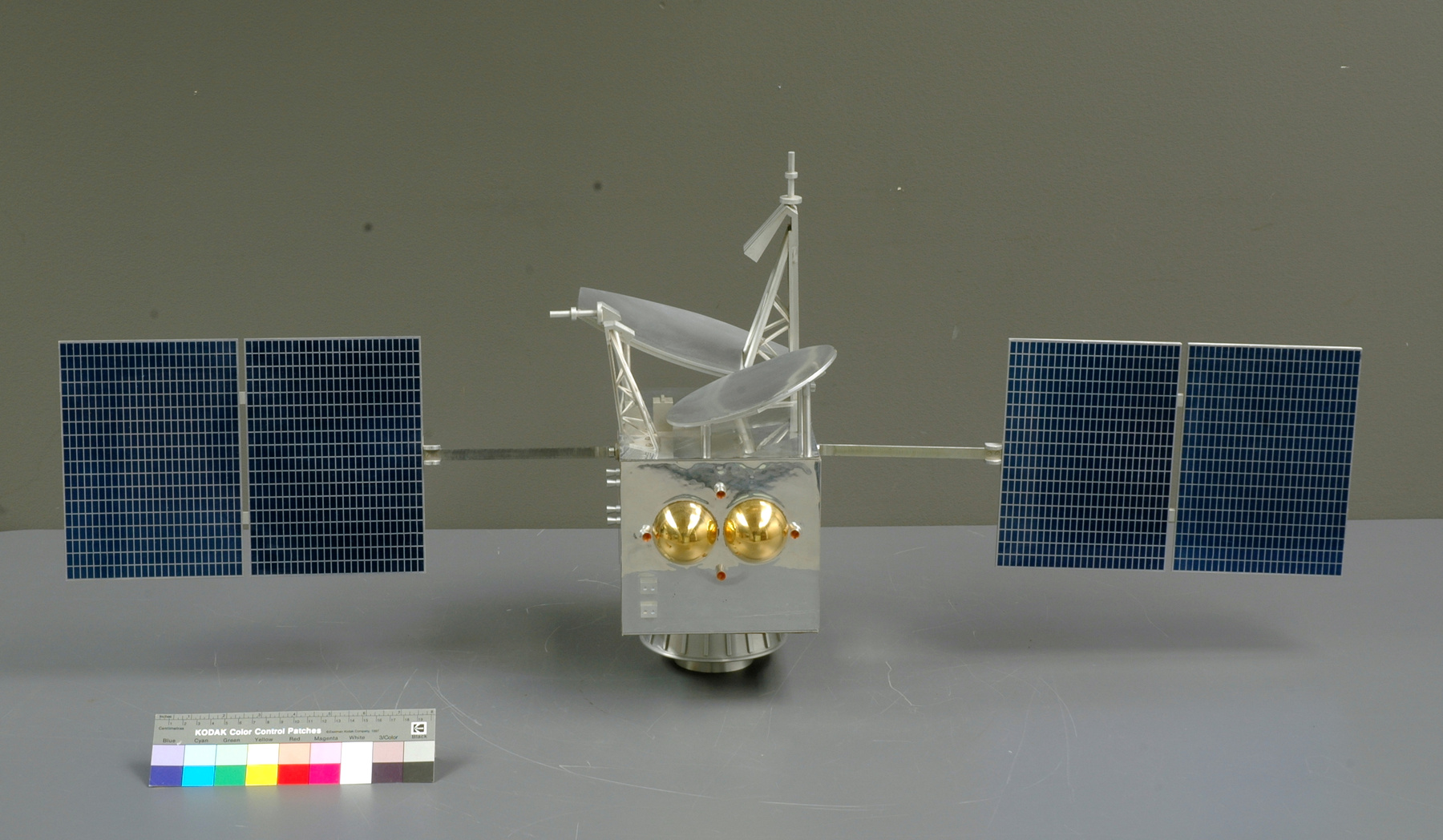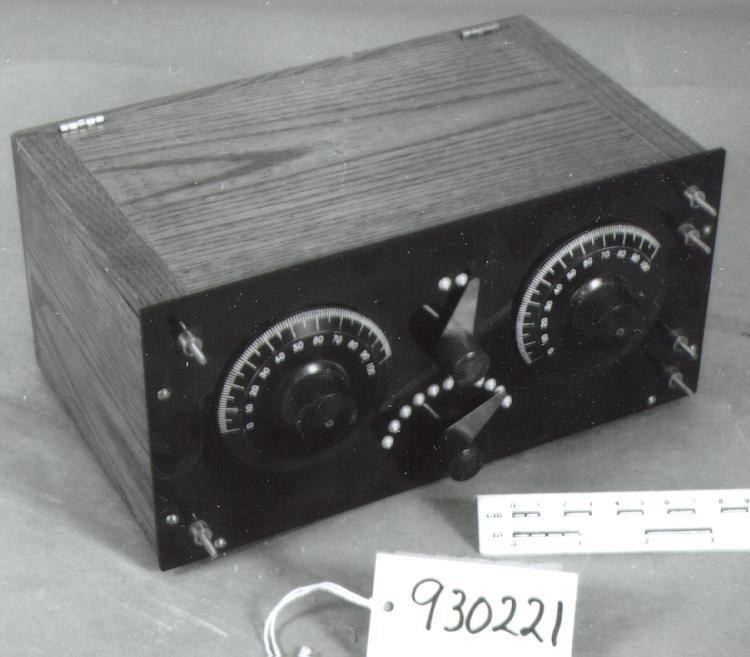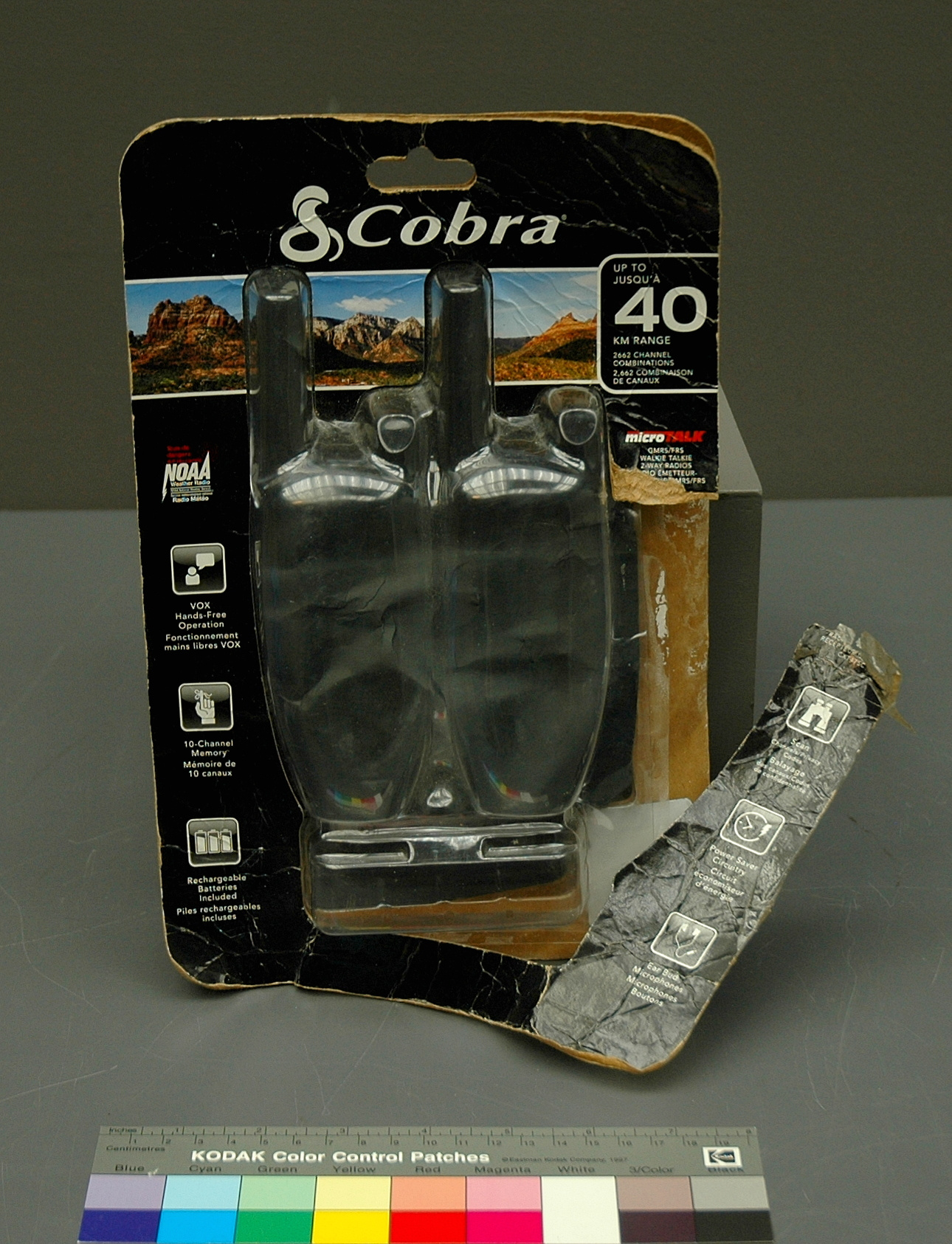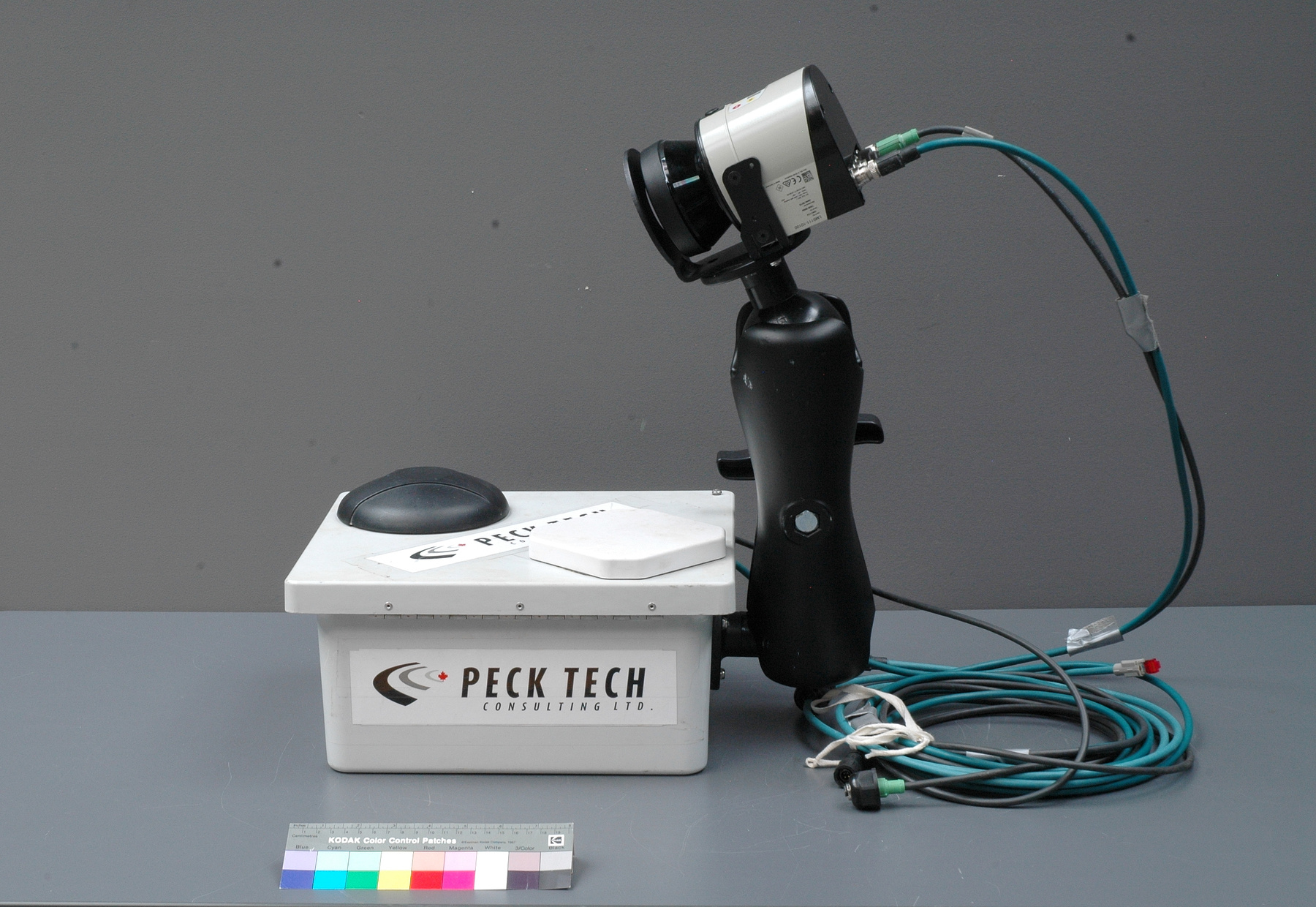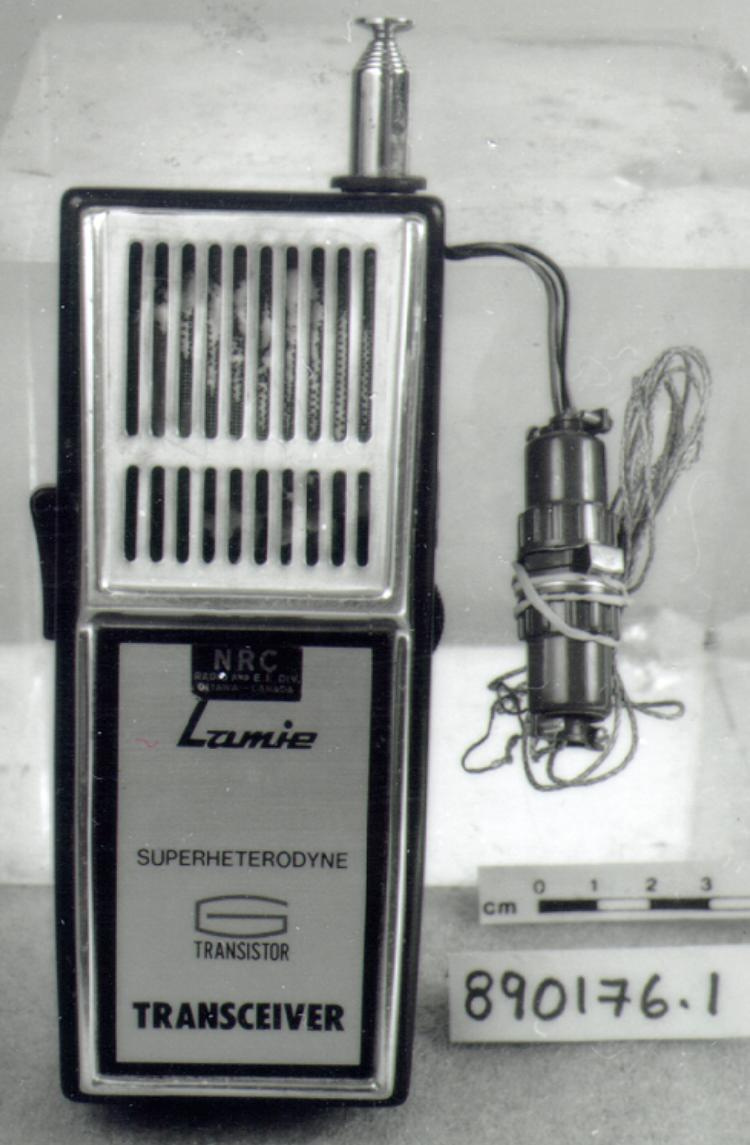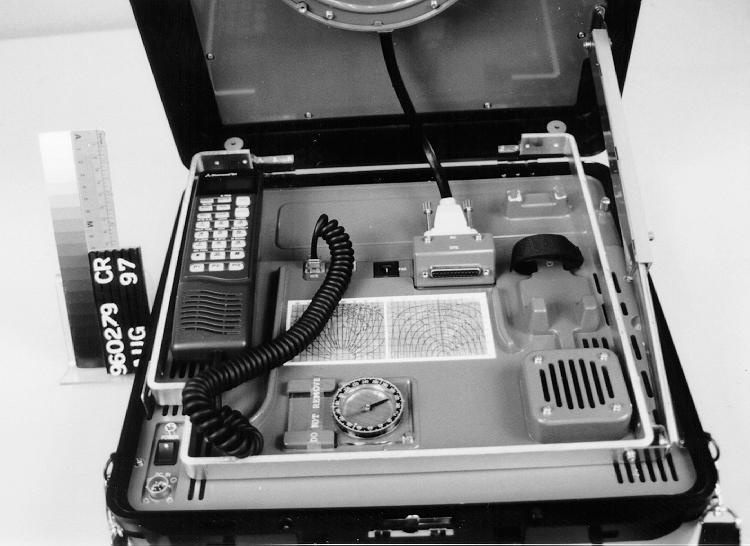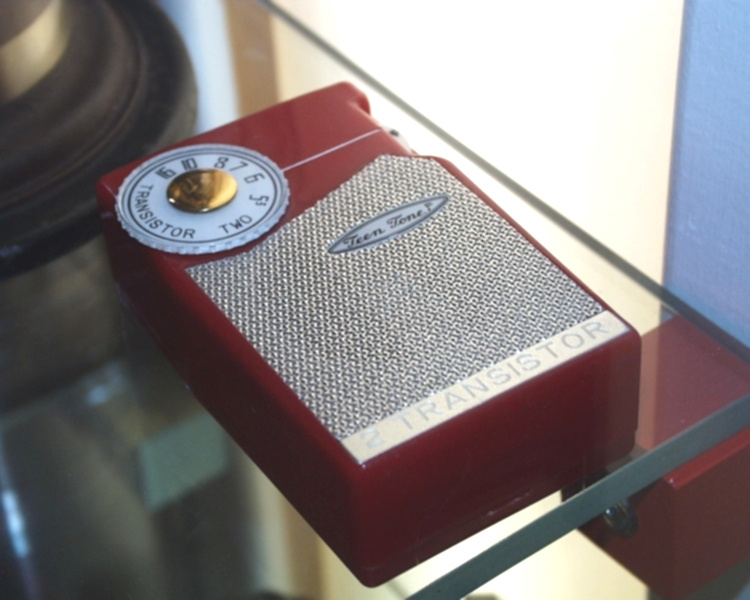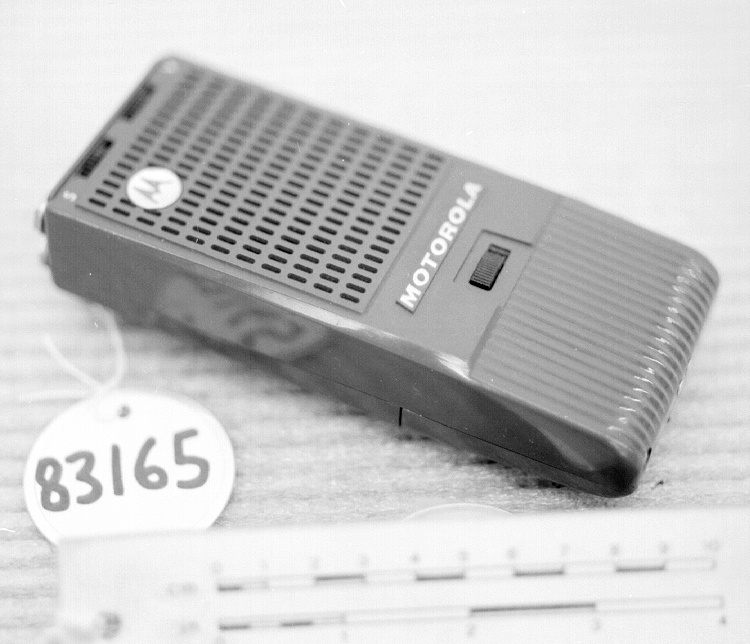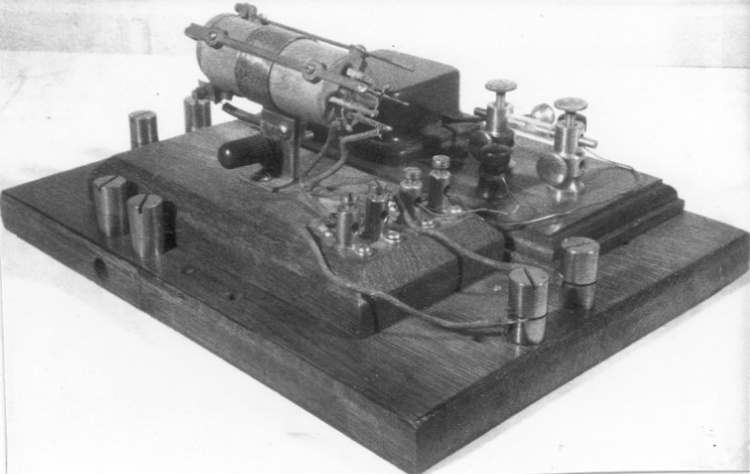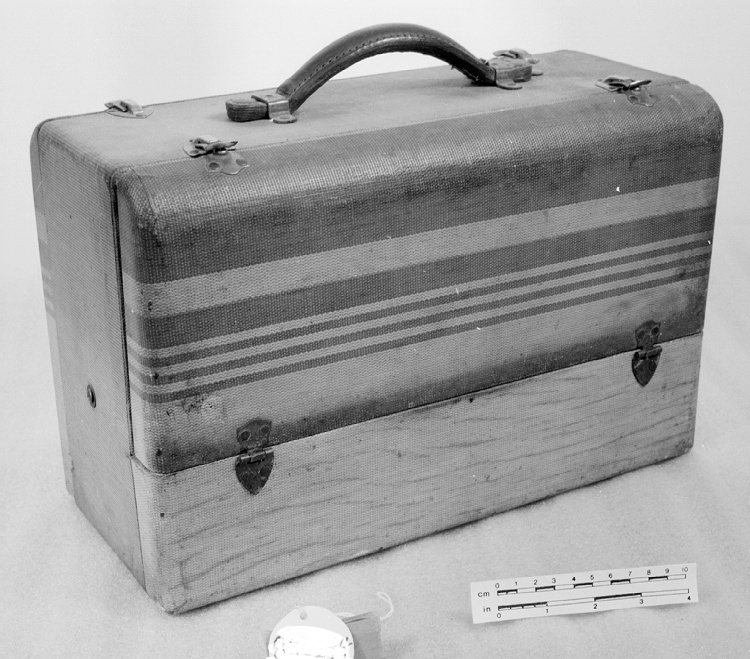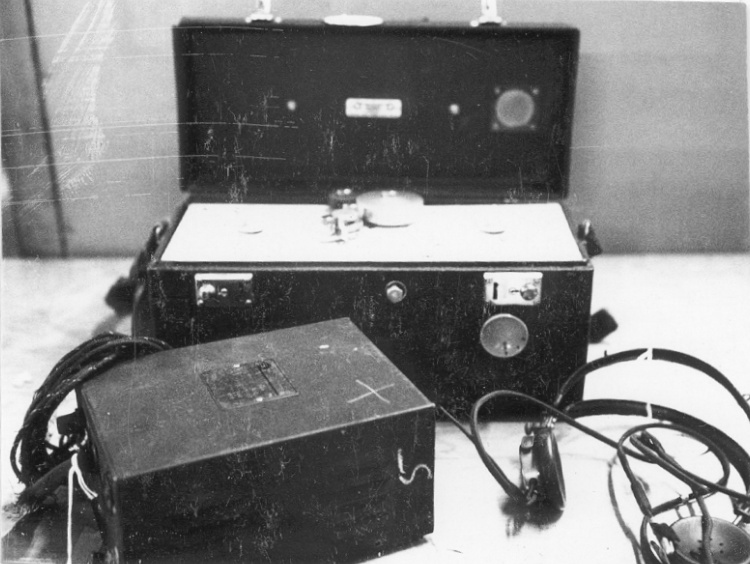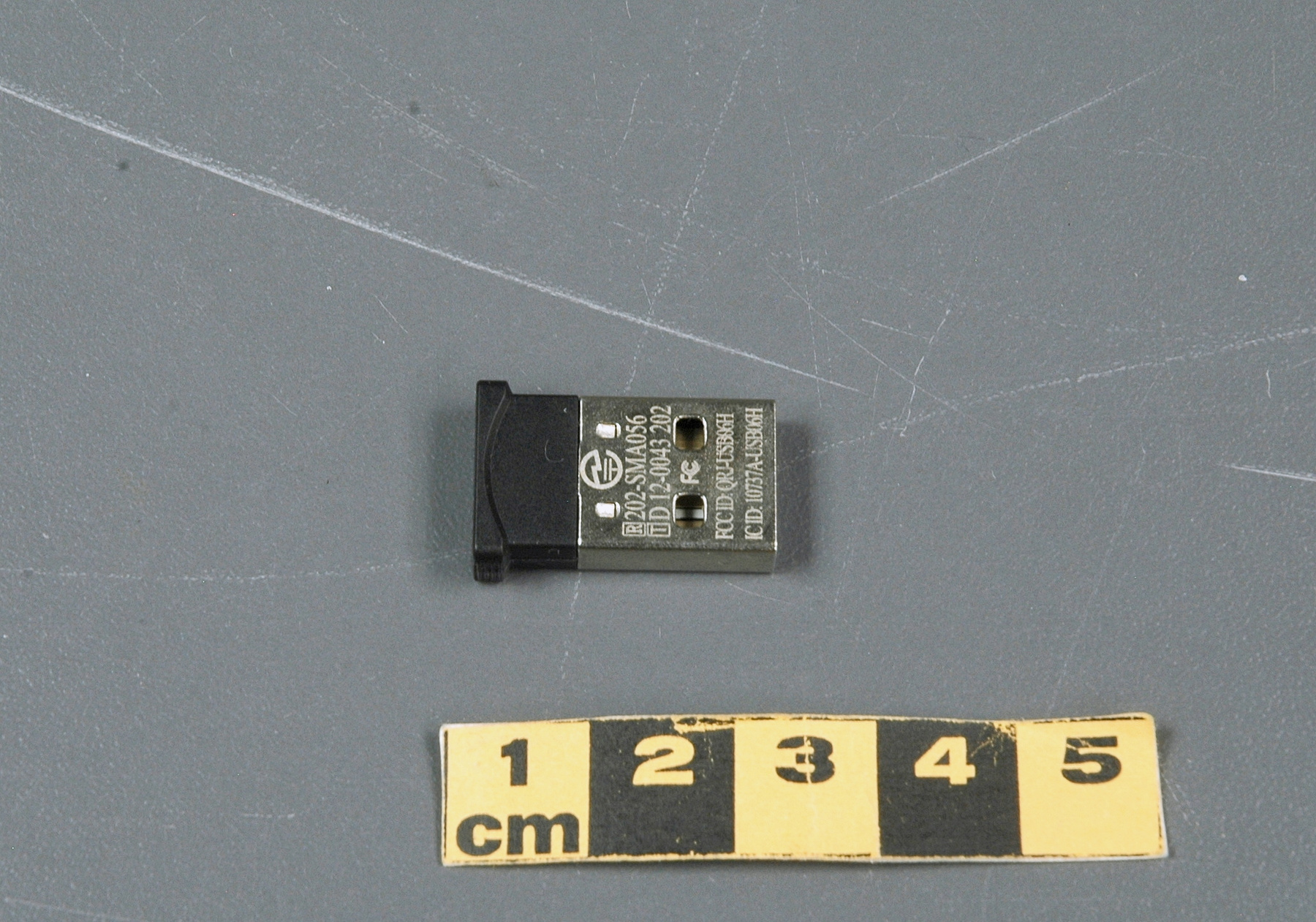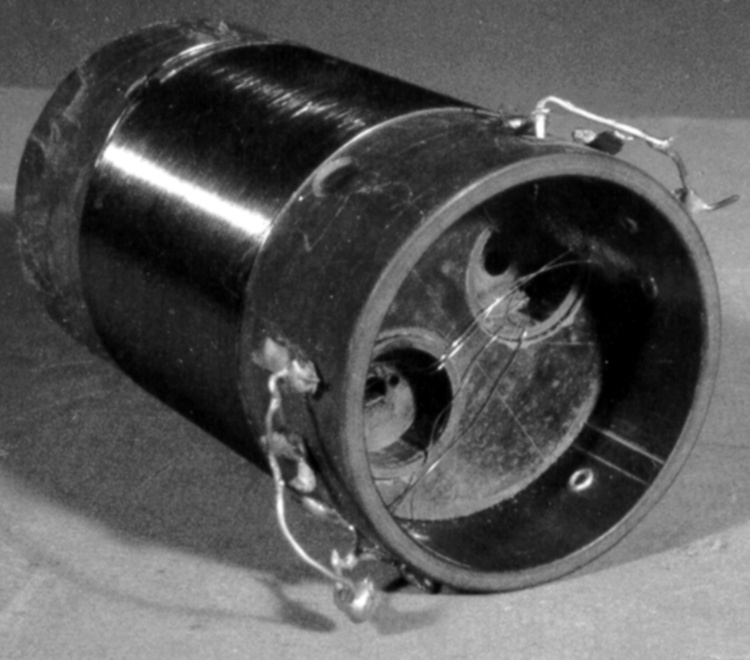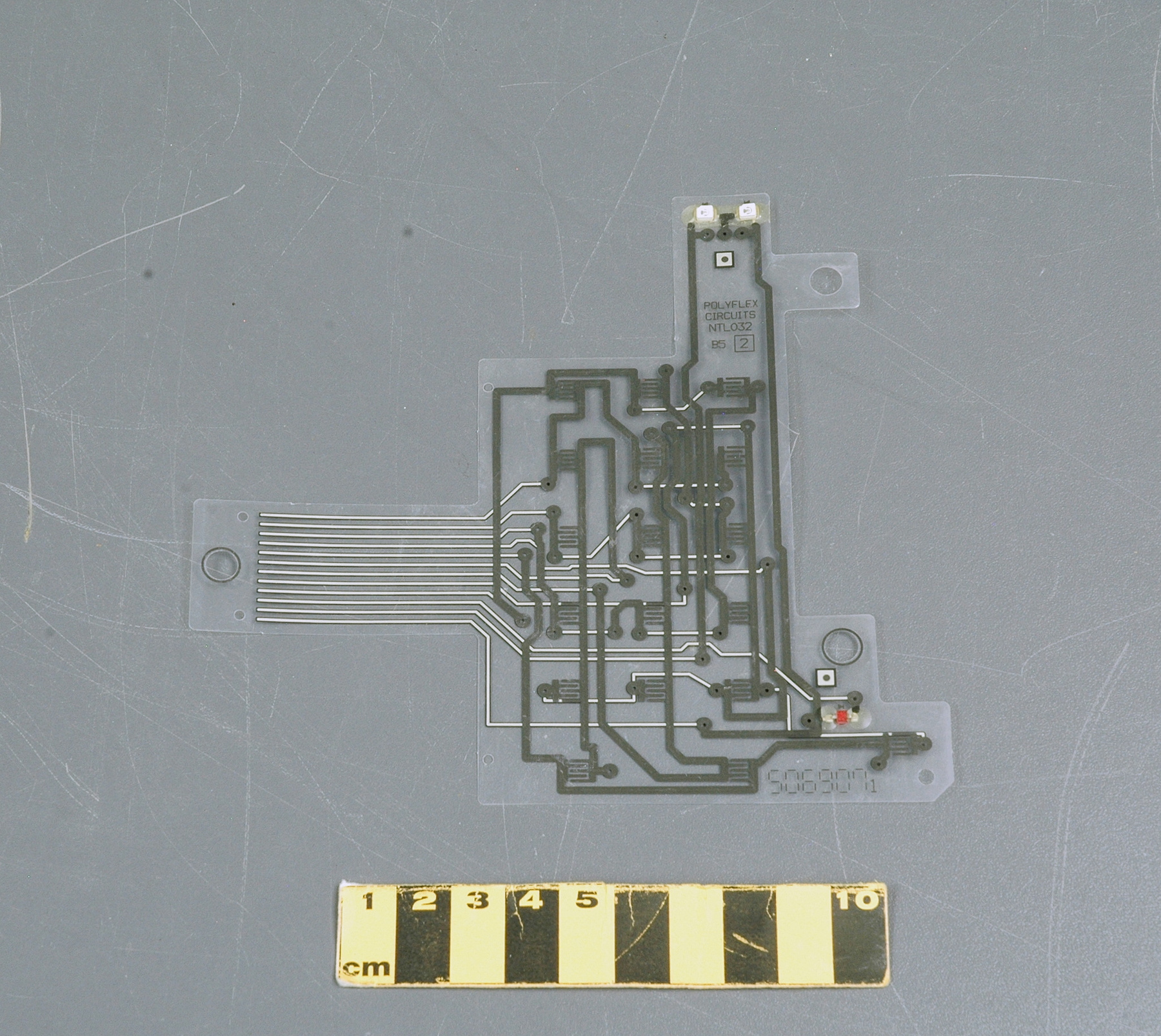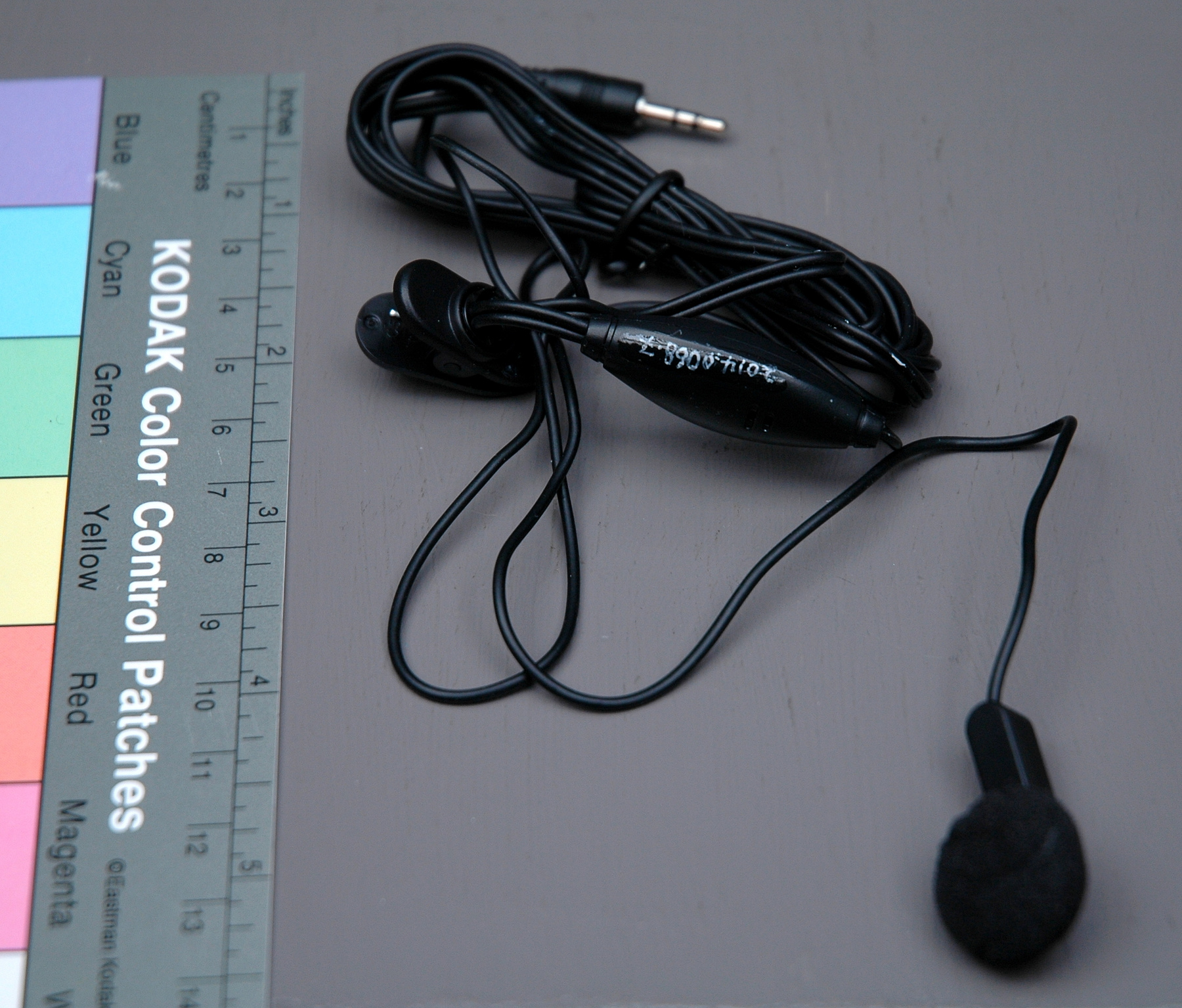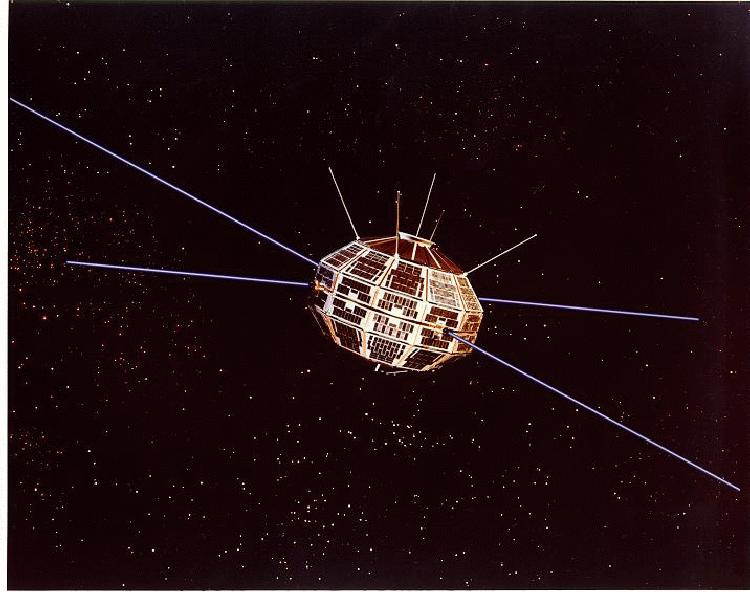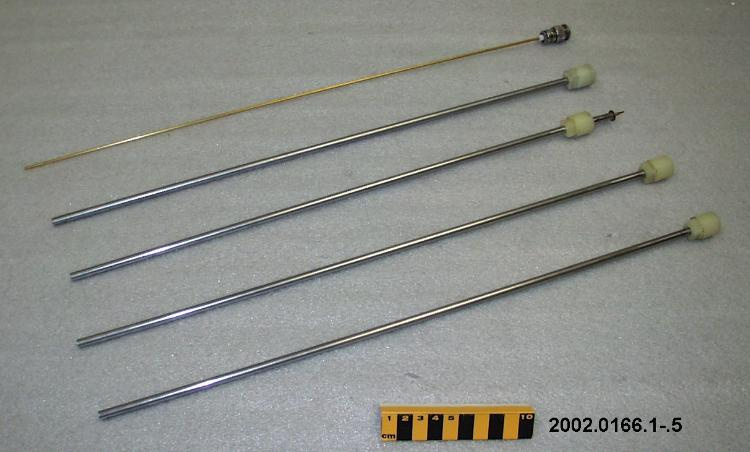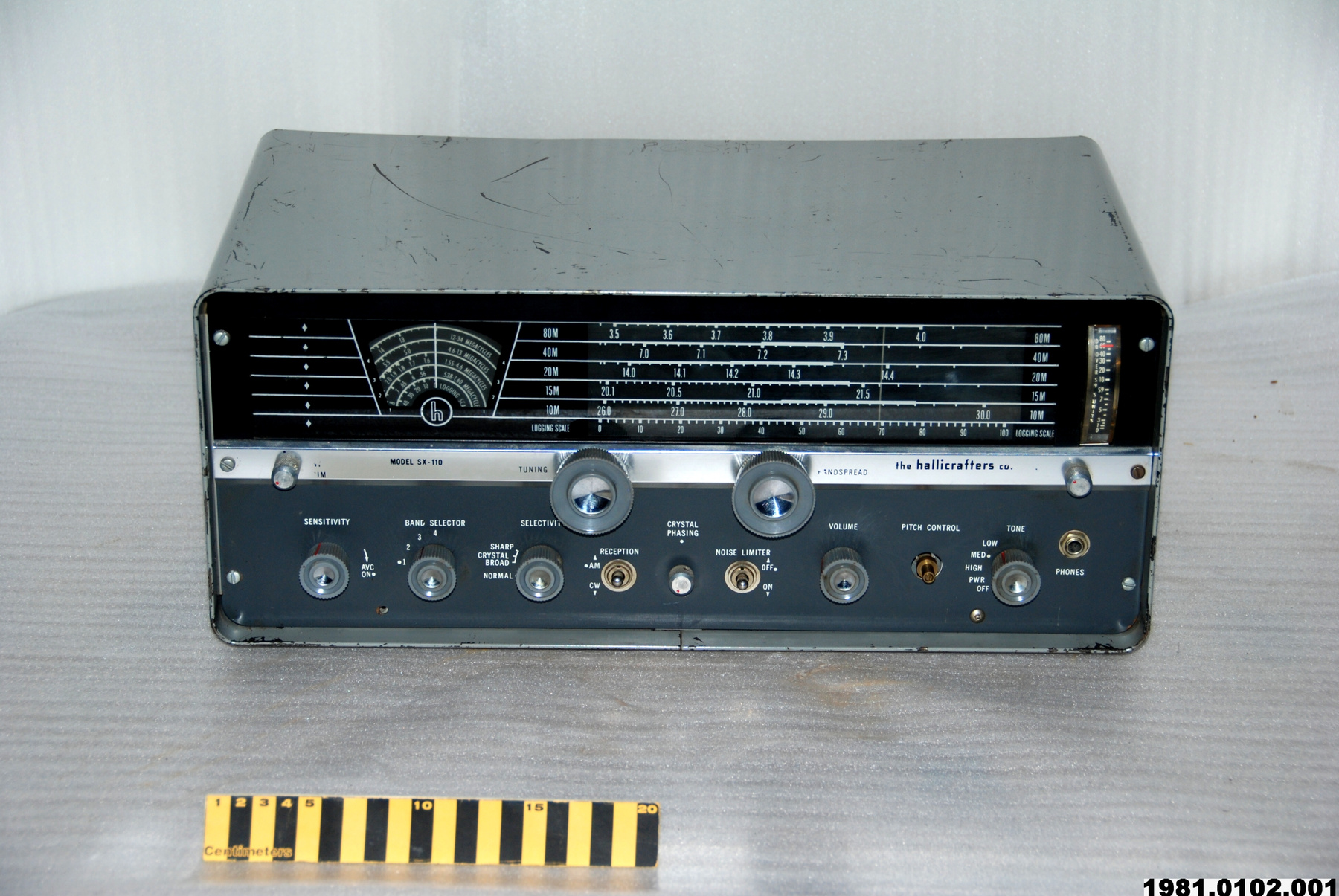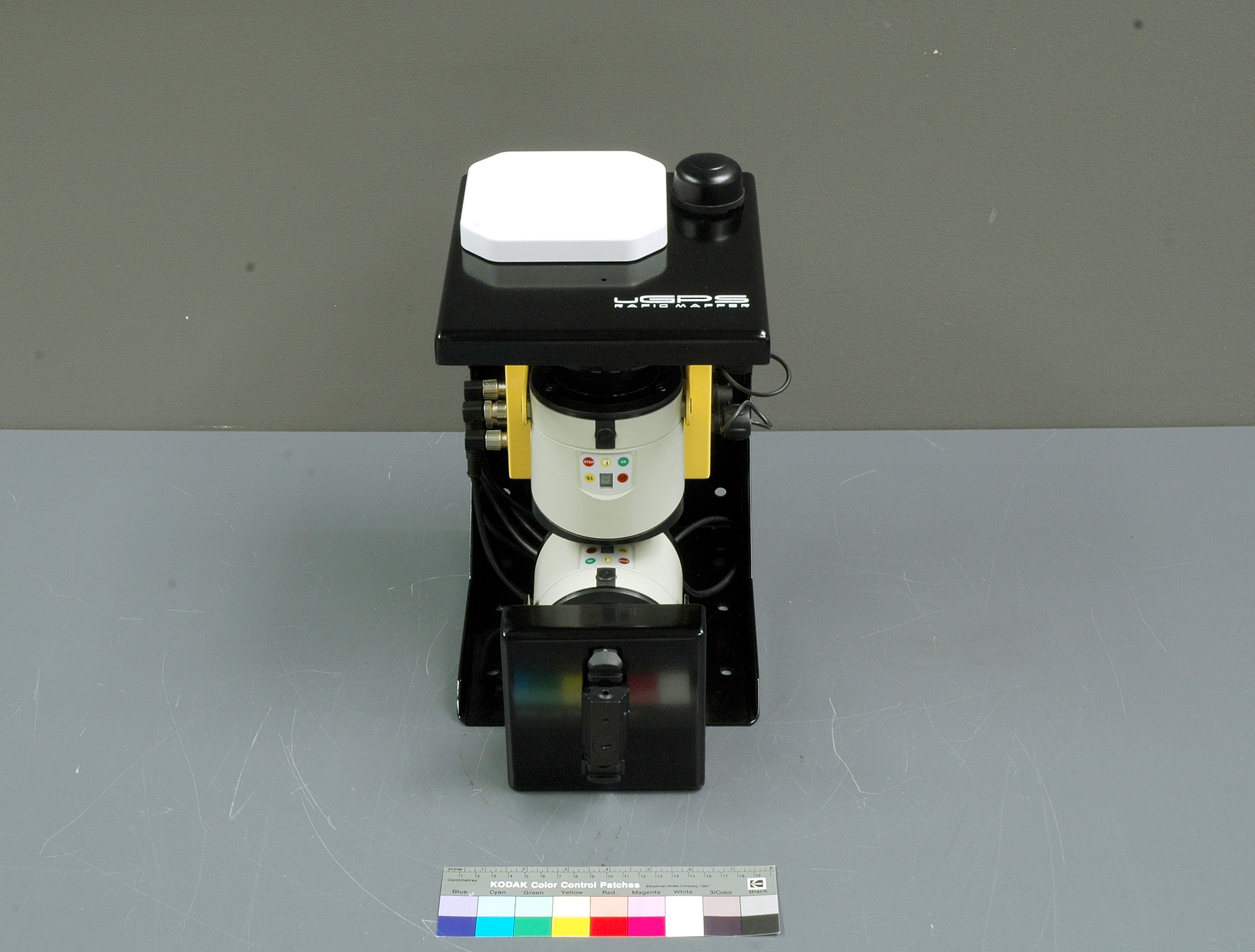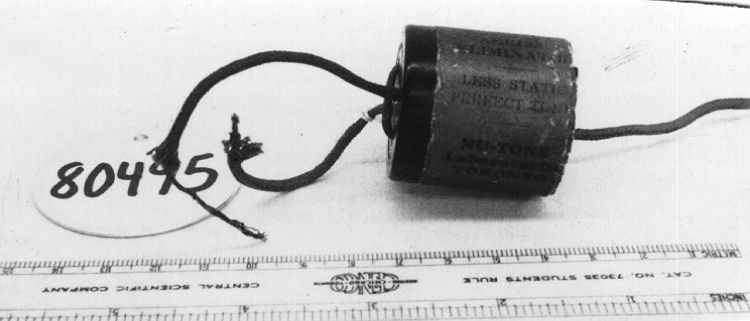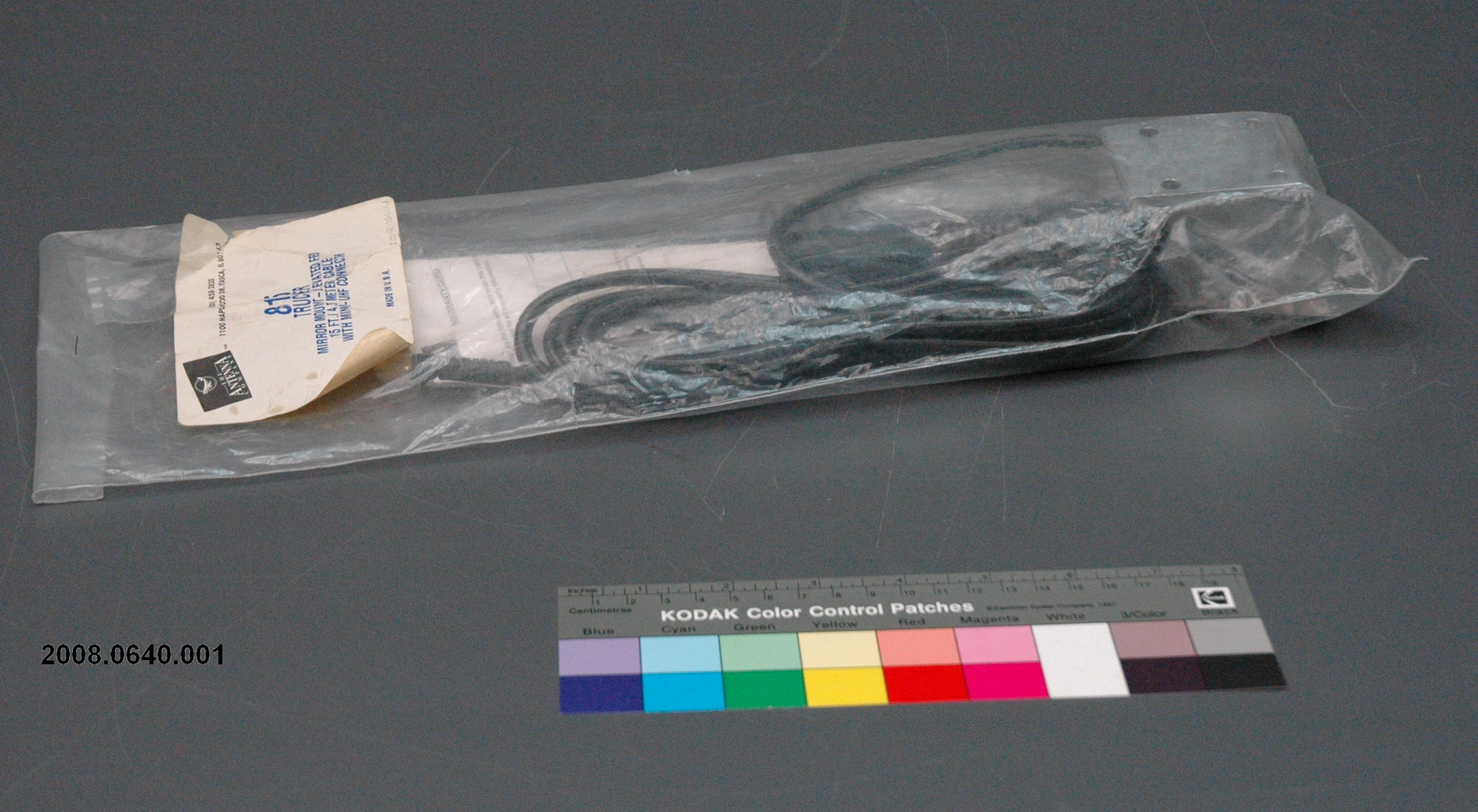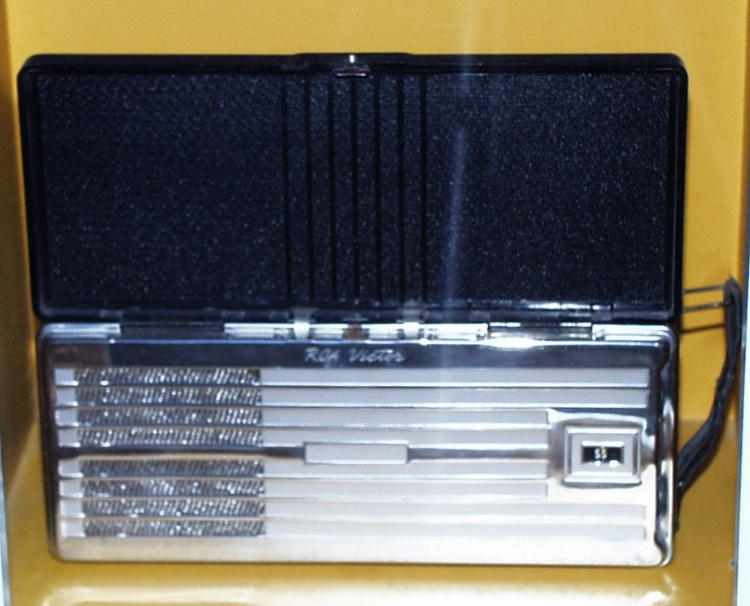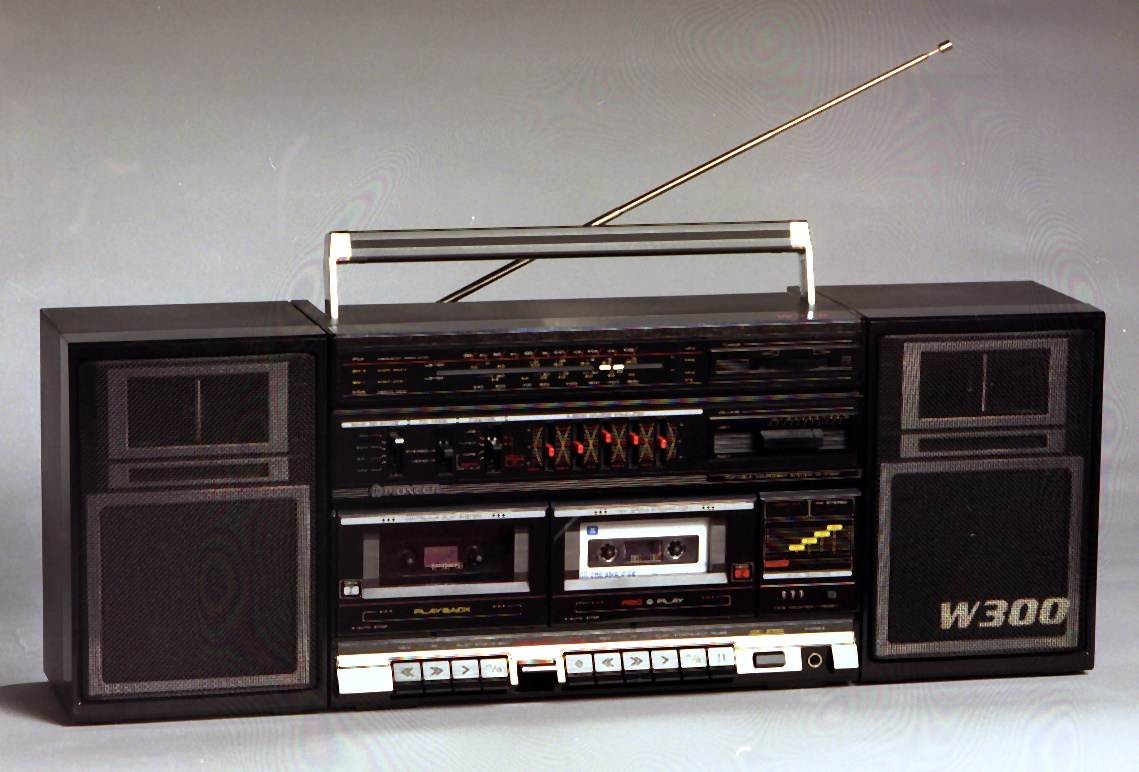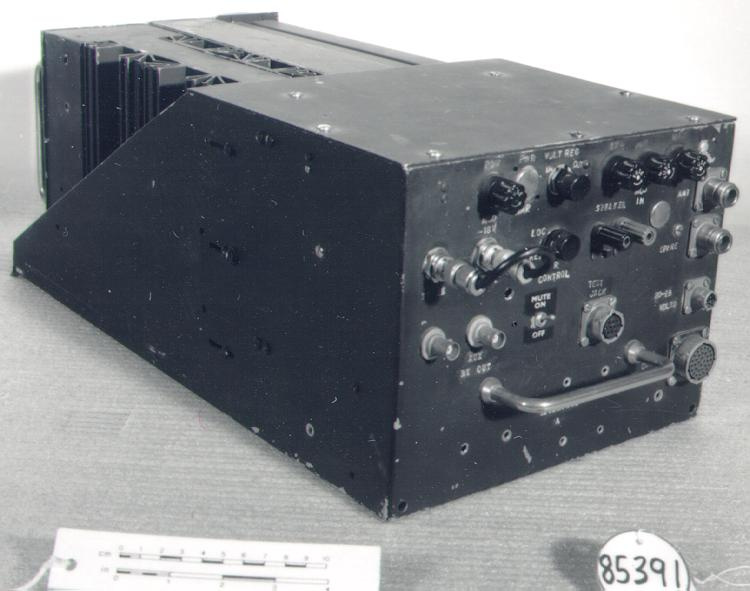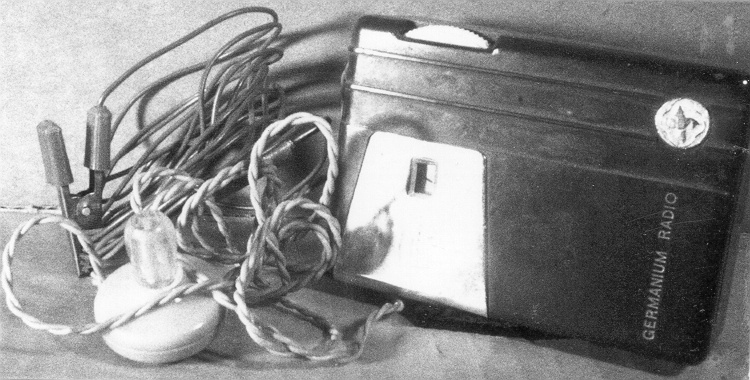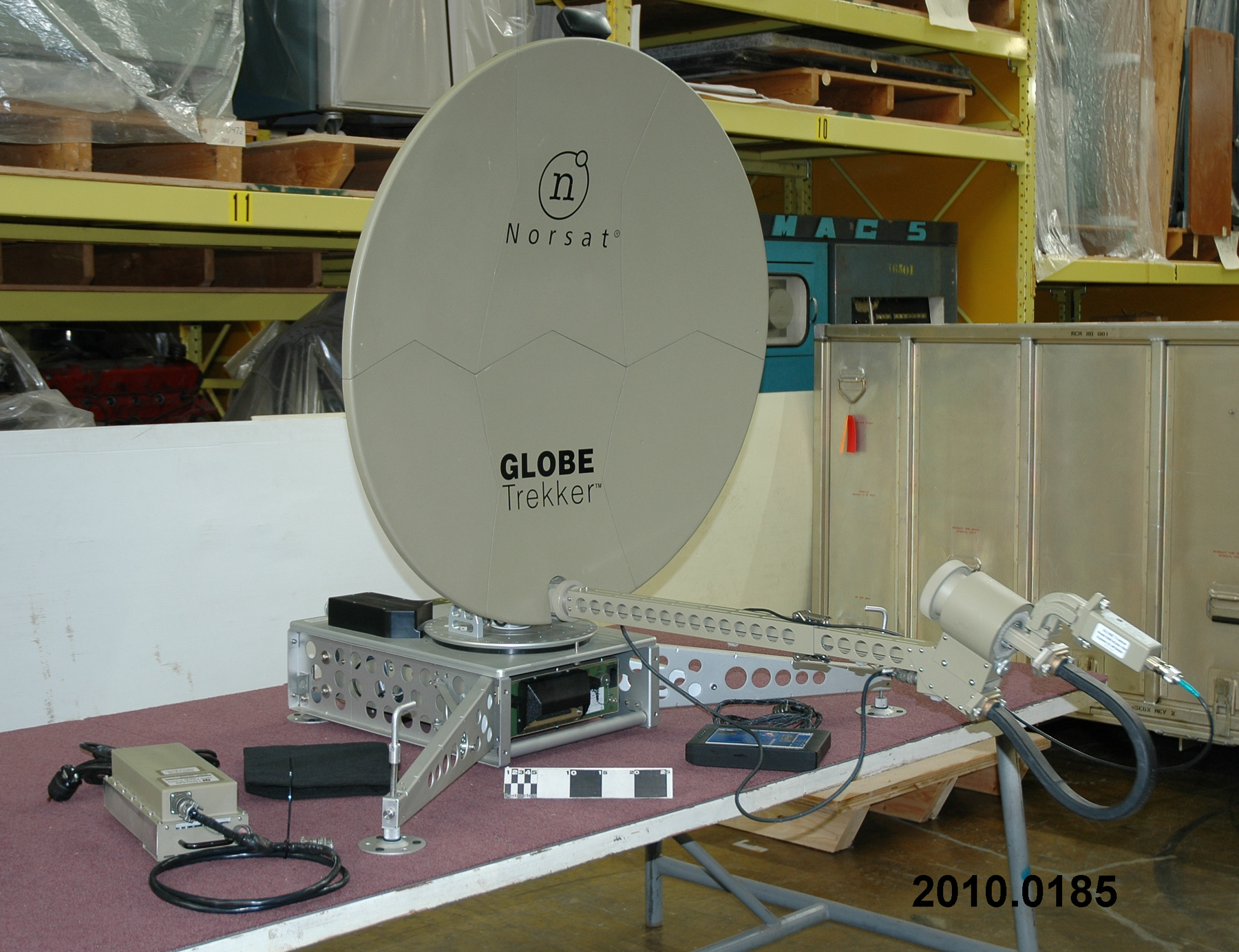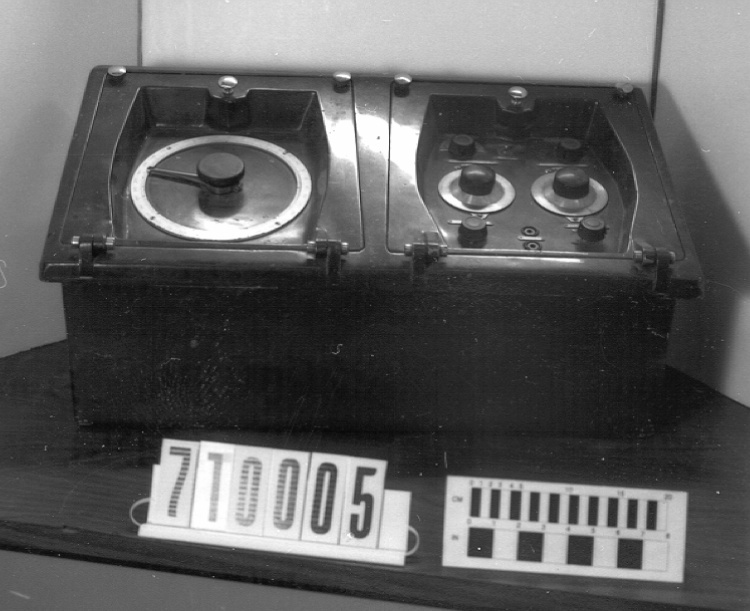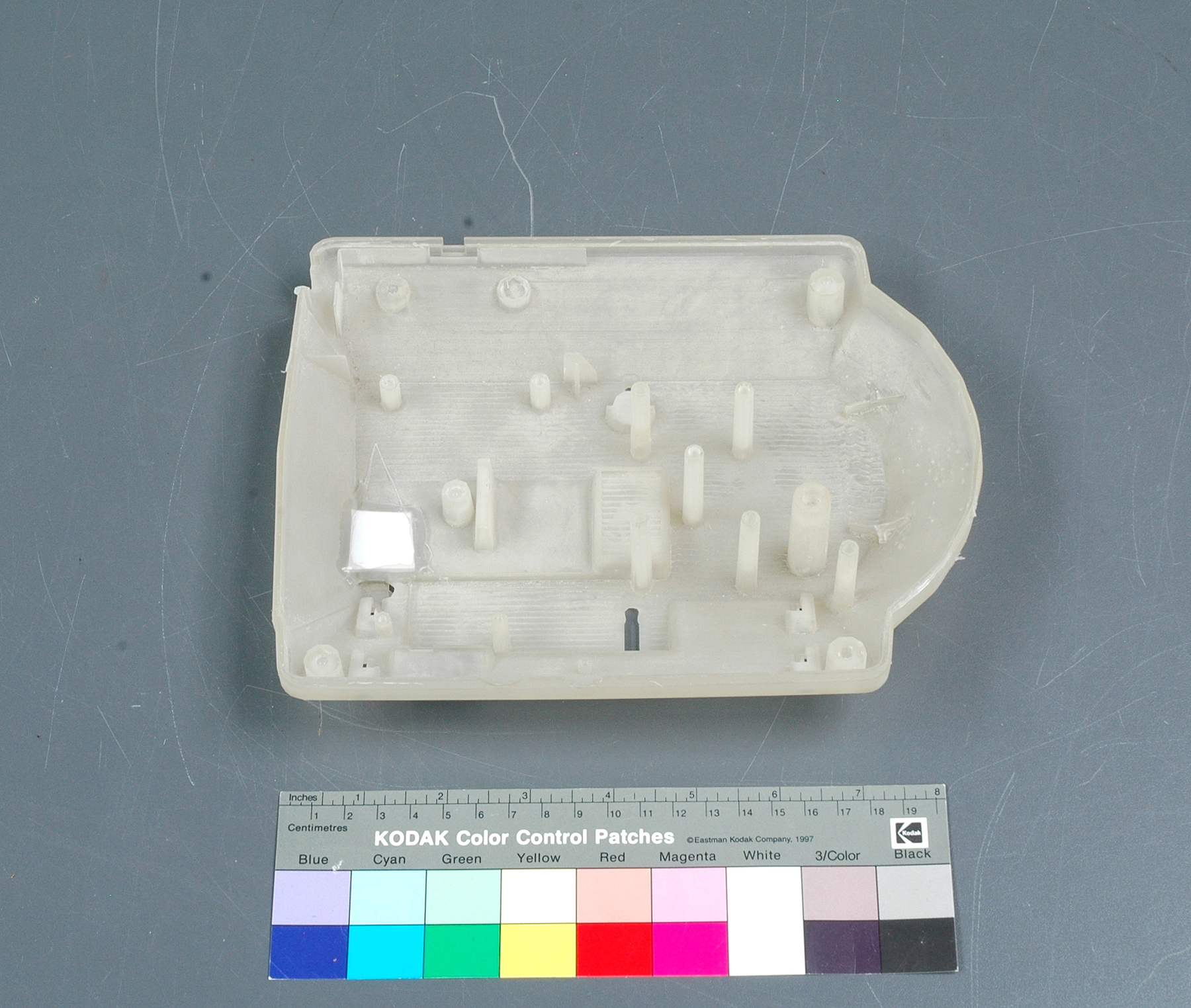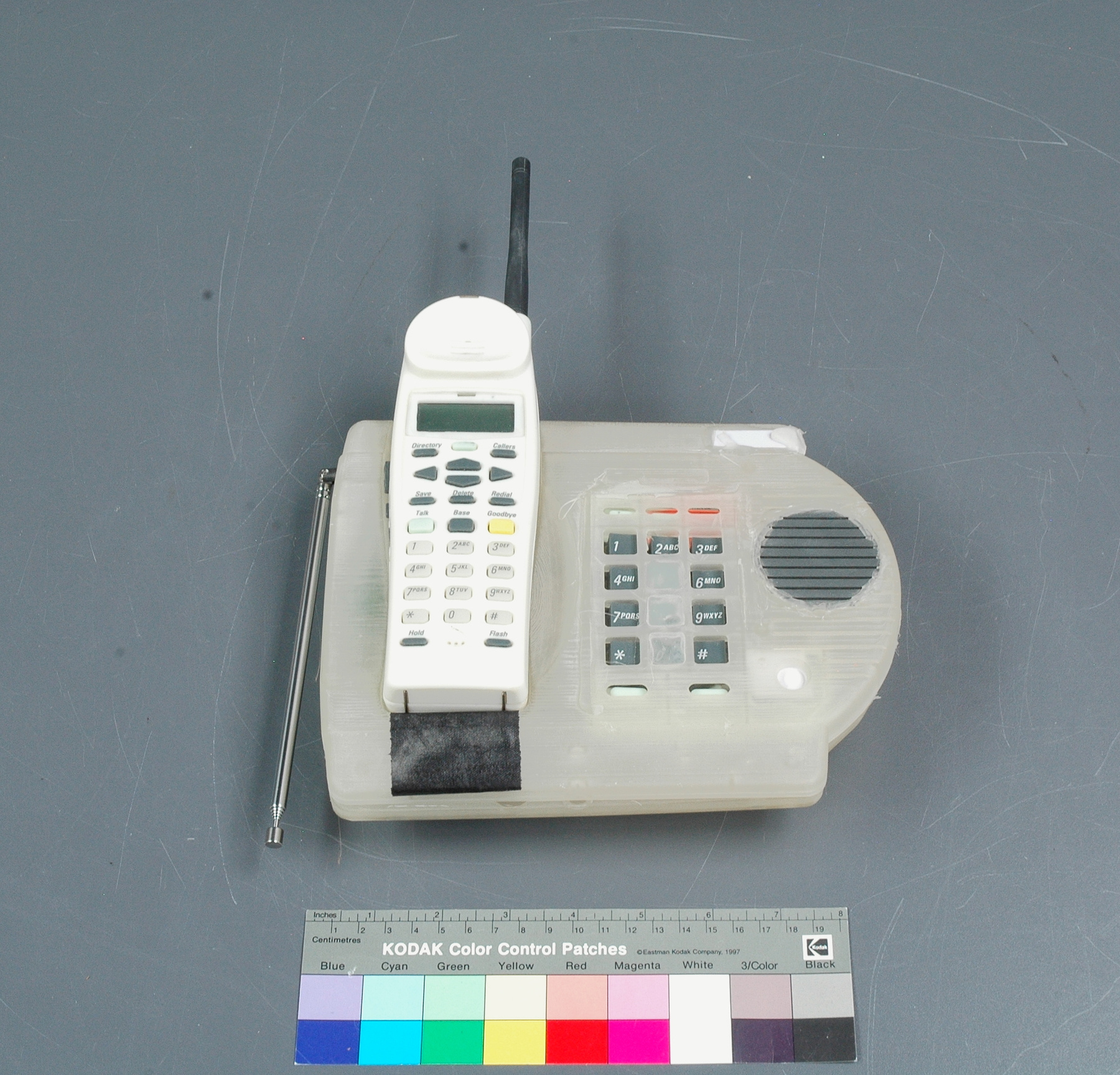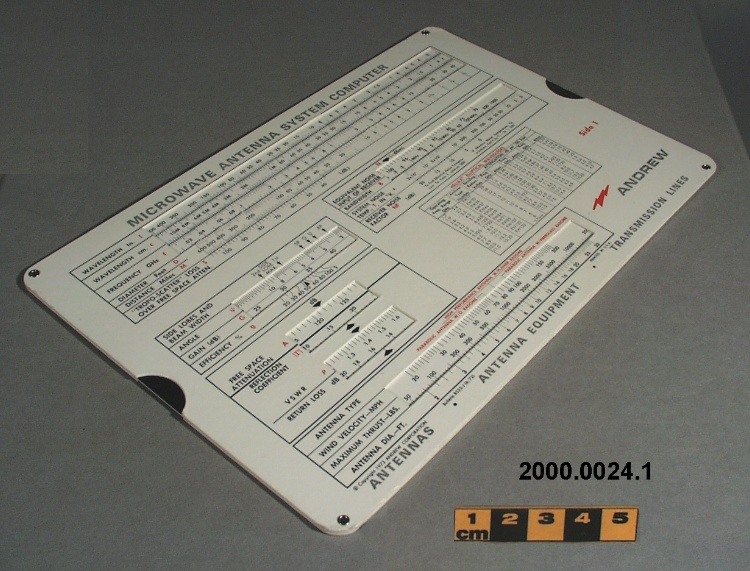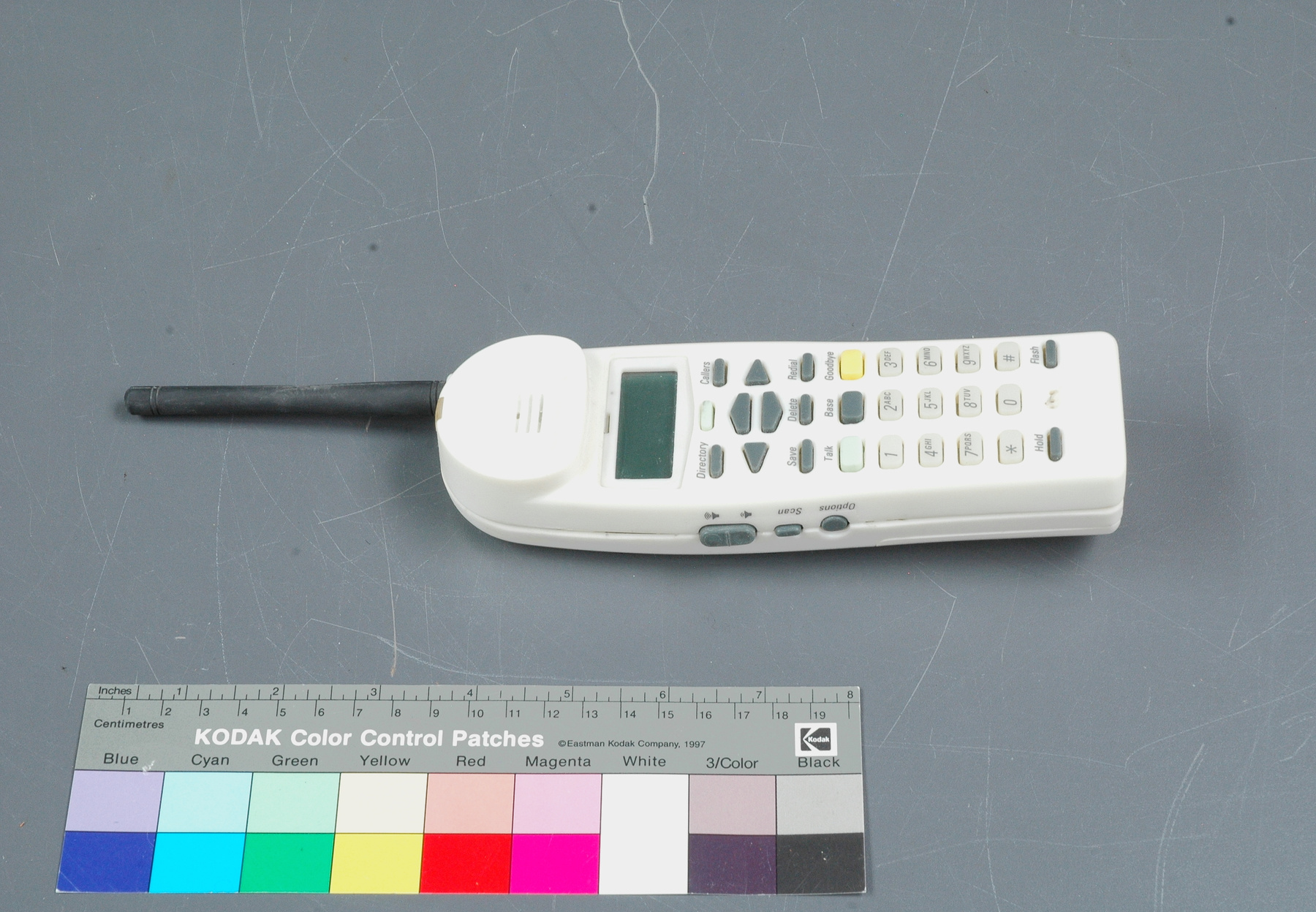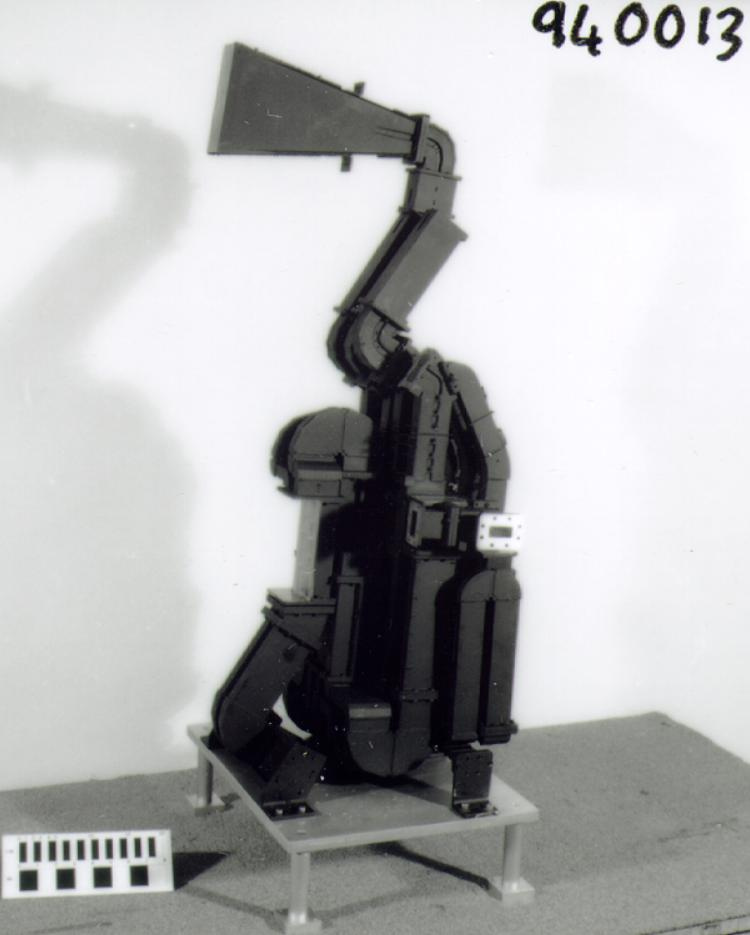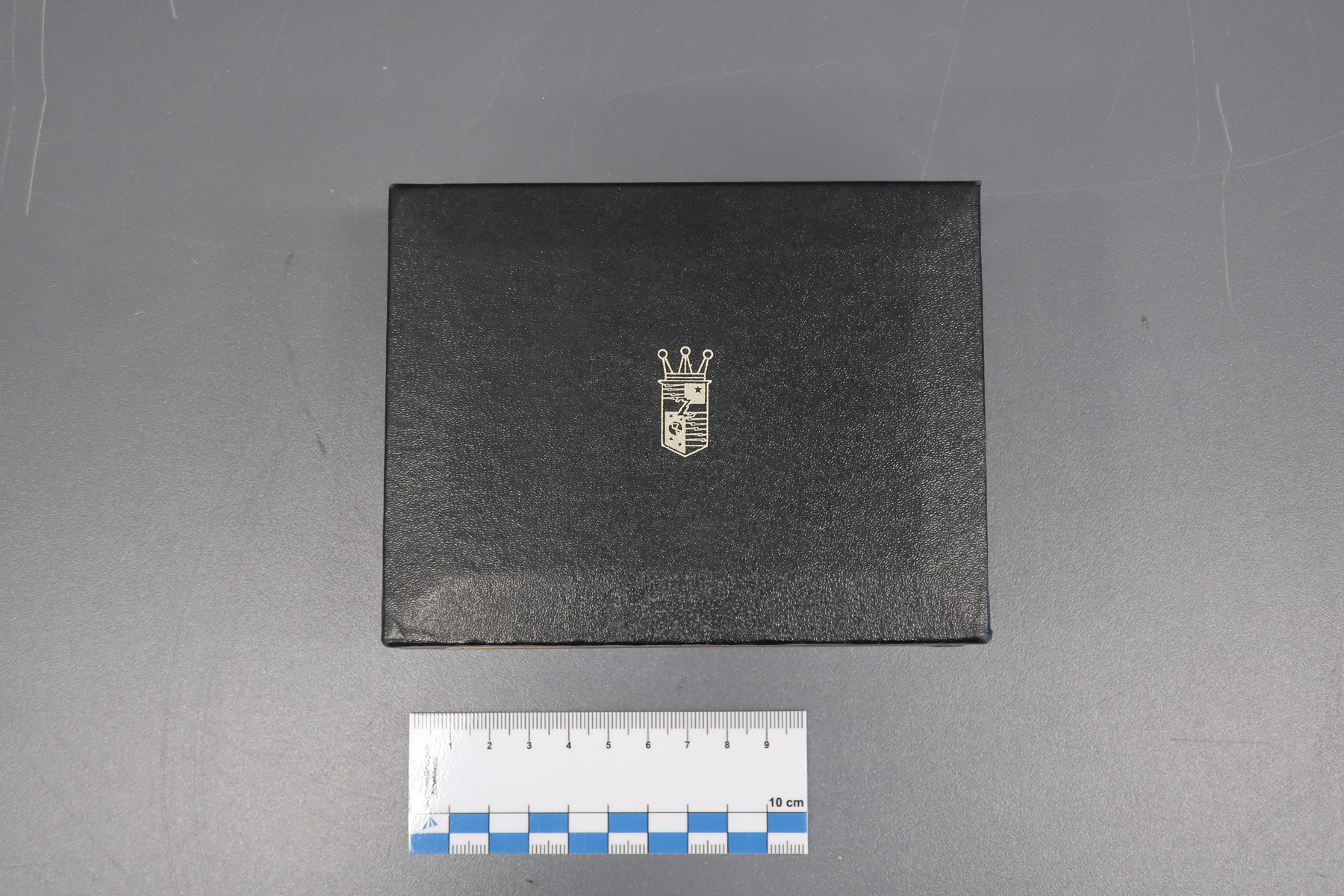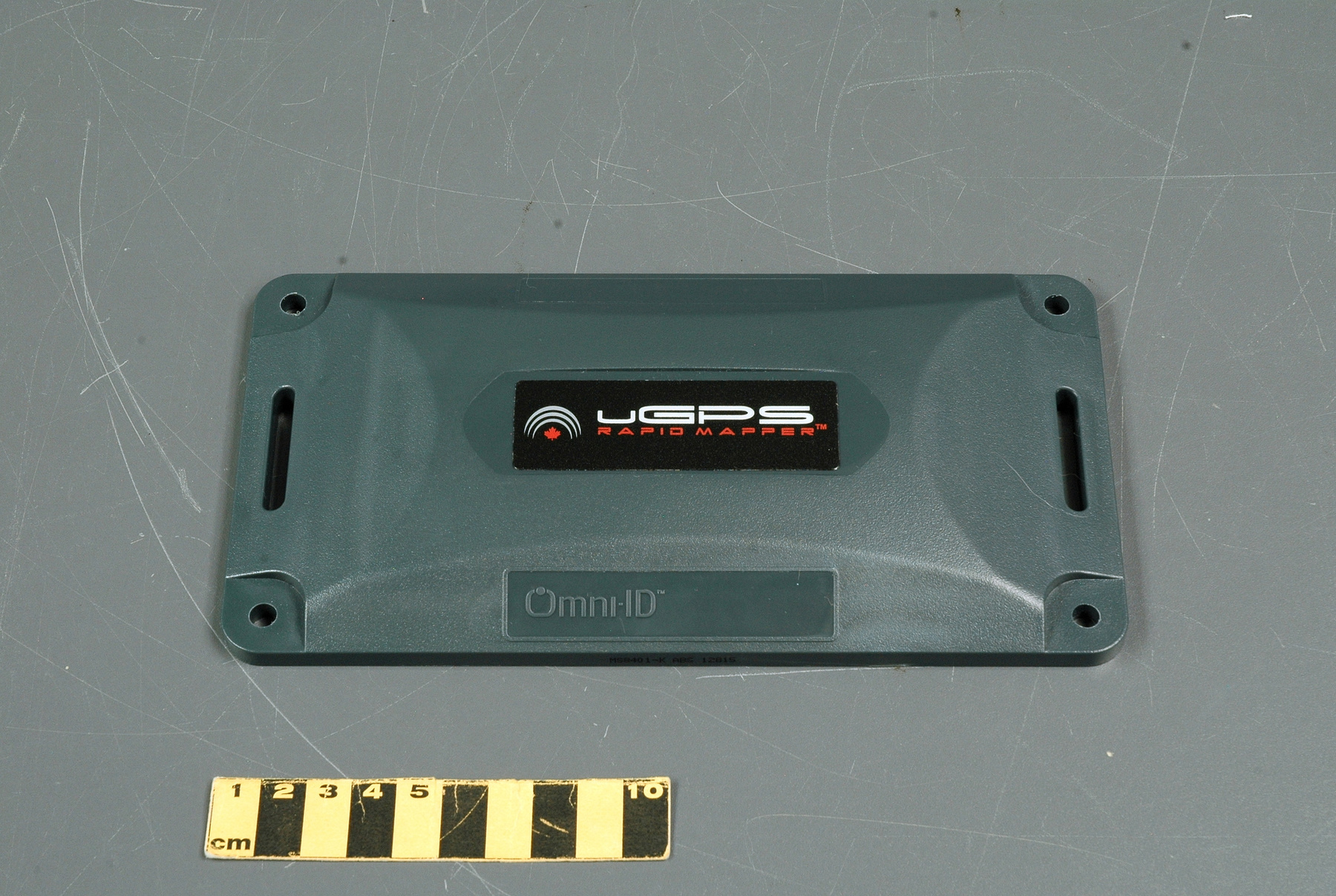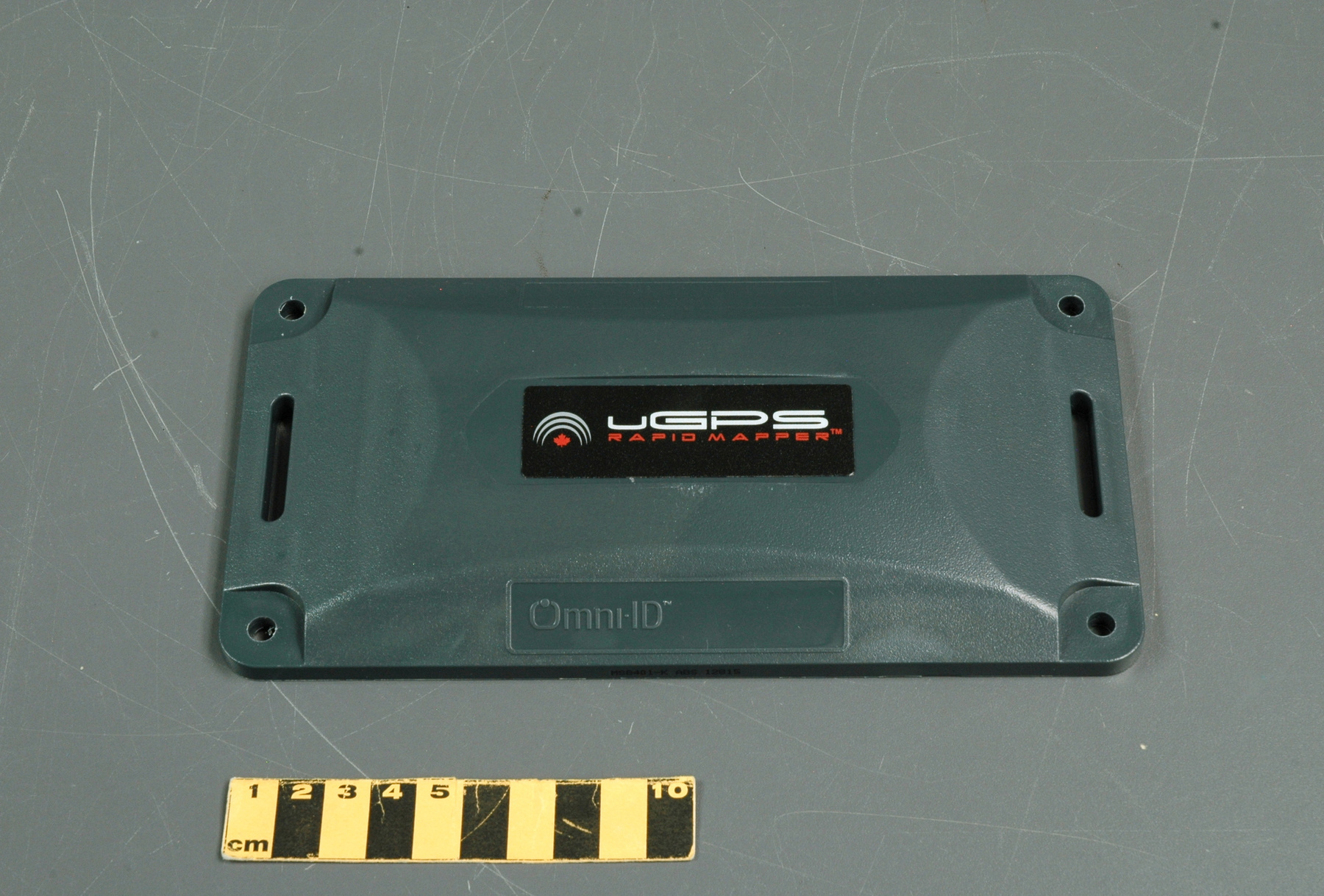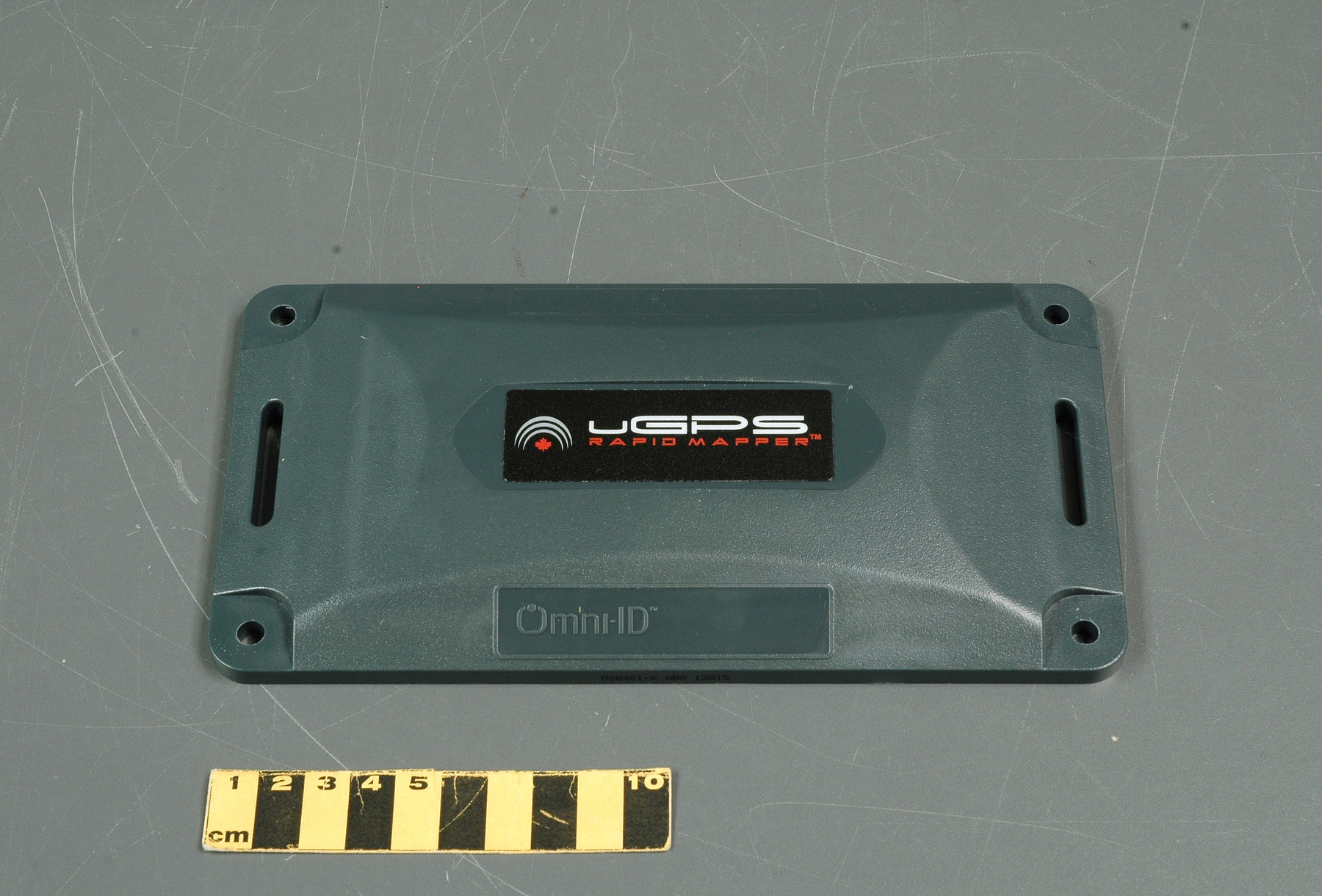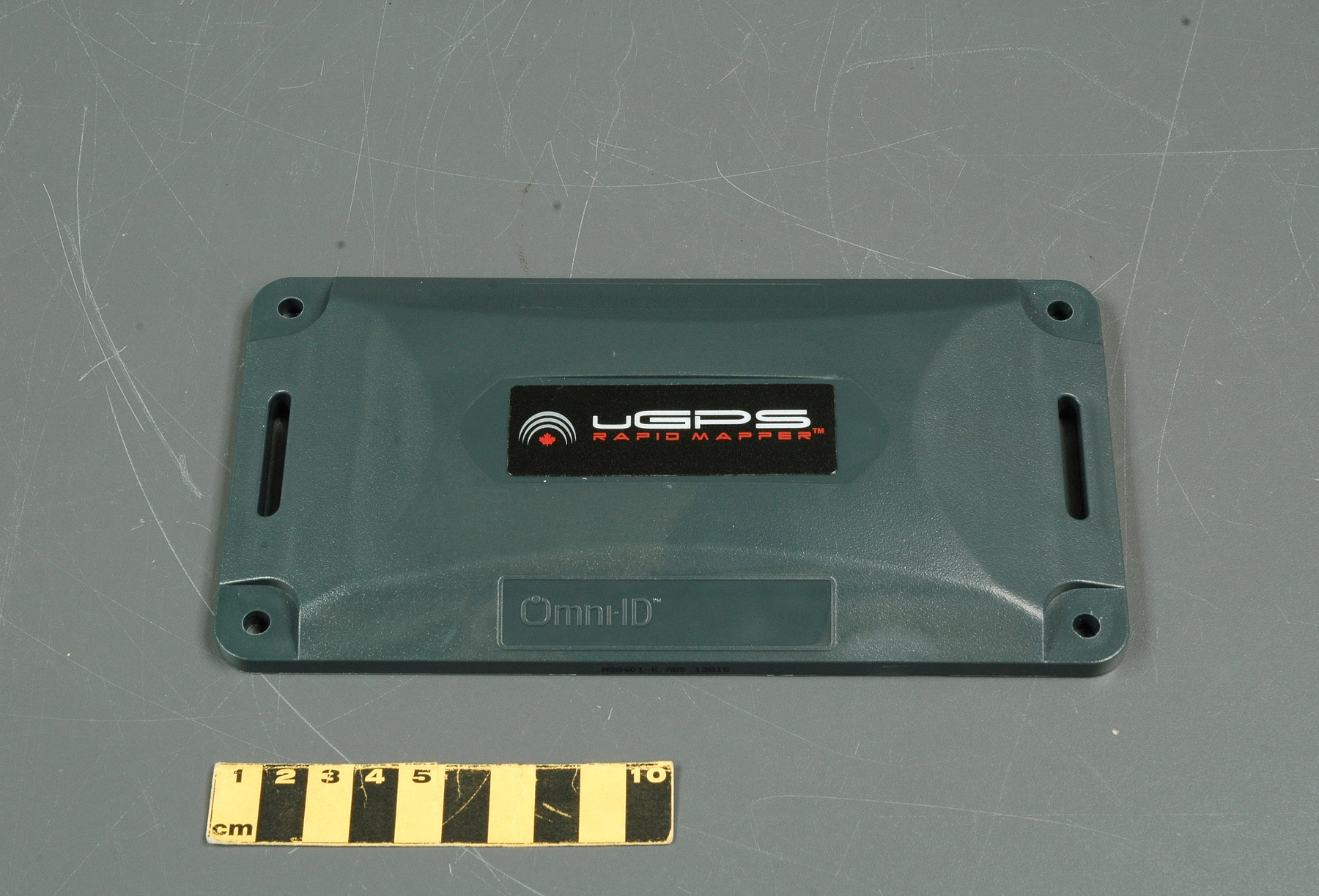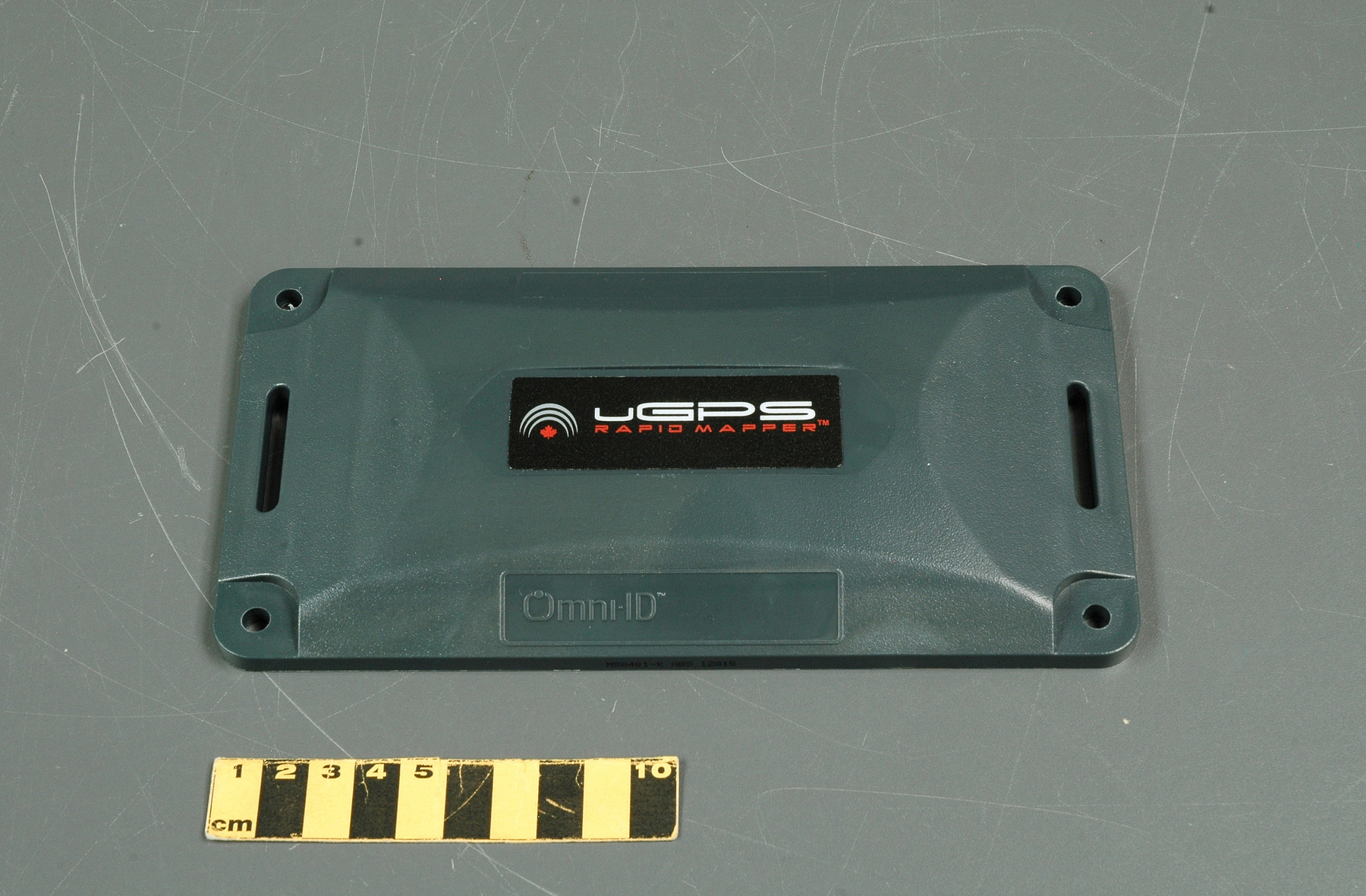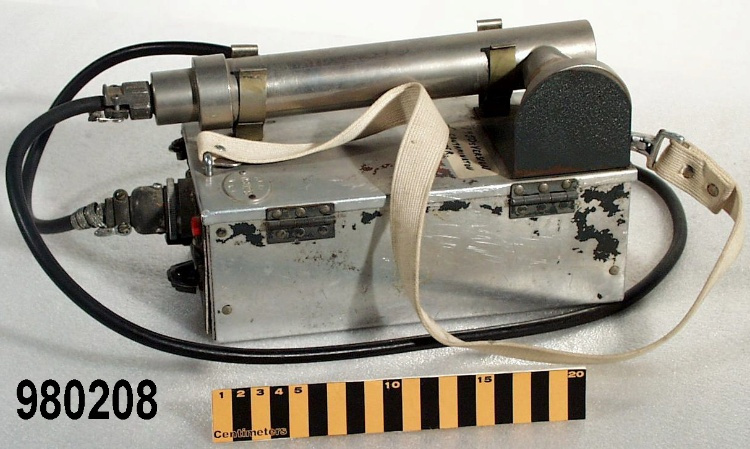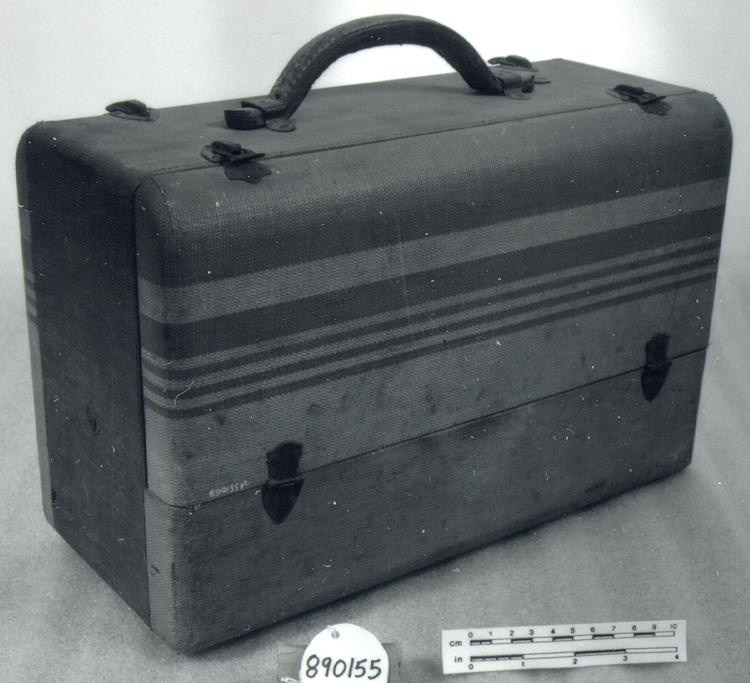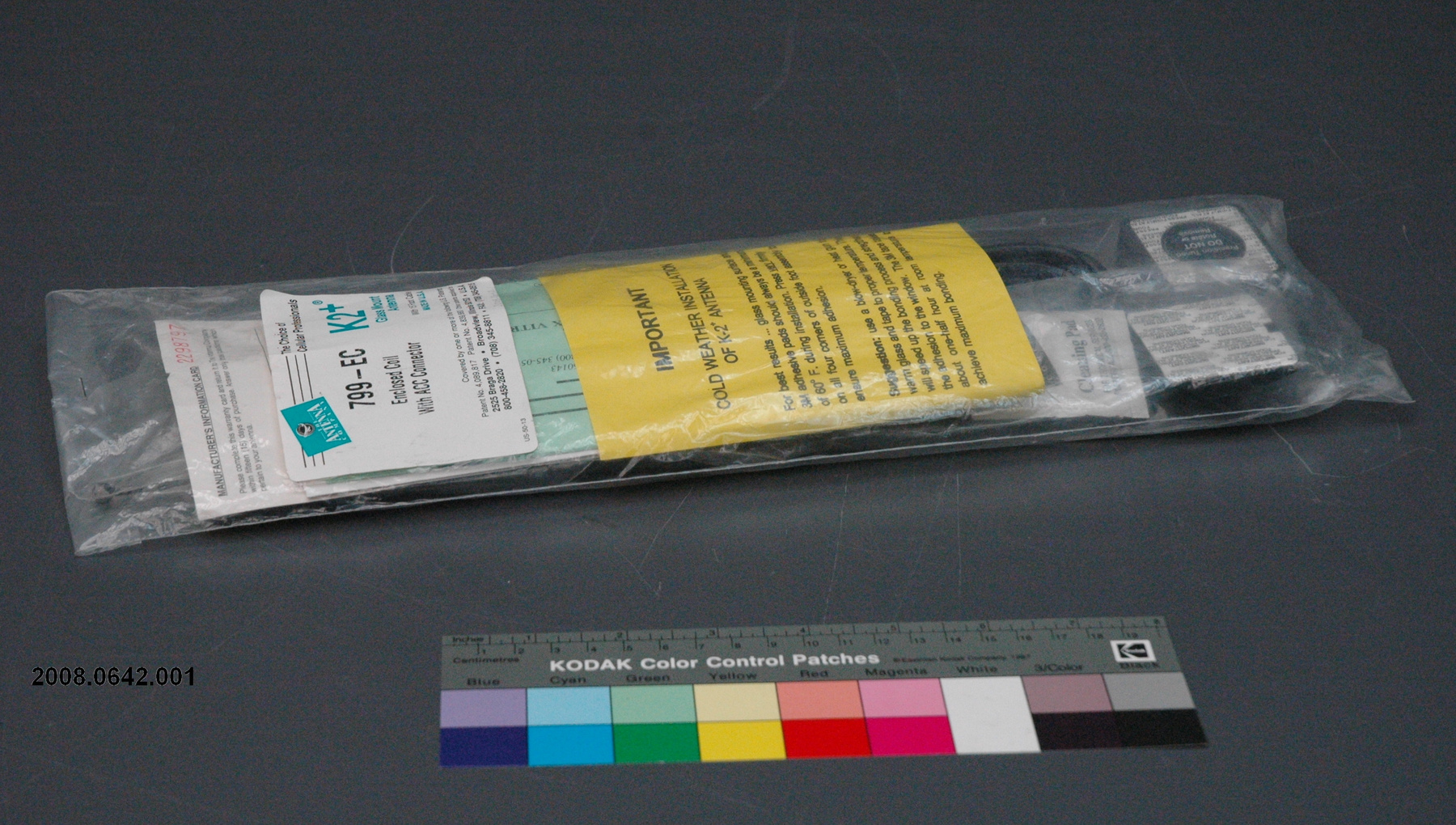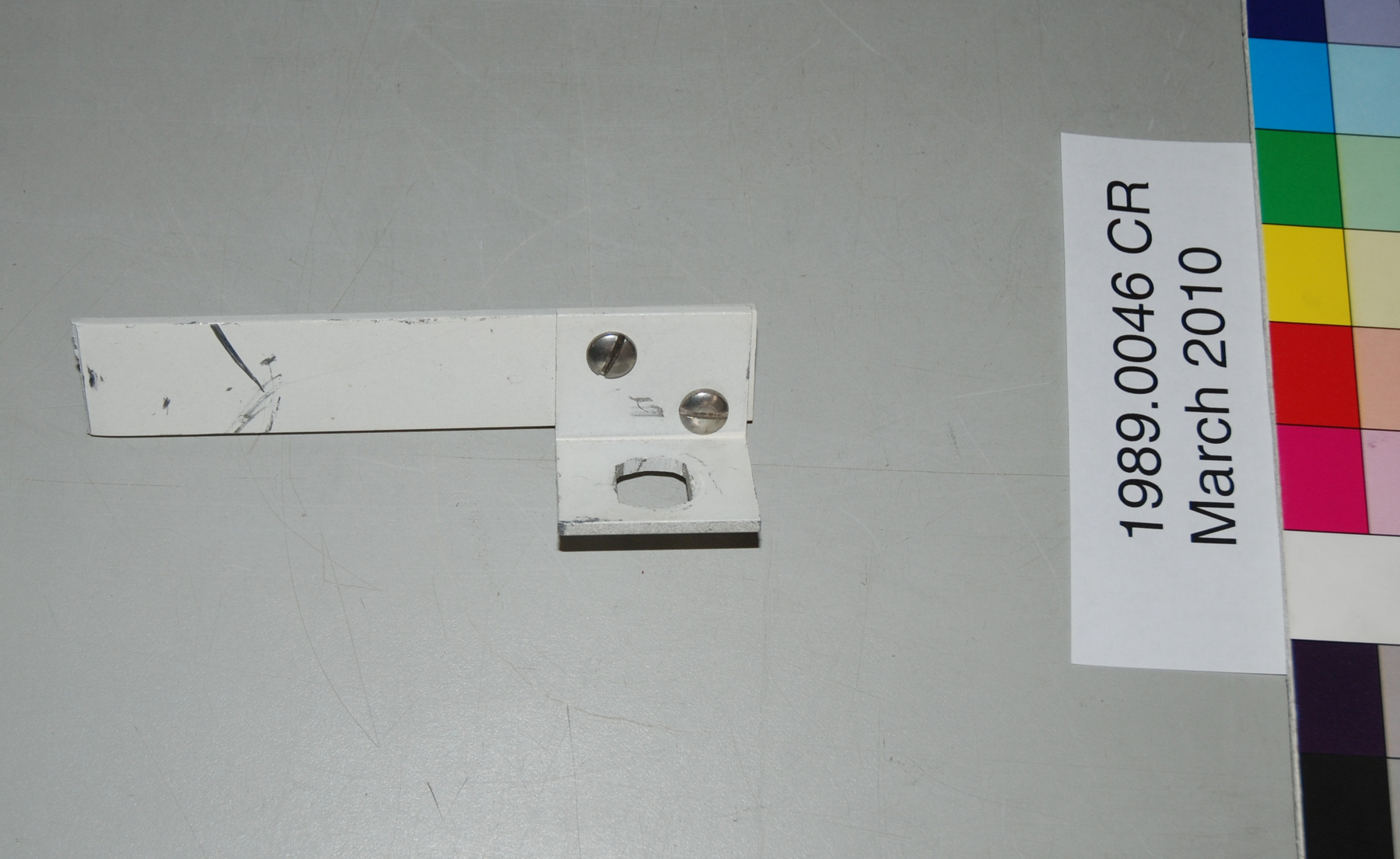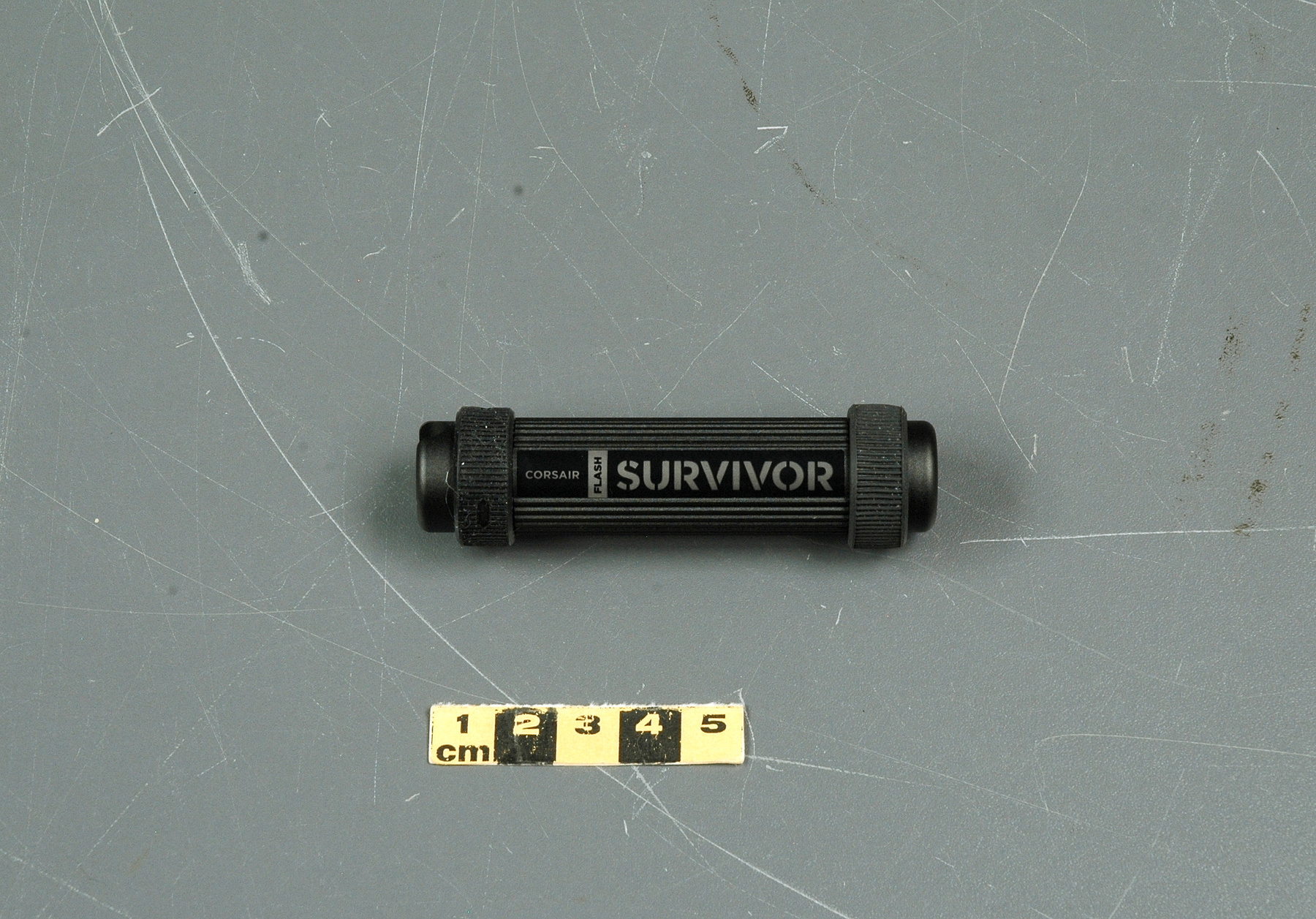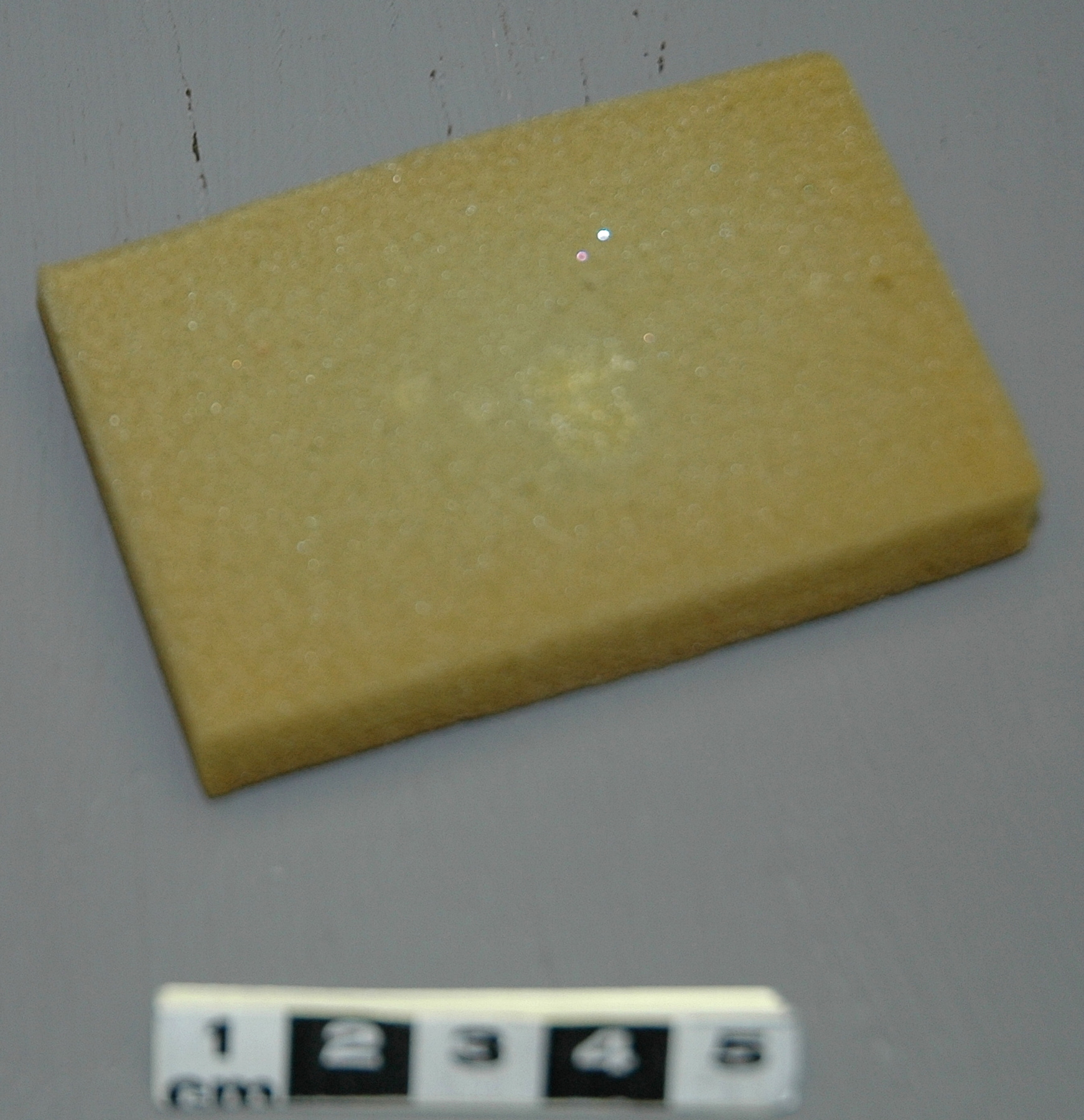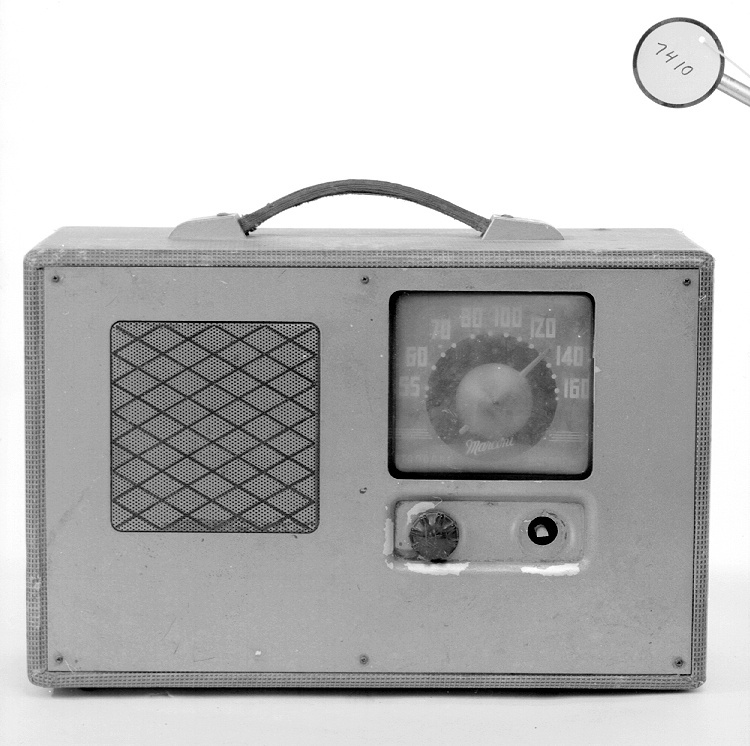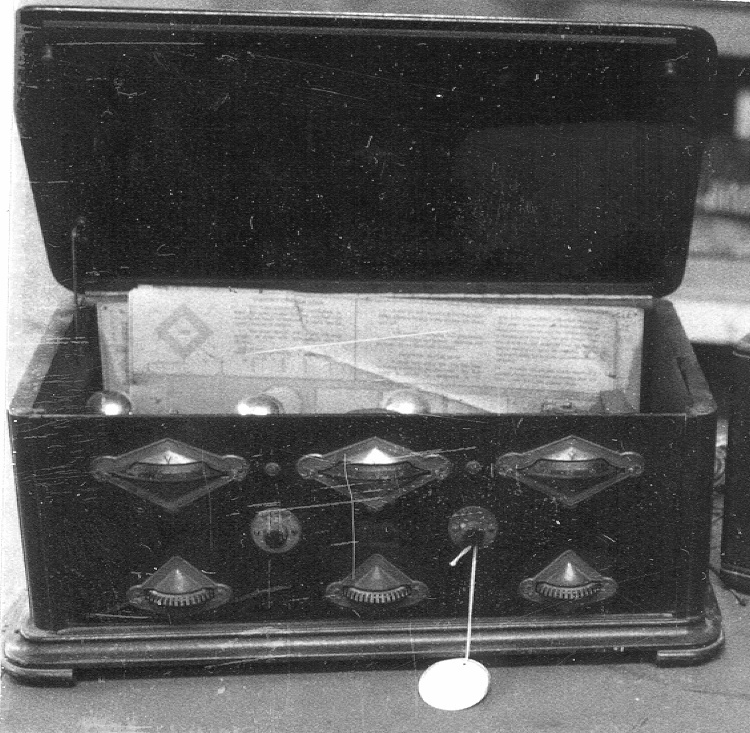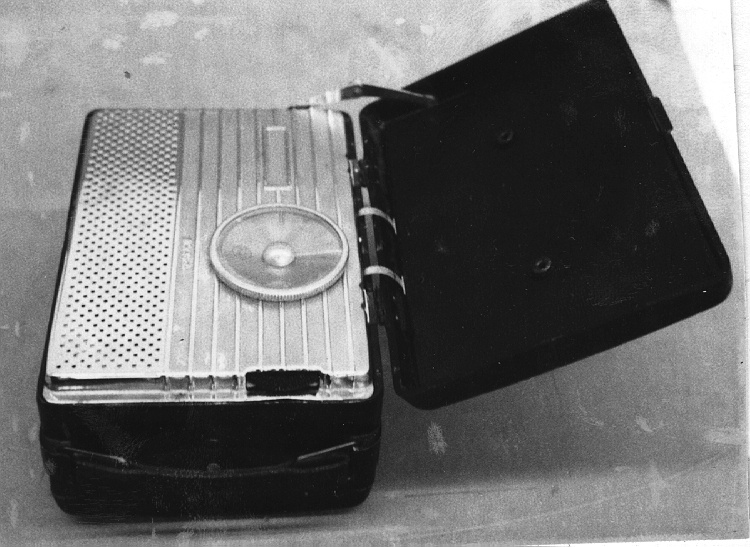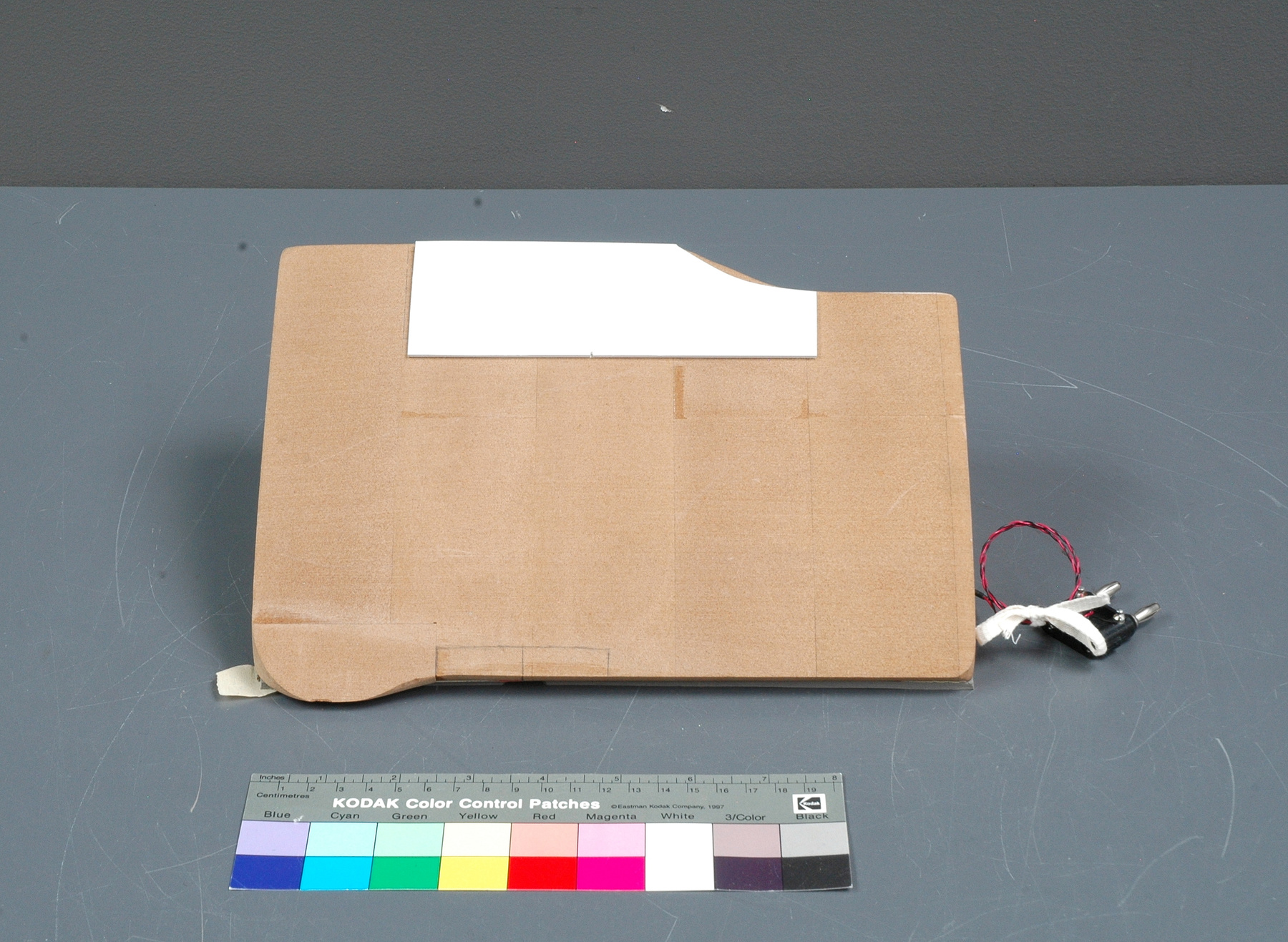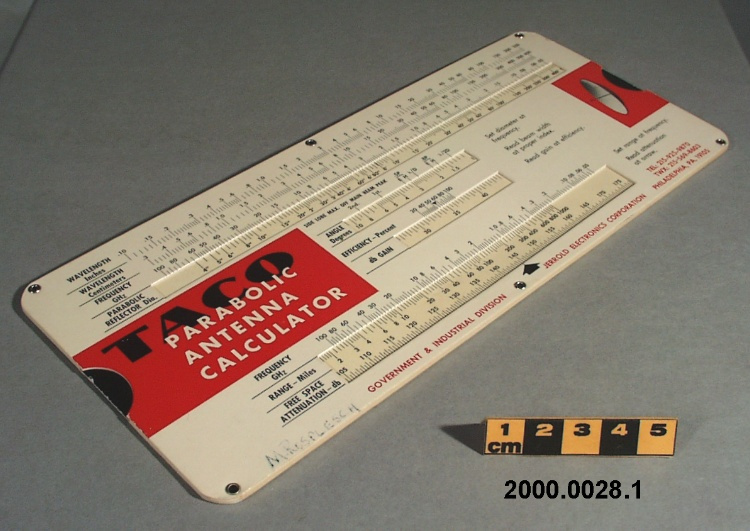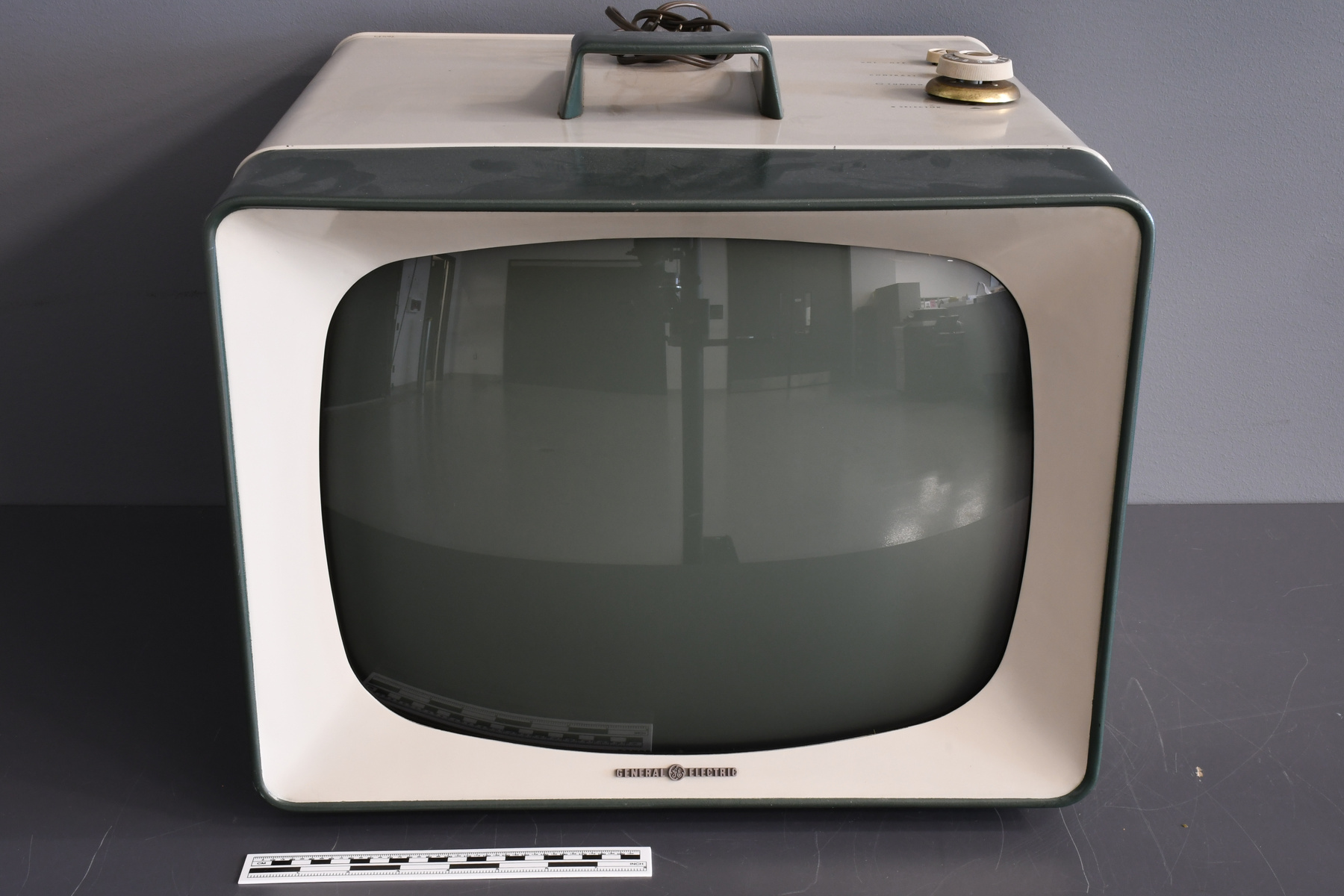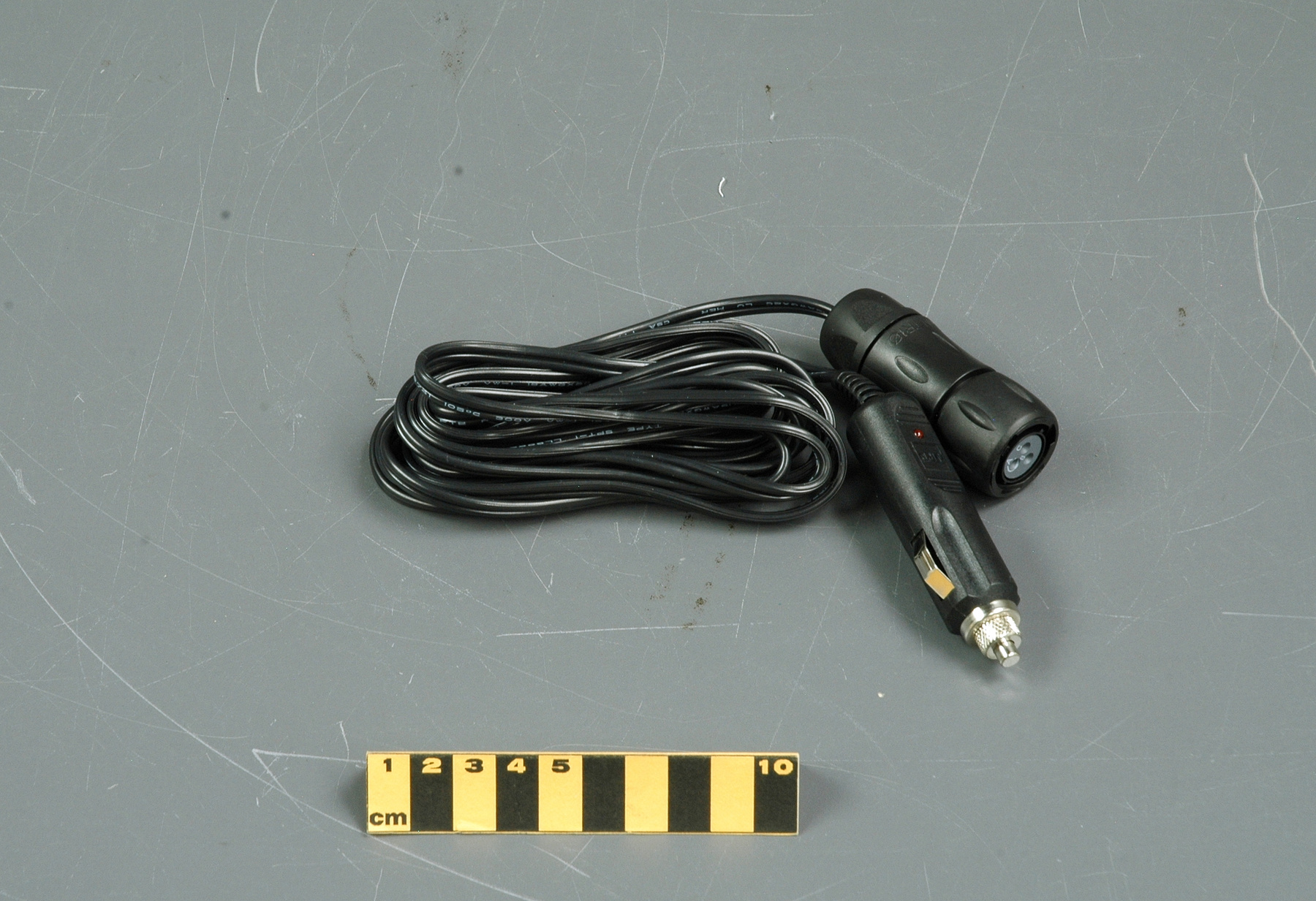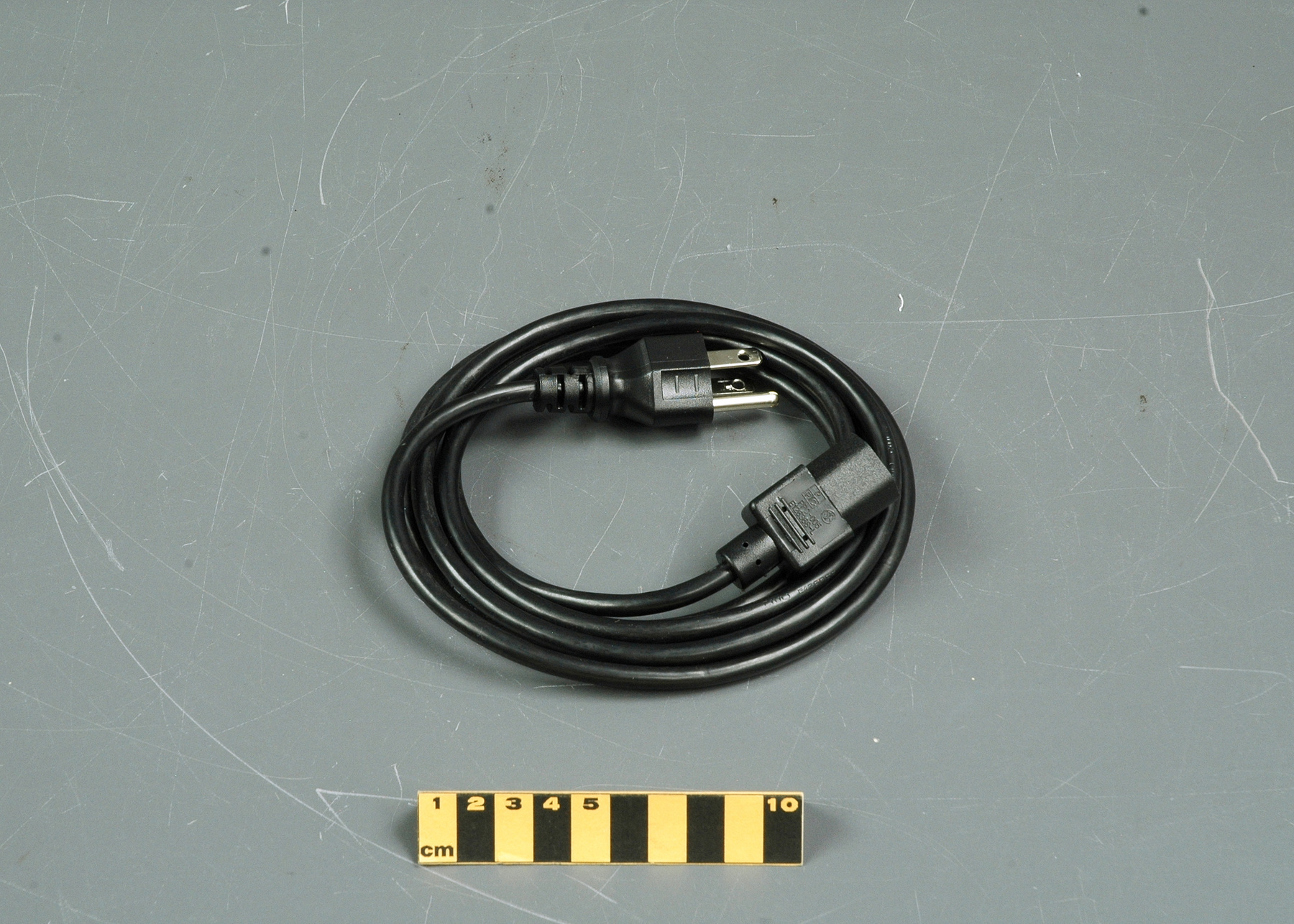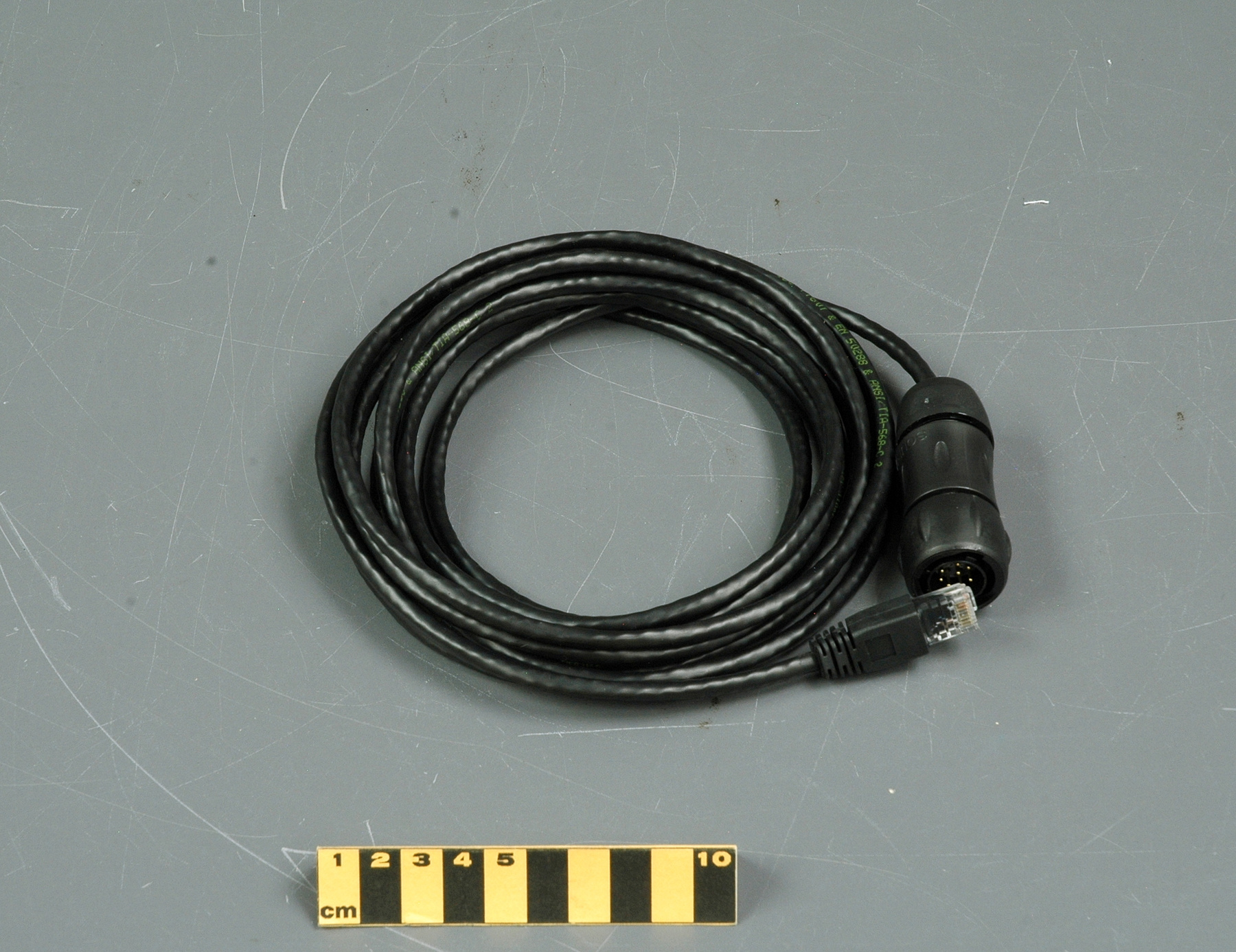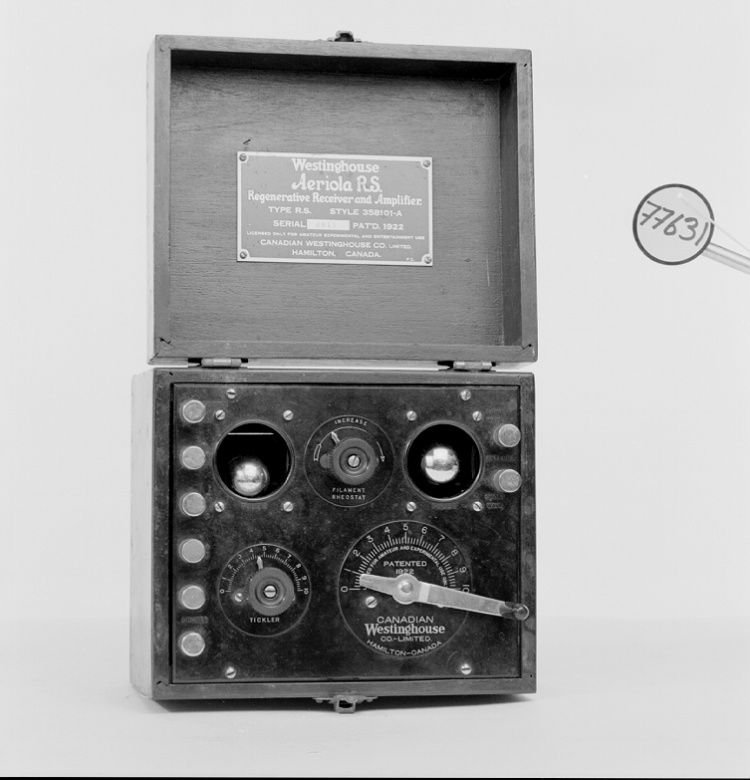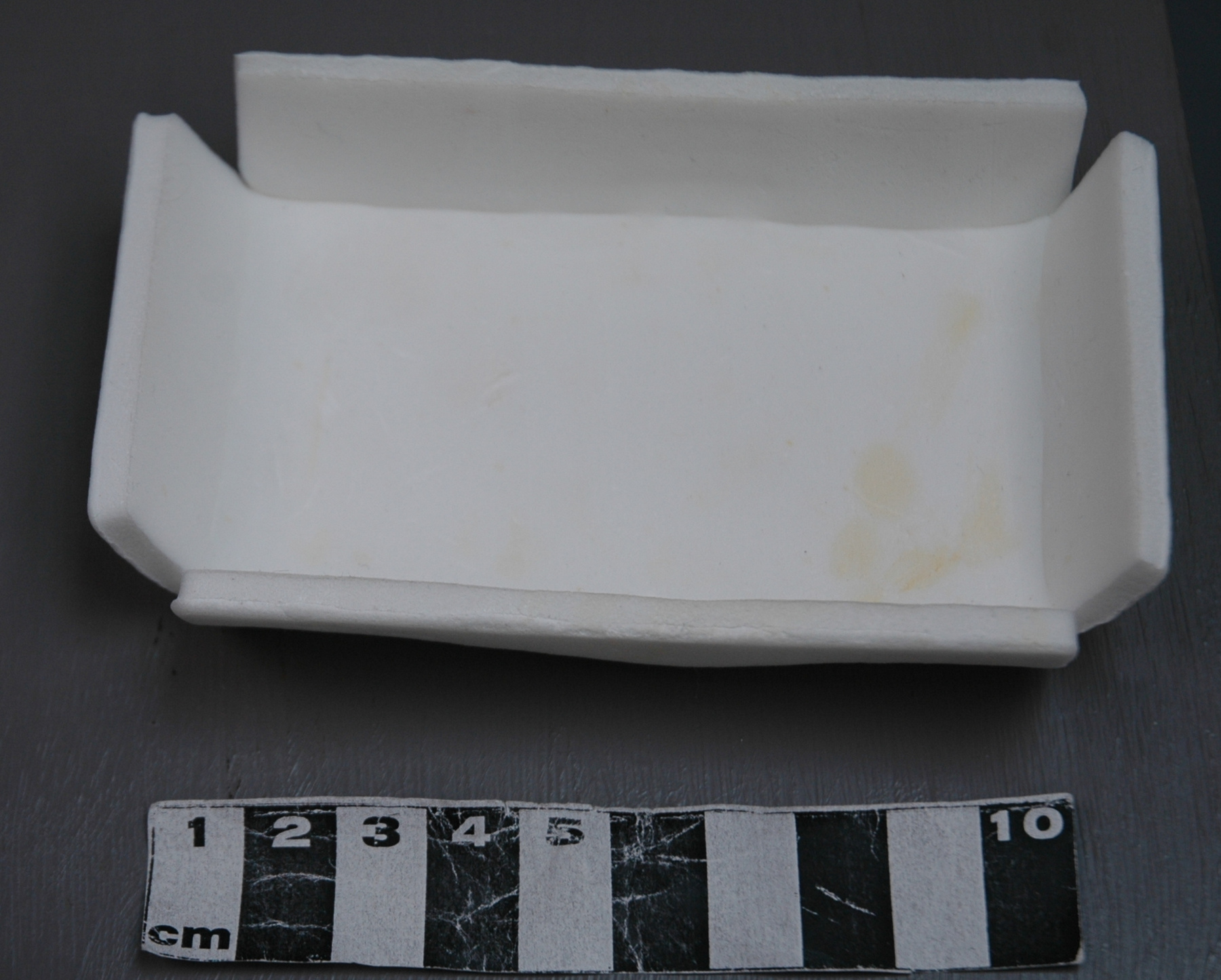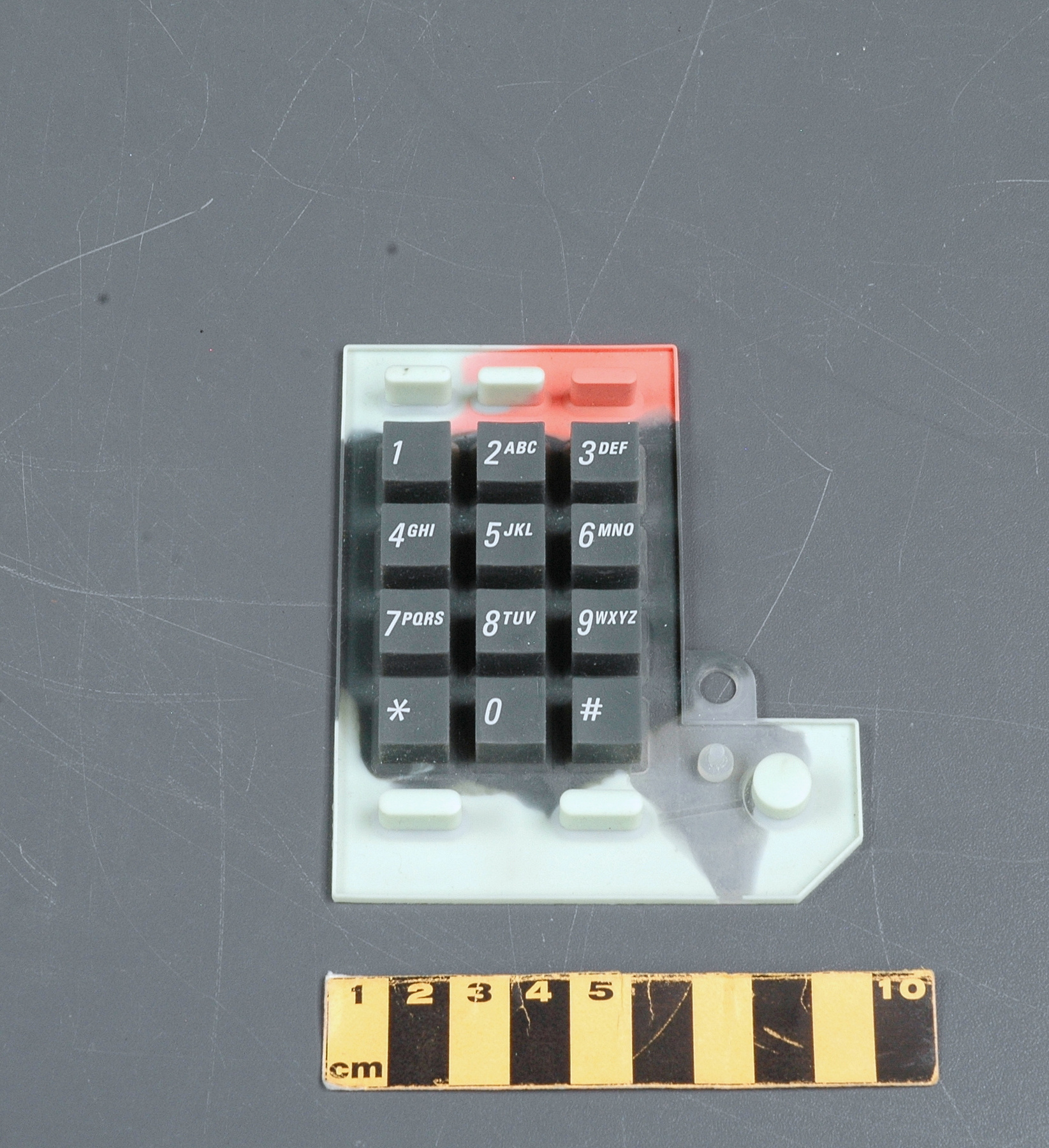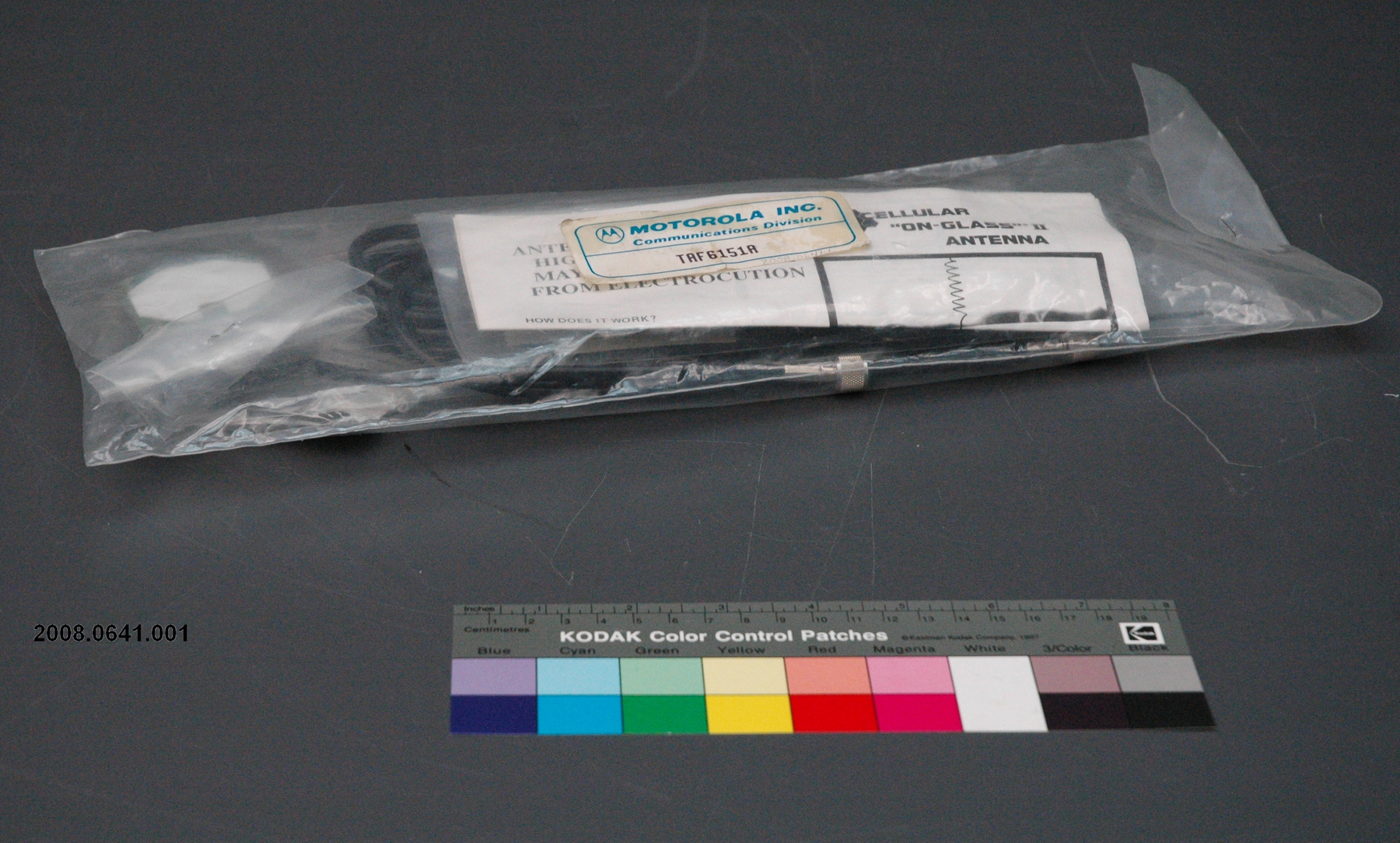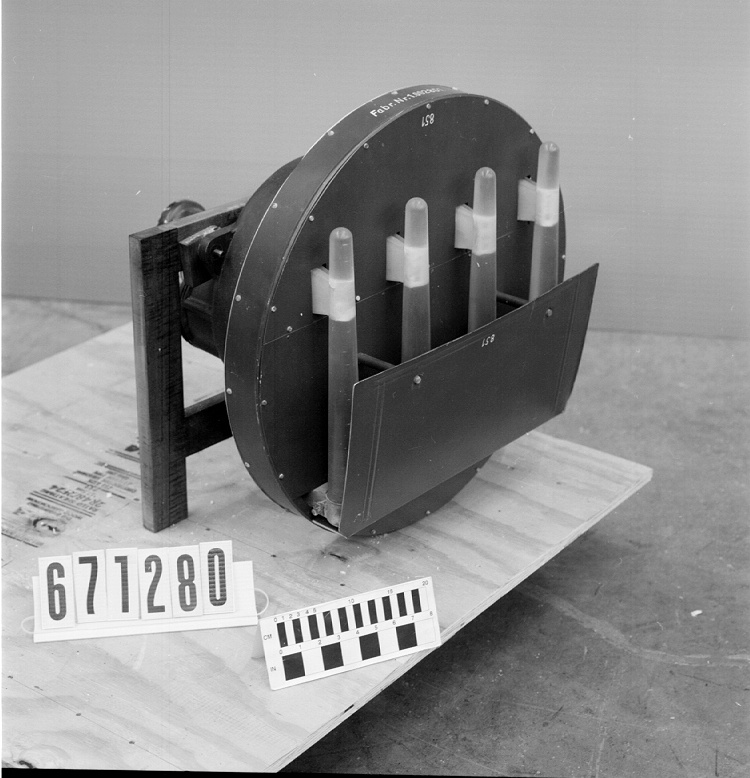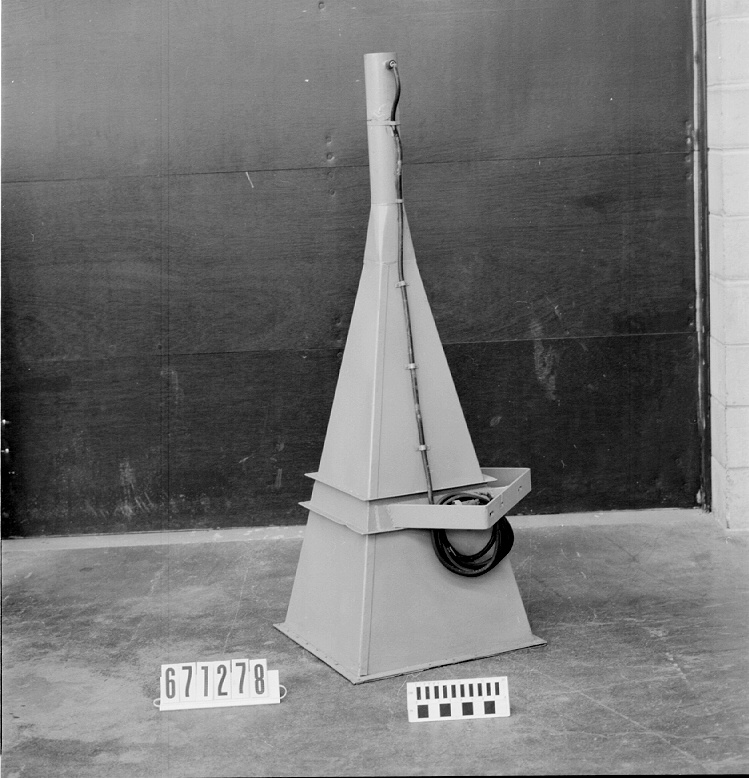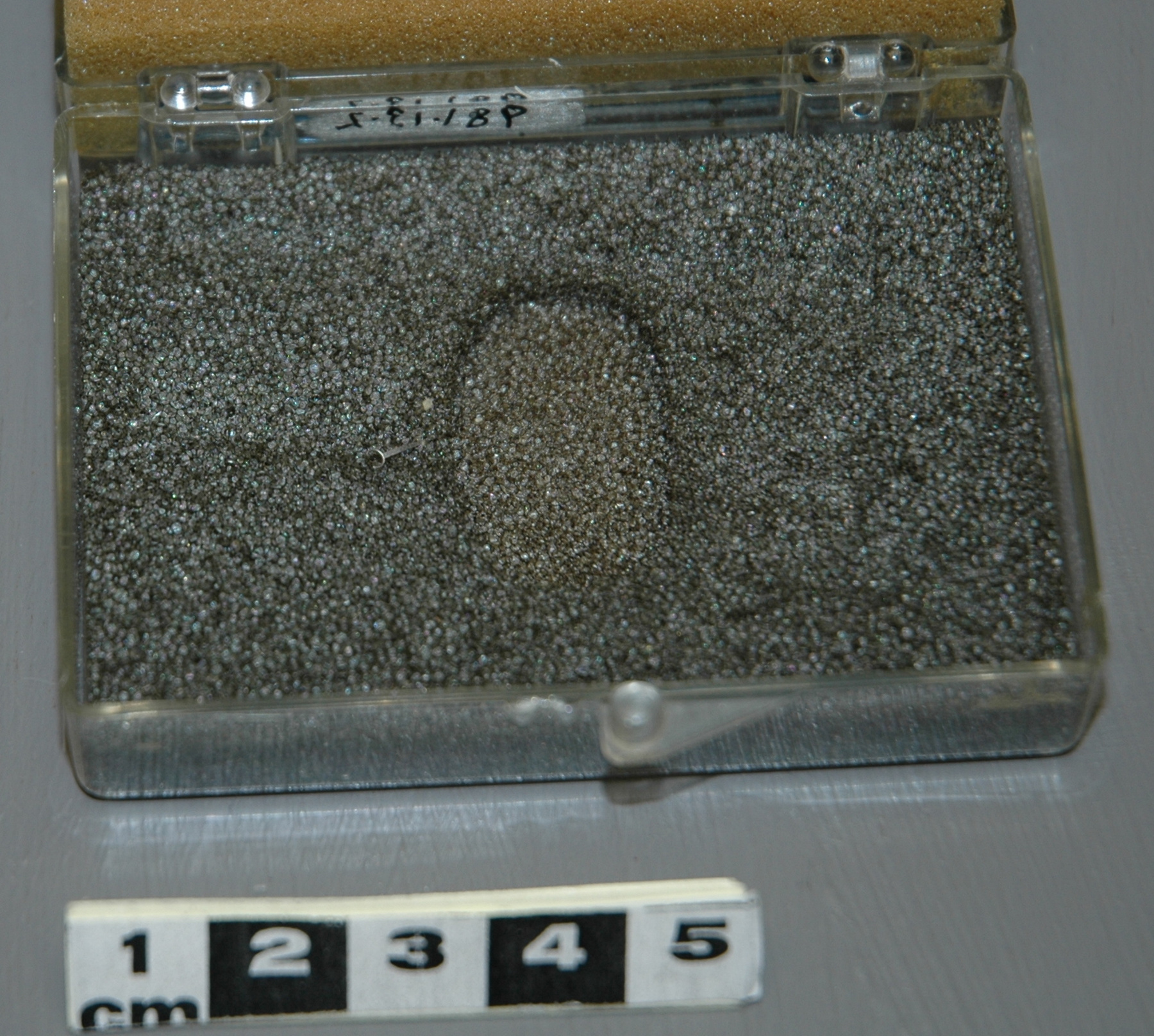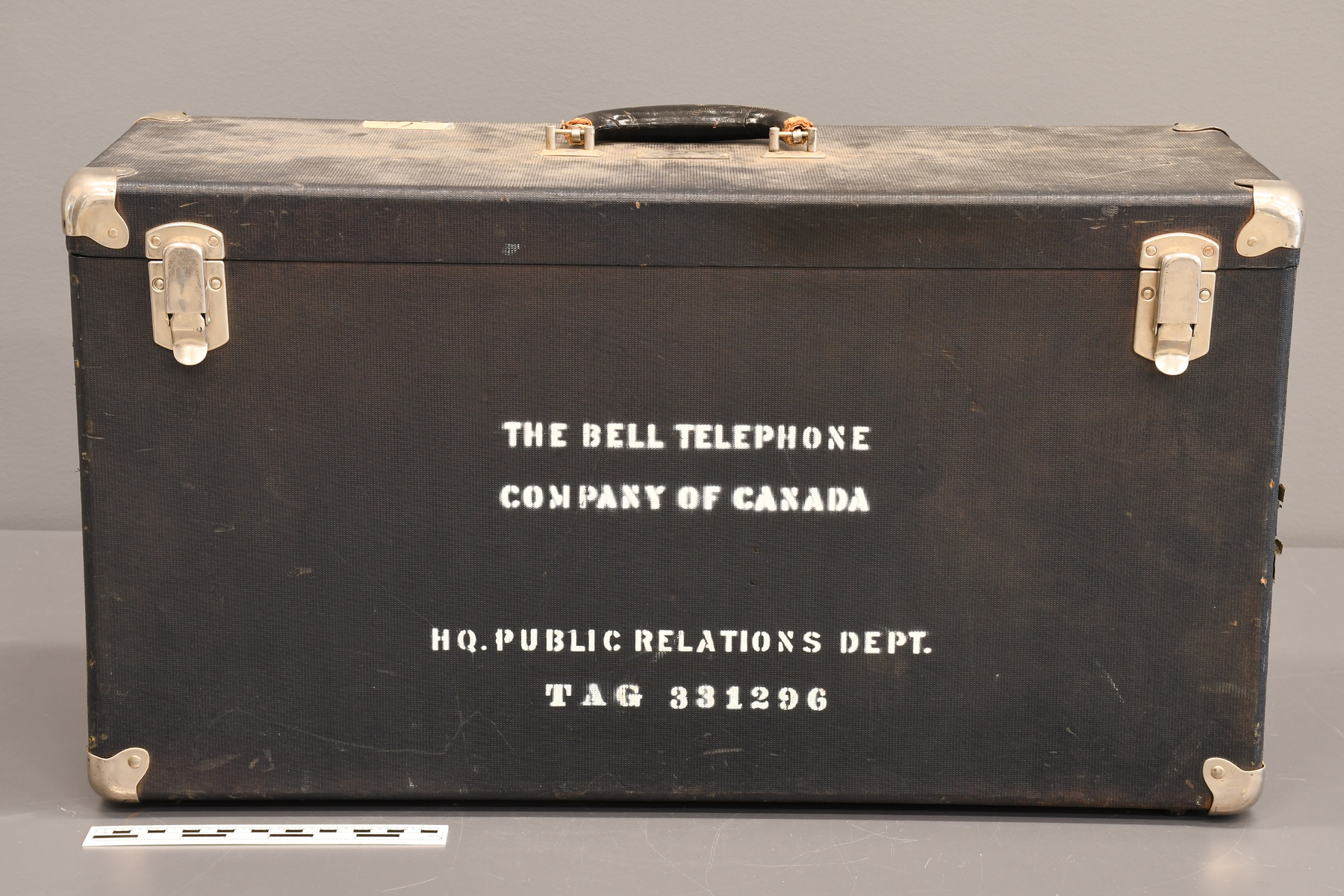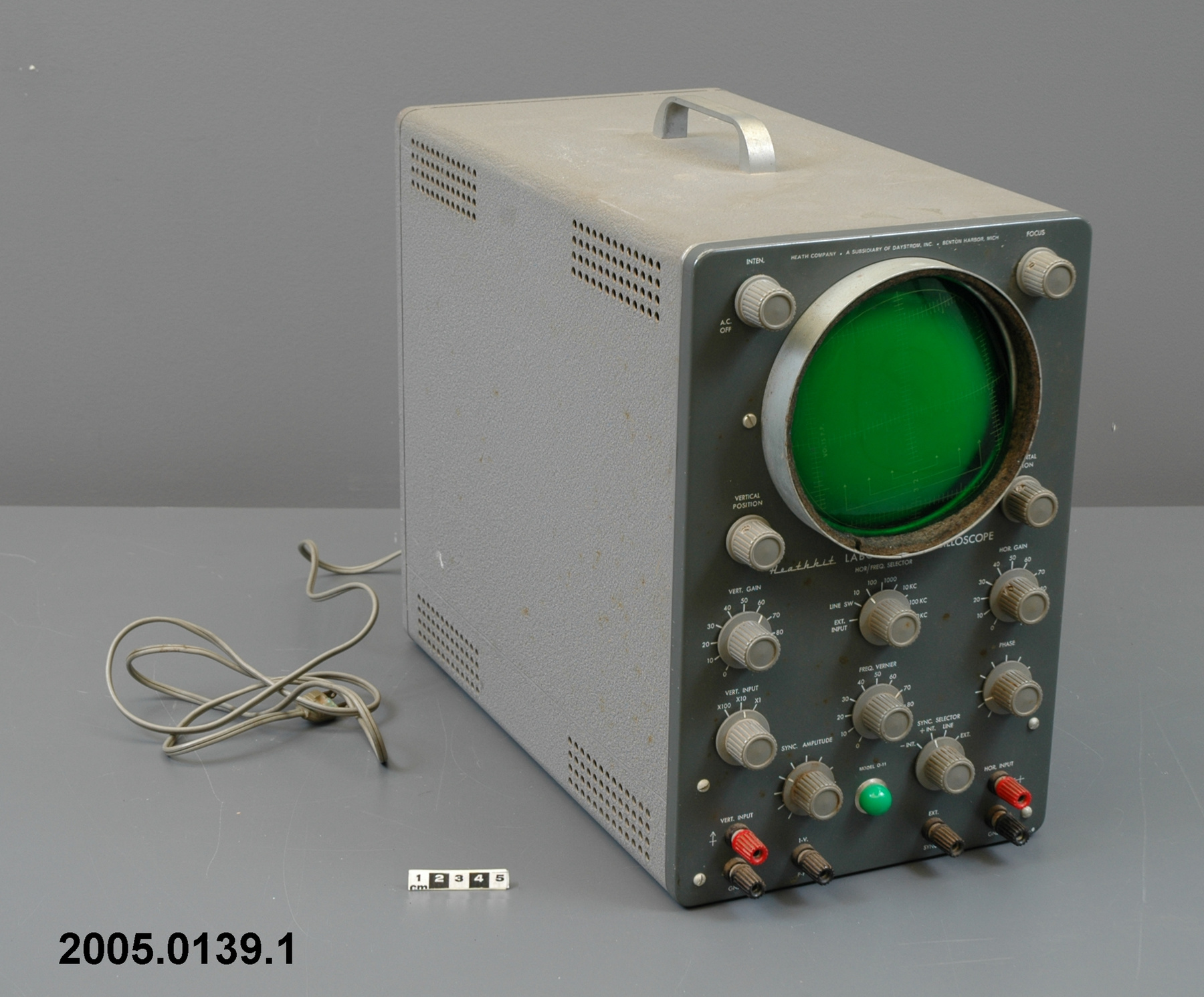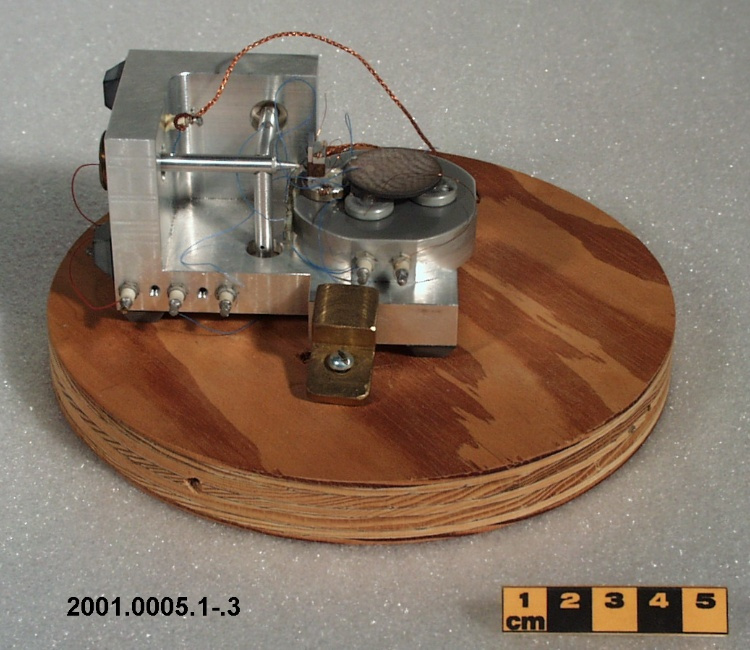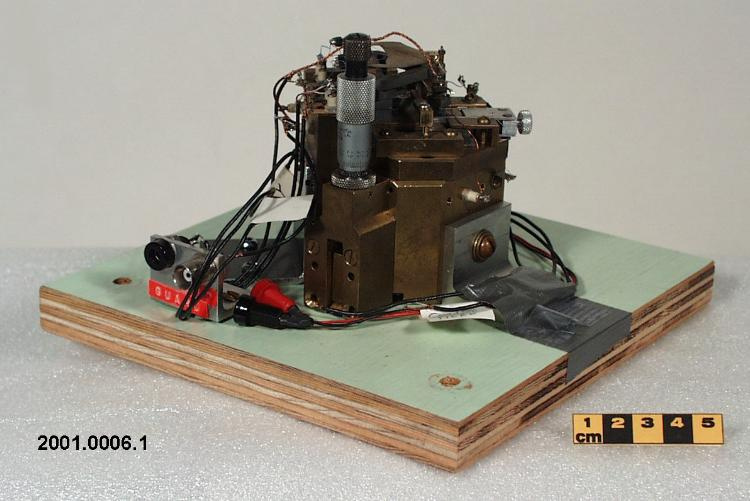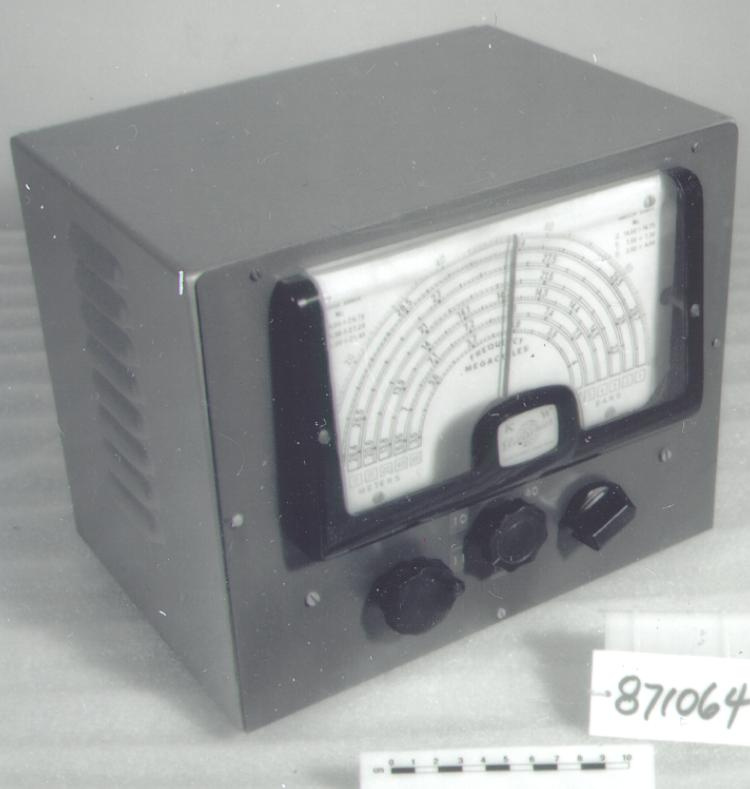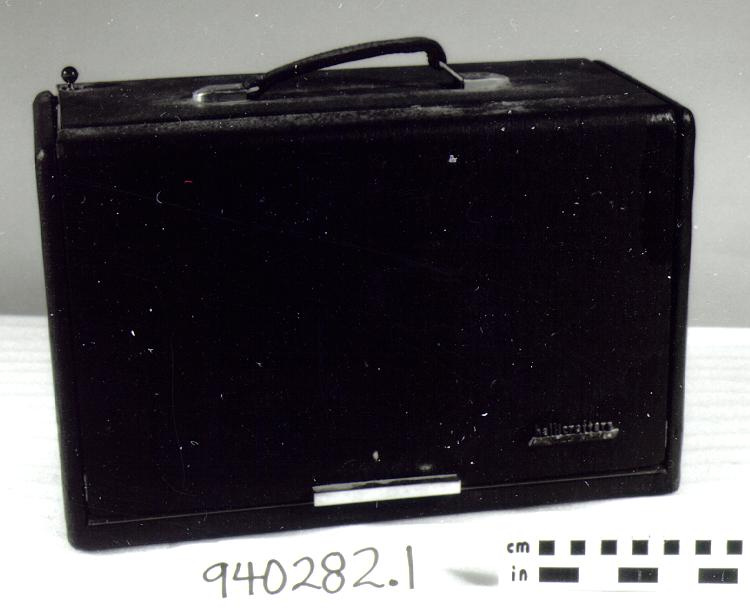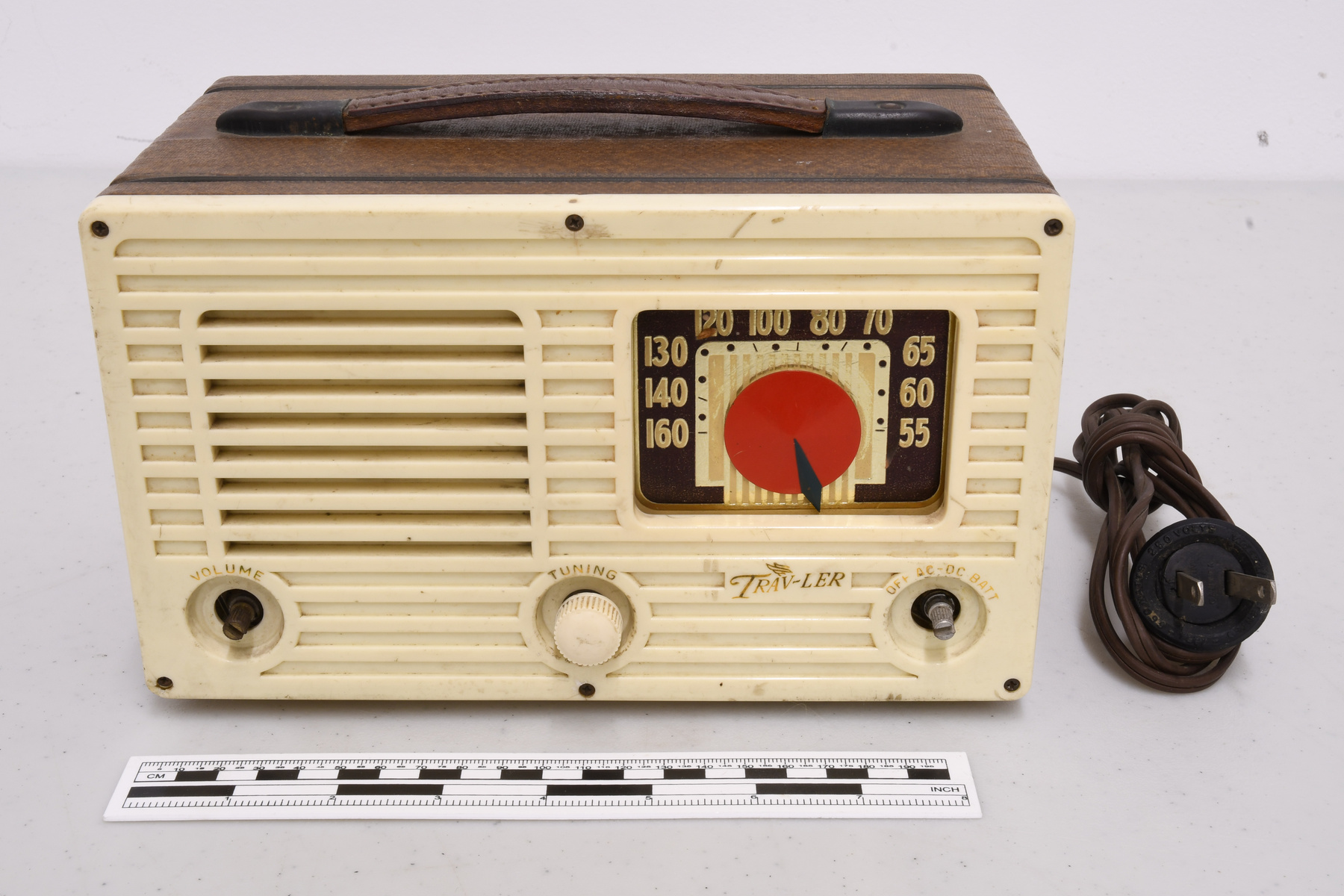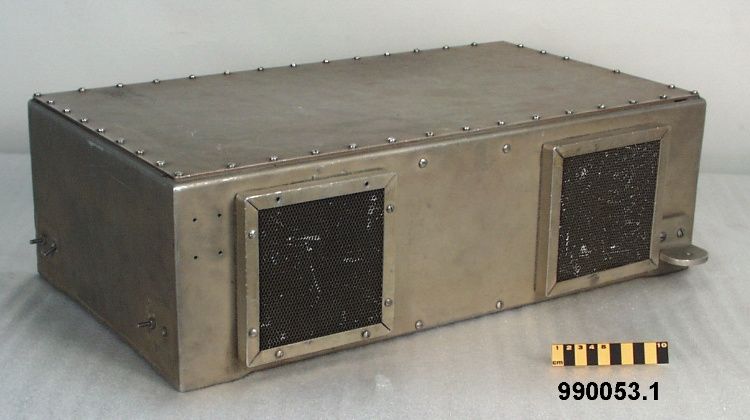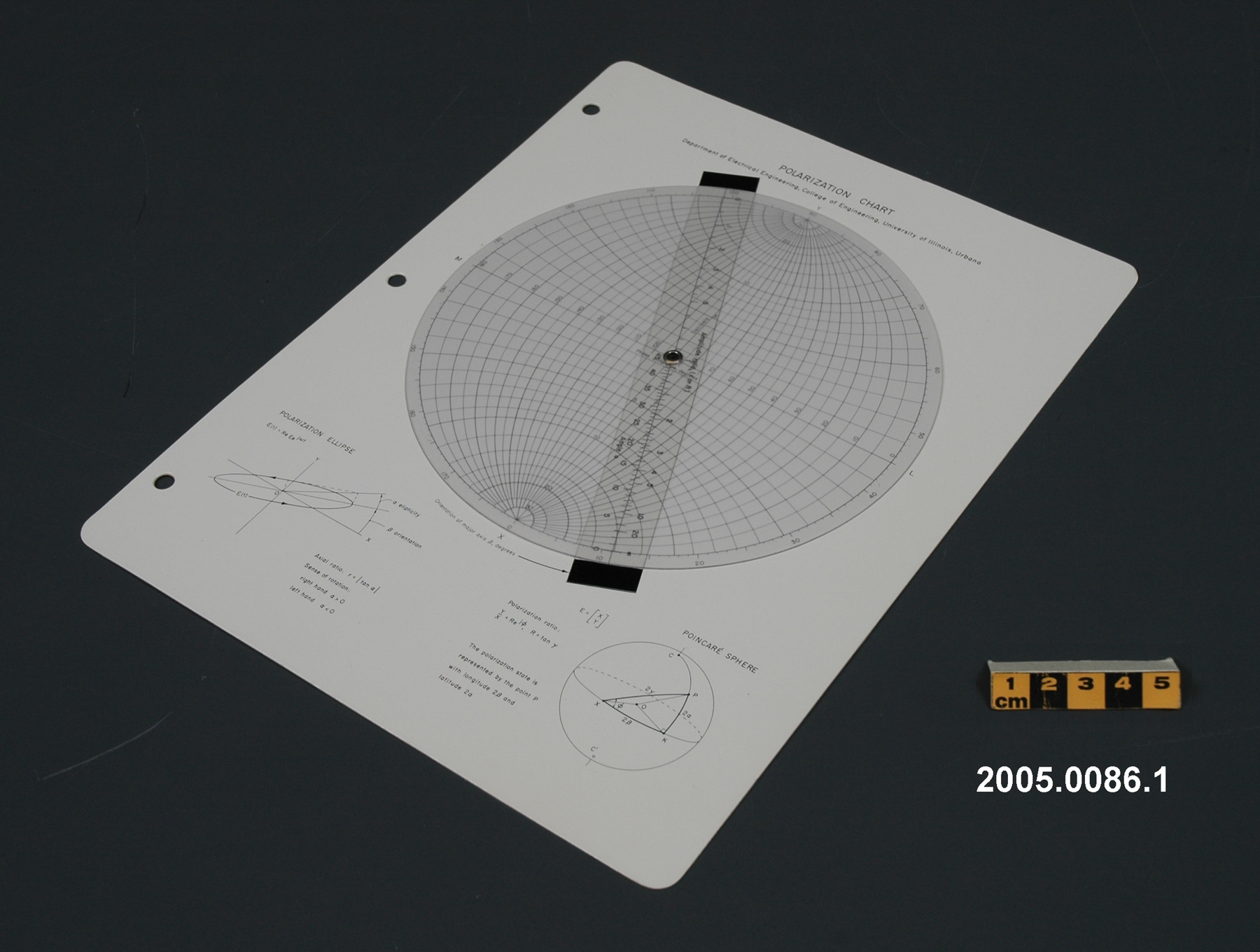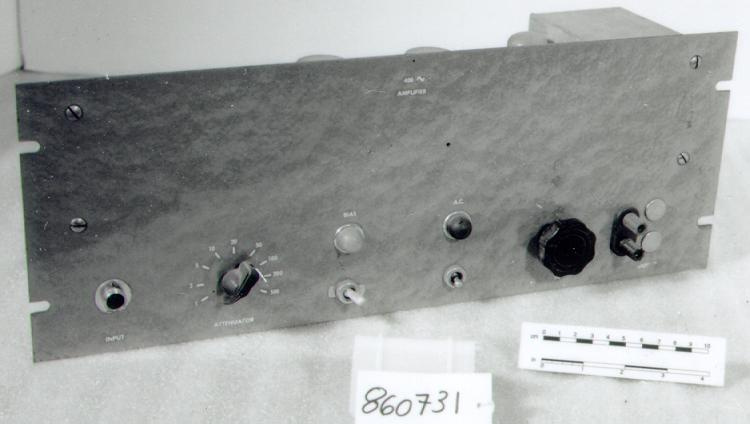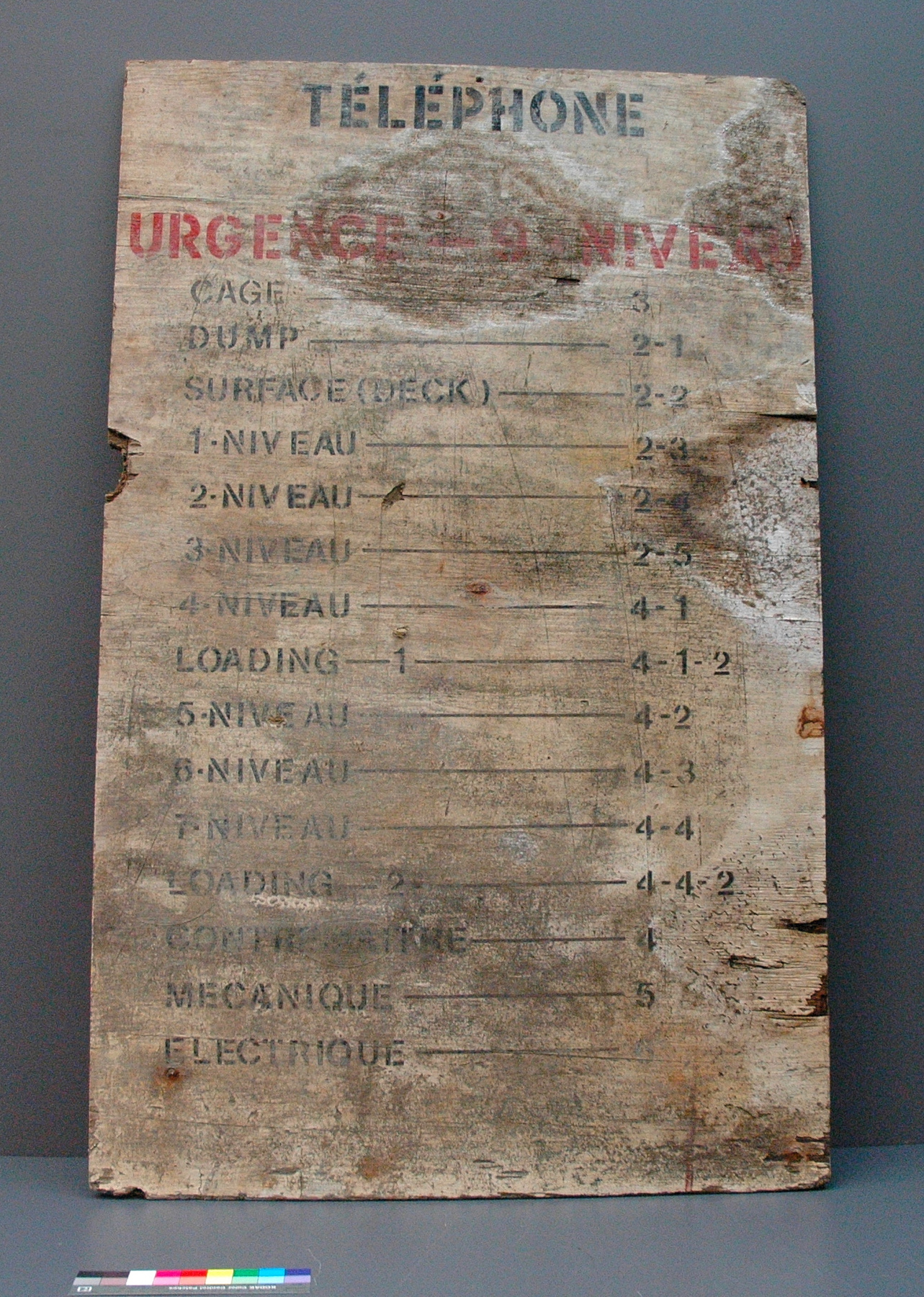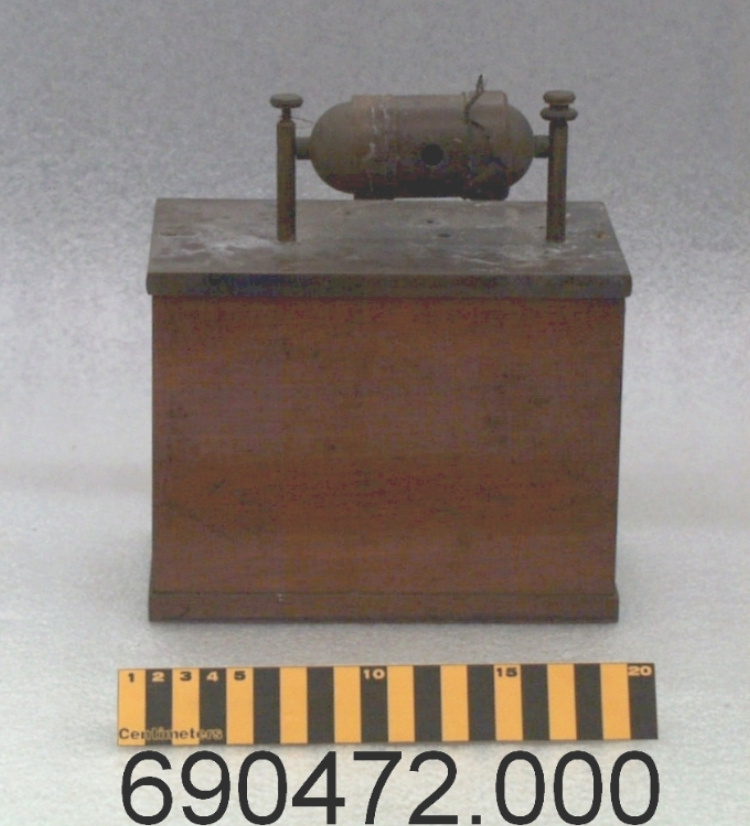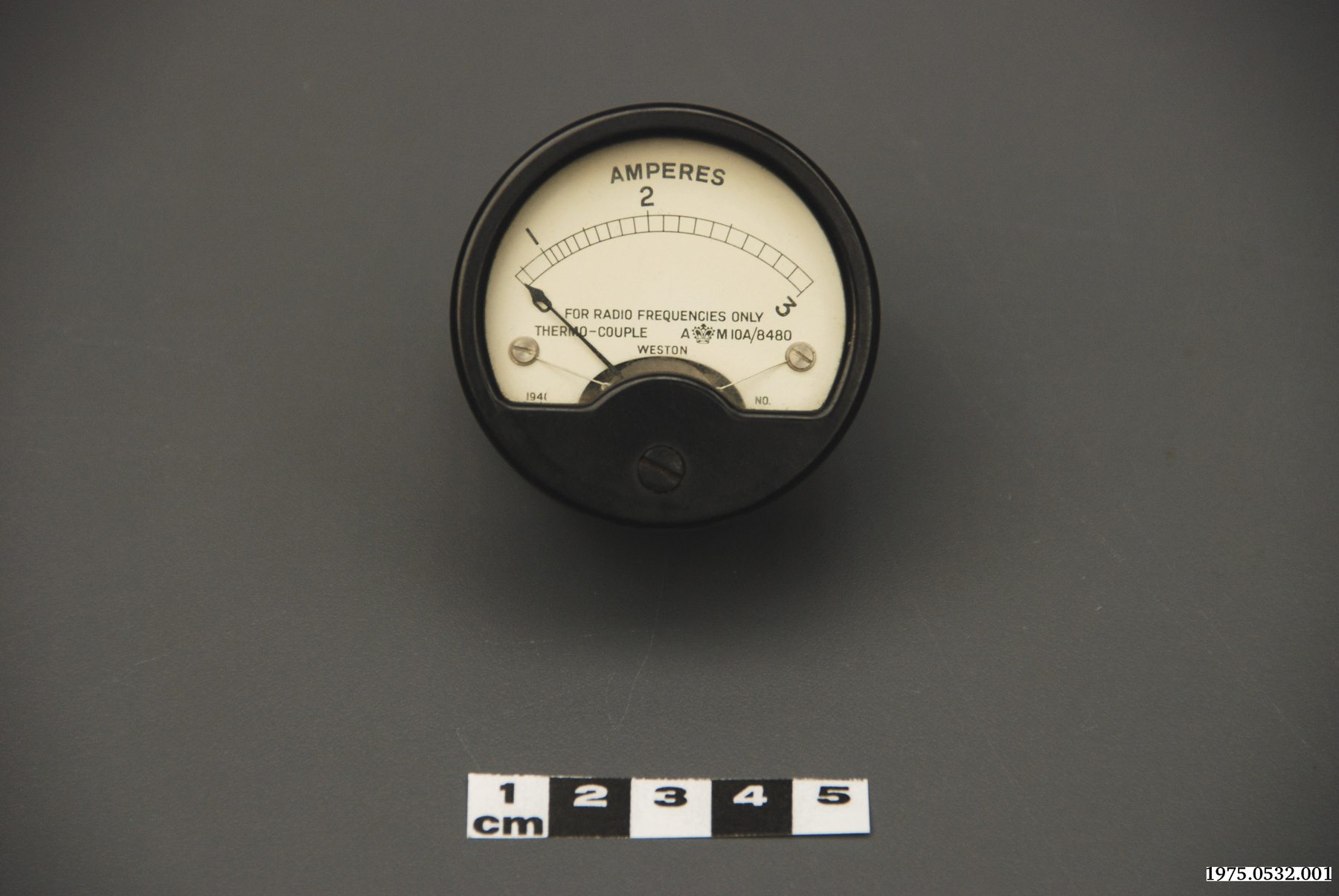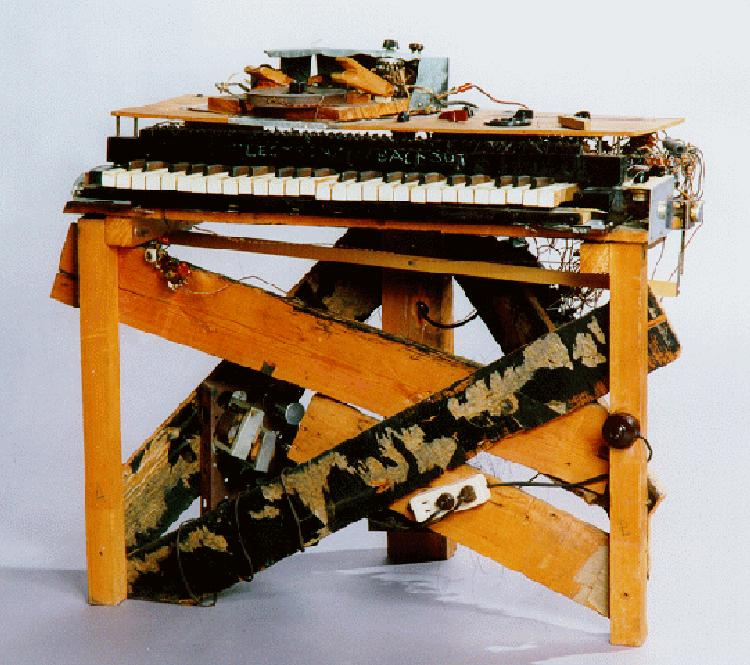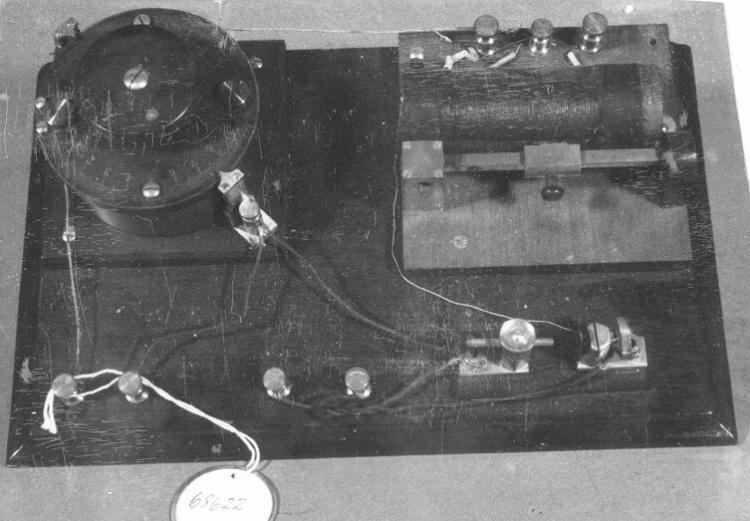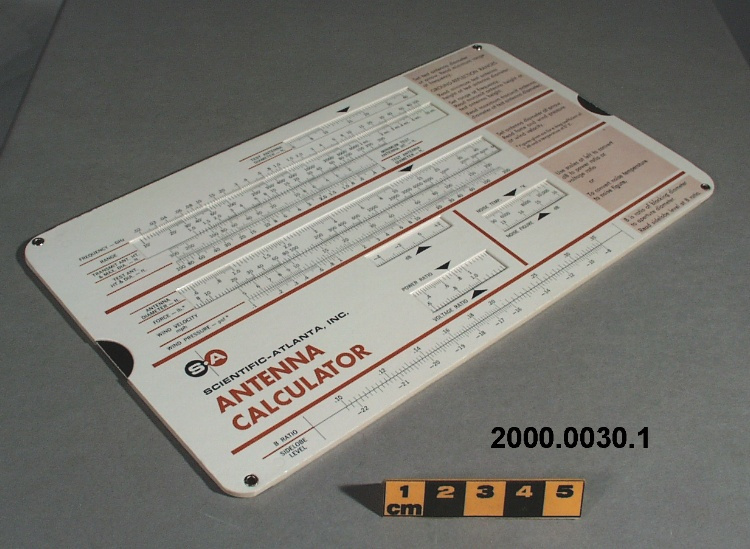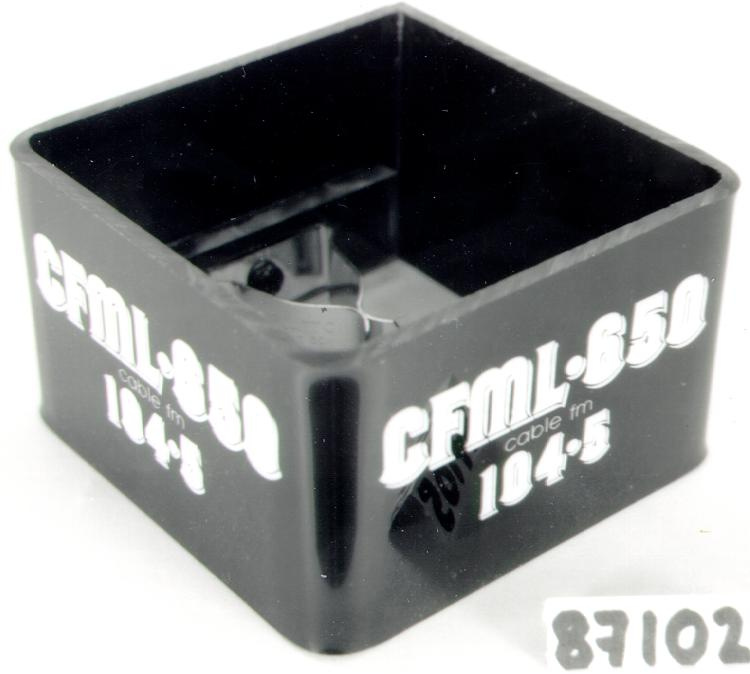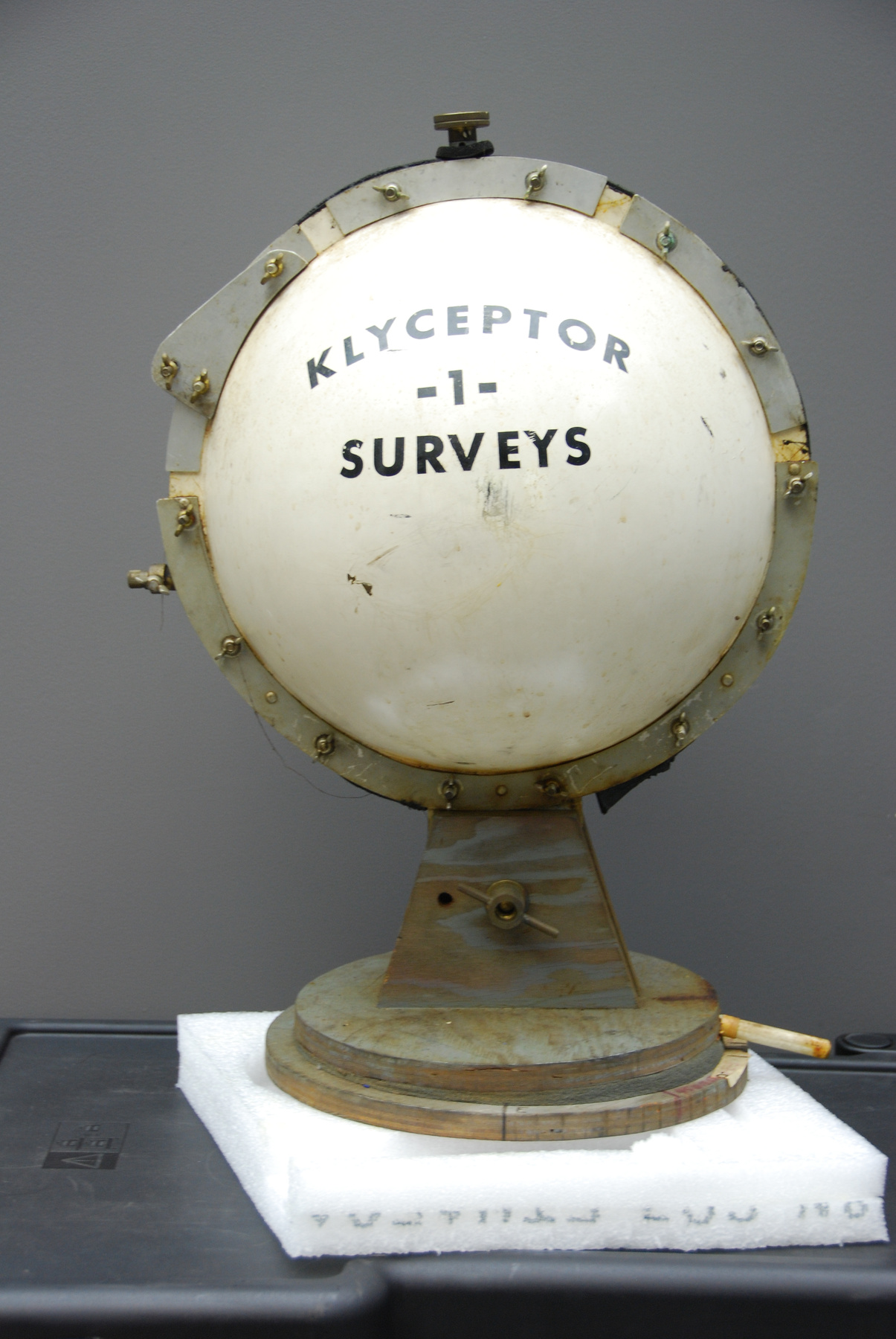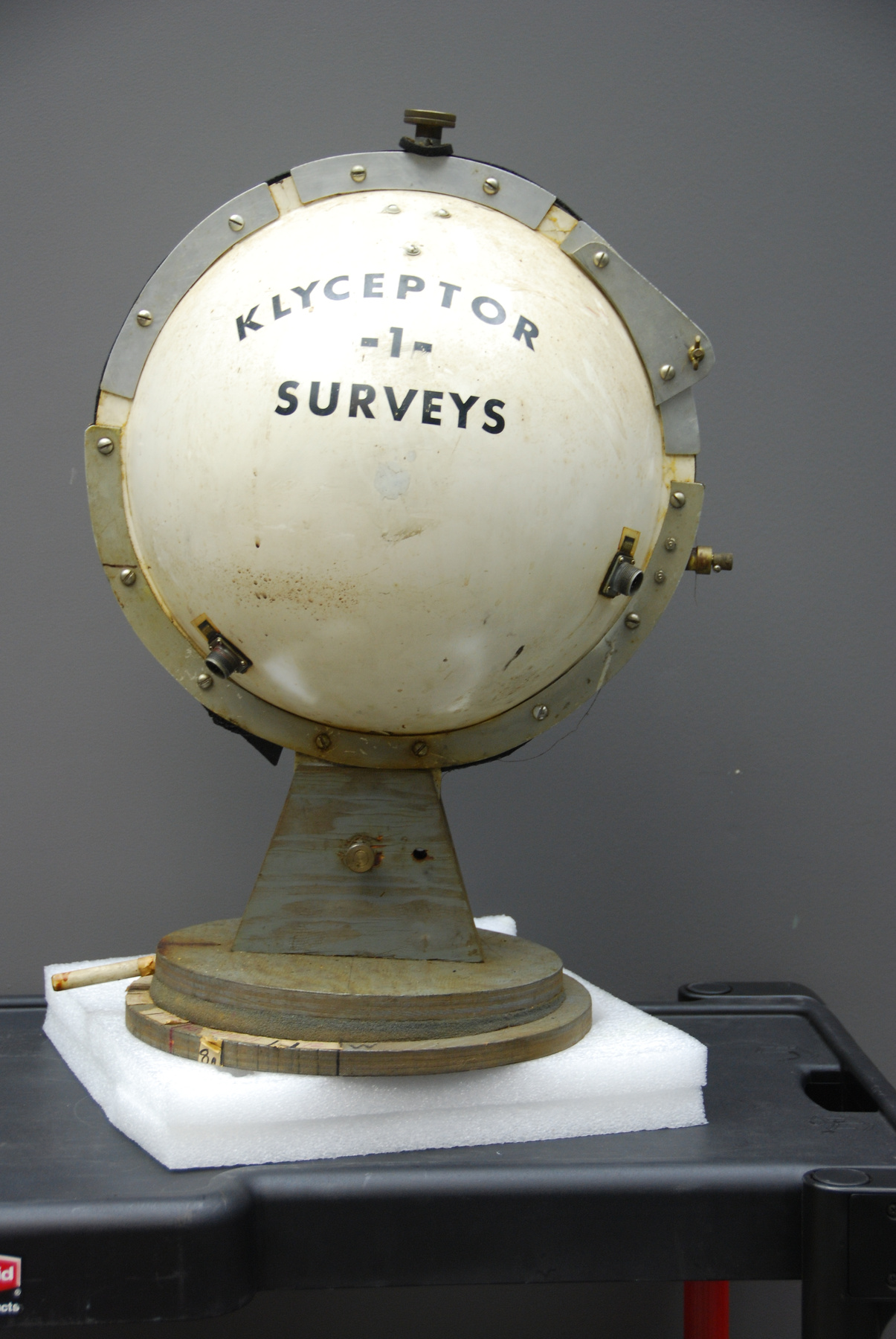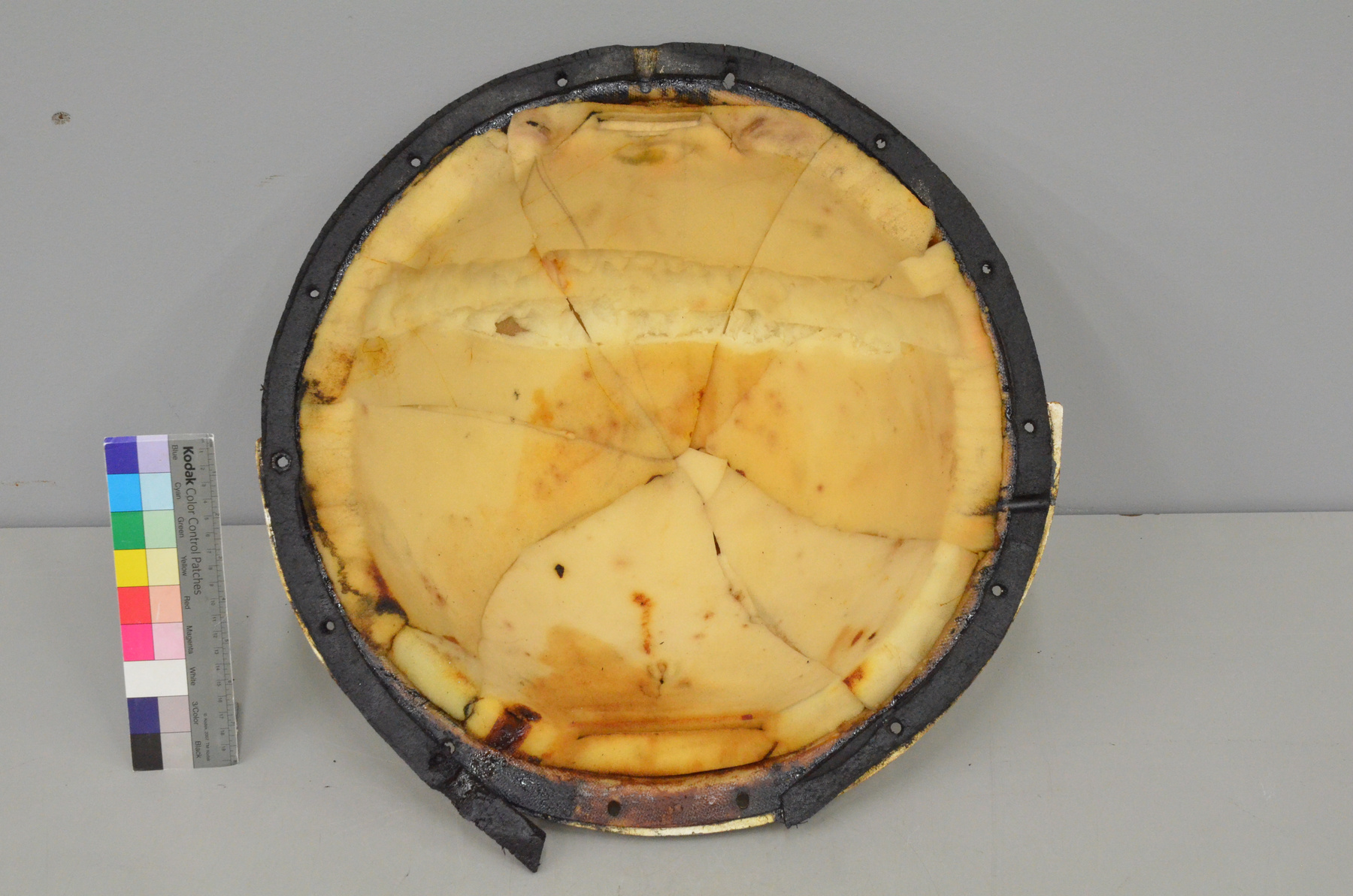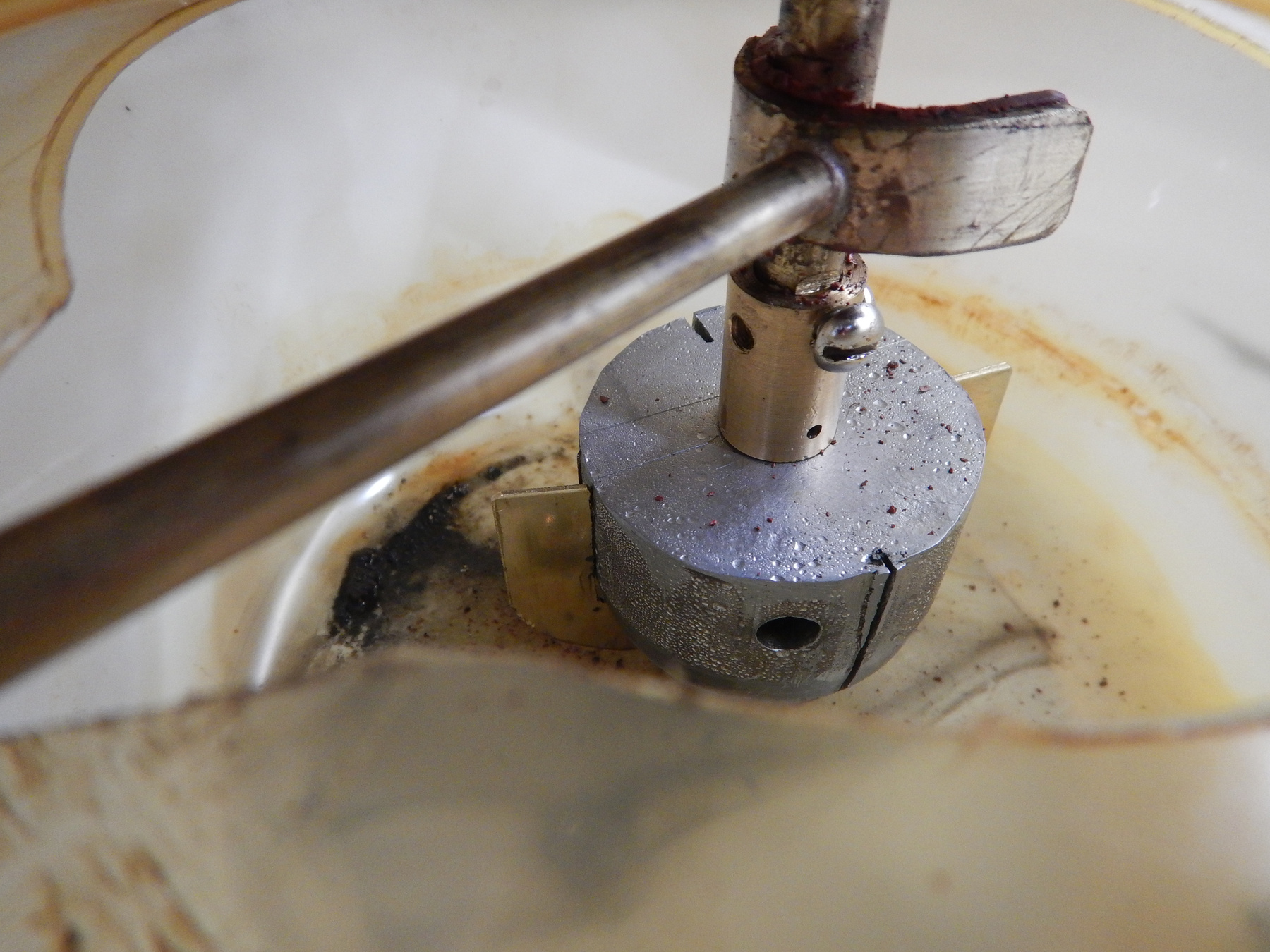Magnétomètre
Utiliser cette image
Puis-je réutiliser cette image sans autorisation? Oui
Les images sur le portail de la collection d’Ingenium ont la licence Creative Commons suivante :
Copyright Ingenium / CC BY-NC-ND (Attribution-NonCommercial 4.0 International (CC BY-NC 4.0)
ATTRIBUER CETTE IMAGE
Ingenium,
2007.0278.001
Permalien:
Ingenium diffuse cette image sous le cadre de licence Creative Commons et encourage son téléchargement et sa réutilisation à des fins non commerciales. Veuillez mentionner Ingenium et citer le numéro de l’artefact.
TÉLÉCHARGER L’IMAGEACHETER CETTE IMAGE
Cette image peut être utilisée gratuitement pour des fins non commerciales.
Pour un usage commercial, veuillez consulter nos frais de reproduction et communiquer avec nous pour acheter l’image.
- TYPE D’OBJET
- S/O
- DATE
- 1960
- NUMÉRO DE L’ARTEFACT
- 2007.0278.001
- FABRICANT
- Klyceptor Surveys
- MODÈLE
- 1
- EMPLACEMENT
- Inconnu
Plus d’information
Renseignements généraux
- Nº de série
- S/O
- Nº de partie
- 1
- Nombre total de parties
- 1
- Ou
- S/O
- Brevets
- S/O
- Description générale
- Fibreglass sphere with foam and metal brackets and screws. Wood and foam base.
Dimensions
Remarque : Cette information reflète la taille générale pour l’entreposage et ne représente pas nécessairement les véritables dimensions de l’objet.
- Longueur
- 47,0 cm
- Largeur
- 37,0 cm
- Hauteur
- 80,0 cm
- Épaisseur
- S/O
- Poids
- S/O
- Diamètre
- S/O
- Volume
- S/O
Lexique
- Groupe
- Mines et métallurgie
- Catégorie
- Exploration minière
- Sous-catégorie
- S/O
Fabricant
- Ou
- Klyceptor
- Pays
- Inconnu
- État/province
- Inconnu
- Ville
- Inconnu
Contexte
- Pays
- Inconnu
- État/province
- Inconnu
- Période
- 1960s
- Canada
-
Taken from Ref #1: Donald Lewes Hings (1907-2004) was an important Canadian inventor, a self-taught electrical engineer, and a geophysicist. He started his career at the Consolidated Mining and Smelting Company, where he developed the two-way, air to ground communication network for mining exploration, used in the Yukon, NWT and BC. Because of his expertise in the designing of radio communication instruments, in 1940 Hings was assigned to work in Ottawa with NRC, Signal Corps to develop military communication technologies. His best-know invention from that period is a walkie-talkie. After the war, Hings saw an opportunity to commercialize his work. In 1946 he acquired land in Burnaby and built a family home surrounded by radar sheds, radio towers, electronic shops, and laboratories, which housed his company, the Electronic Laboratories of Canada. Over time, Hings sold the rest of the land to his employees and a small community of electronic scientist occupied the Capitol Hill, Burnaby. Donald L. Hings was the President and the Chief Engineer of the Electronic Laboratories of Canada. ELC benefited from his expertise gained at NRC, and from his contacts within the government, research communities and industry. The company worked for the Department of National Defence on prototypes of various electronic equipments, including nuclear bomb detectors. The ELC also conducted geophysical oil surveys across Canada. It trained and supplied crews for oil and mining companies; developed extra-sensitive geomagnetic instrumentation, and provided consulting and data interpretation. ELC was involved in pulp and paper industry and environmental research. It developed centrifuge prototypes used by Kamyr to separate black liquors from pulp, and designed instruments for measuring long-range air pollution. A division of ELC, the B.C. Marine Plastics was engaged in materials R&D; it developed applications and prototype products made from reinforced fiberglass. For his achievements, Donald L. Hings was awarded the Order of Canada; he has been inducted to the Canadian Telecommunication Hall of Fame, and was one of the nominees for the Canadian Science and Engineering Hall of Fame in 2004. In 2000 Donald was chosen as a symbol of the B.C. ingenuity, and was honoured in an ice sculpture submitted to the Snow Sculpture Contest in Ottawa by British Columbia. The sculpture won the "People's Choice Award." - Fonction
-
Used for detecting magnetic anomalies and for exploring the earth's surface for mineral deposits. - Technique
-
Taken from Ref #1: The material offered to the Museum is a result of Mr. Hings' professional activities. It contains information on and prototypes of Mr. Hings’ inventions, and documents his work at the Electronic Laboratories of Canada. Throughout his career, Donald Hings patented some 60 inventions, most of which went into production and were used around the world. He is best known as an inventor of the walkie-talkie. The earliest versions of this device were designed as portable field radios for the bush pilots of Consolidated Mining and Smelting Co. (Cominco), who had to fly their planes between remote sites in the far north of Canada. The first walkie-talkie was built by Hings in 1937, and was simply a two way radio. World War II gave a great impetus to the development of the technology. During this time Mr. Hings was assigned to work on the military applications of the walkie-talkie at the NRC in Ottawa. Hings developed various models of portable radios; model C58 Pack Set was the most successful, and sent to troops overseas. Mr. Hings made various versions of the walkie-talkie, models adapted to use in different weather, portable, and tank-mounted. During the war around 18,000 sets were produced and used by the army. For his service, Mr. Hings was made a Member of the Order of the British Empire in 1946. The donation includes later versions of the walkie-talkie and original documentation related to the development and patents for this type of radio. Along the radio receivers and transmitters, Mr. Hings designed portable power supply that would be reliable in battlefields, and several types of antennas that would allow better reception during battles; he also developed devices to reduce the noise in transmissions that were conducted among falling bombs and gun fire. The prototypes for the power supply, antennas and the noise reducer are among the donated artifacts, and archival material contains documentation for these inventions. After the war, Hings continued his work at the Electronic Laboratories of Canada, which he established in 1942. The company was very successful; it focused on the research in communications, electronics, geophysics, plastics and pollutants. Mr. Hings work at ELC resulted in over 50 patents, for equipment such as motors, ground transmitters, amplifiers, omnipole antennas, airborne receivers, telluric transducer, geophysical detectors, and even an electronic piano. Hings’ inventions developed at the ELC, and the operations of the company are reflected in the prototypes, artifacts used by Donald in his work and archival documentation offered to the Museum. - Notes sur la région
-
Inconnu
Détails
- Marques
- Black print on both side of sphere reads "KLYCEPTOR/ -1-/ SURVEYS". Tape with embossed print above connector "HORIZ", and another on the other side reading "VERT". Handwritten number print around the base.
- Manque
- unknown
- Fini
- Round white fibreglass sphere which can be separated into two. Between the two sphere parts is dense black foam. Metal brackets and screws with butterfly nuts fasten the two halves together. There are two six prong connectors. The base is made of grey stained wood and incorporates a greyish piece of dense foam. Black print on sphere and tape with embossed print above connector. Around the circular base is masking tape with a handwritten number scale.
- Décoration
- S/O
FAIRE RÉFÉRENCE À CET OBJET
Si vous souhaitez publier de l’information sur cet objet de collection, veuillez indiquer ce qui suit :
Klyceptor Surveys, Magnétomètre, vers 1960, Numéro de l'artefact 2007.0278, Ingenium - Musées des sciences et de l'innovation du Canada, http://collections.ingeniumcanada.org/fr/id/2007.0278.001/
RÉTROACTION
Envoyer une question ou un commentaire sur cet artefact.
Plus comme ceci
